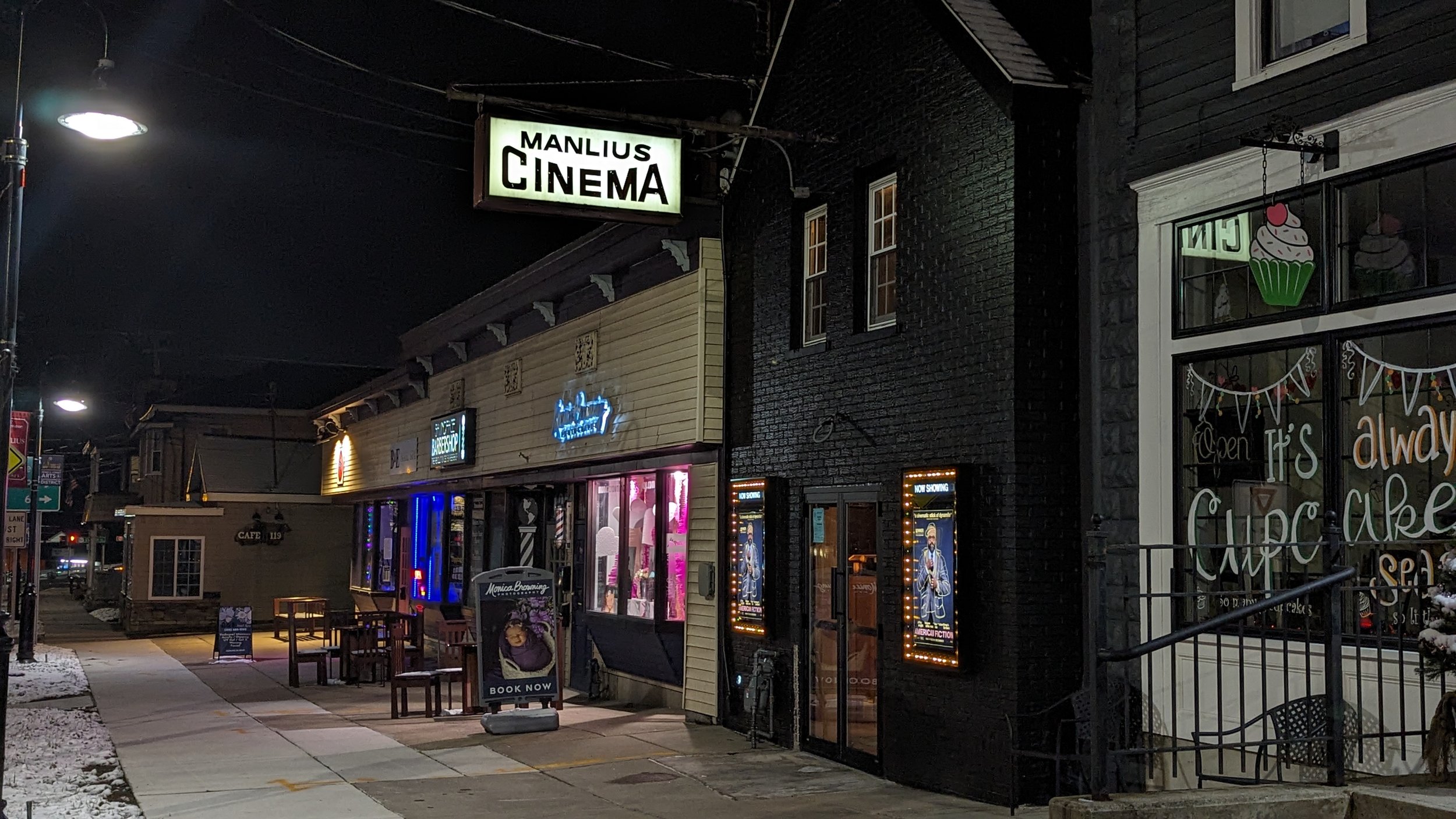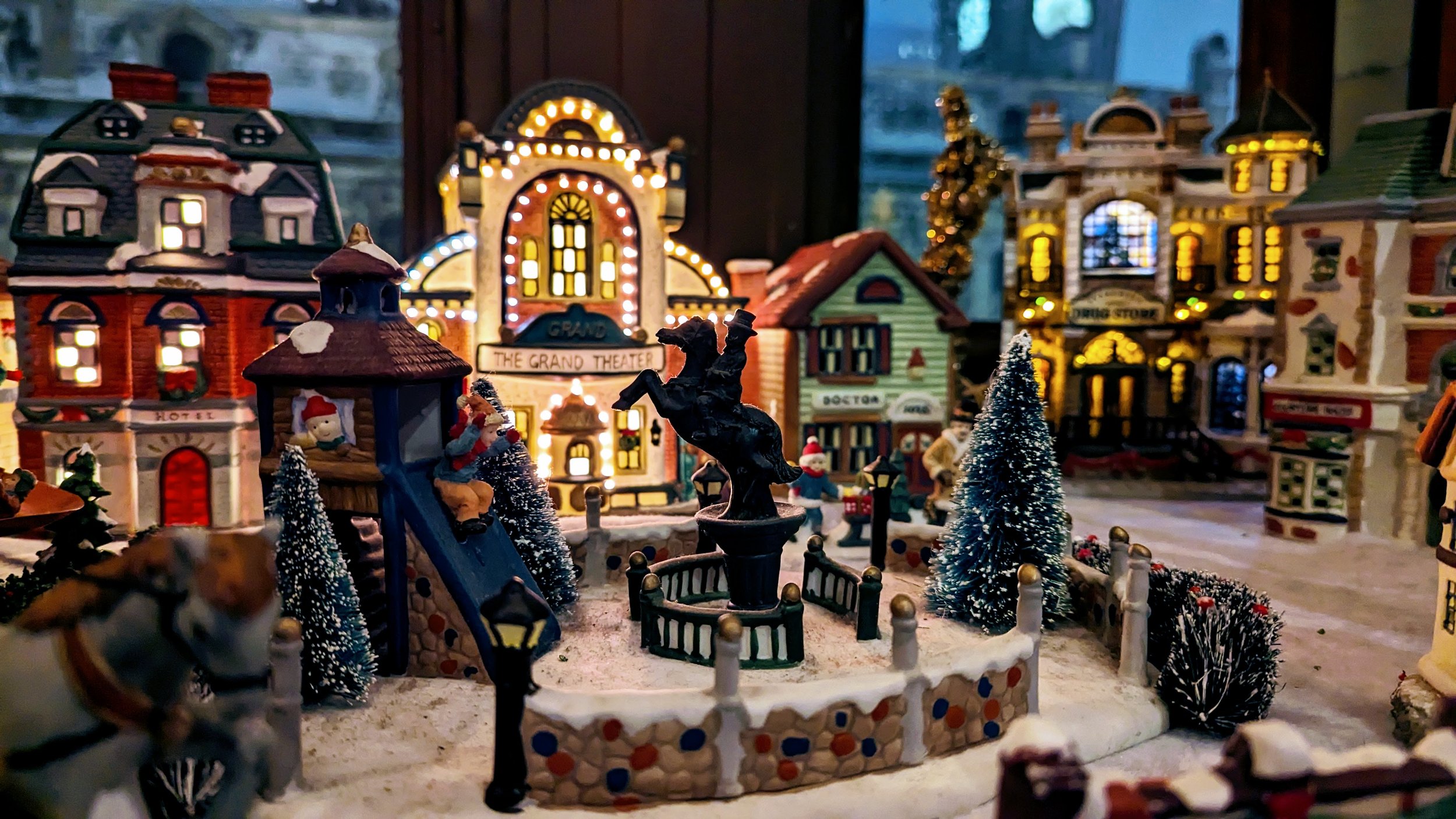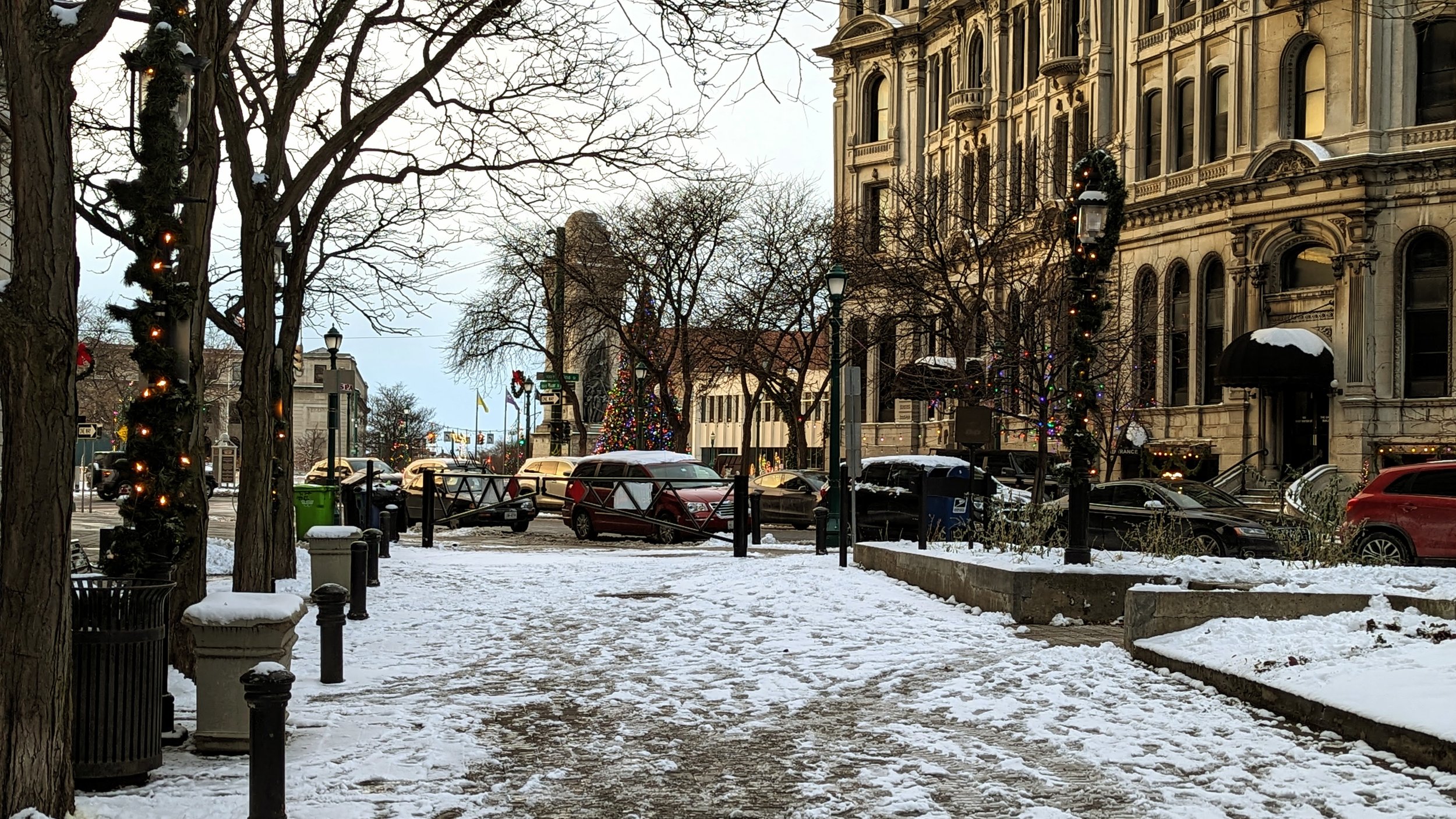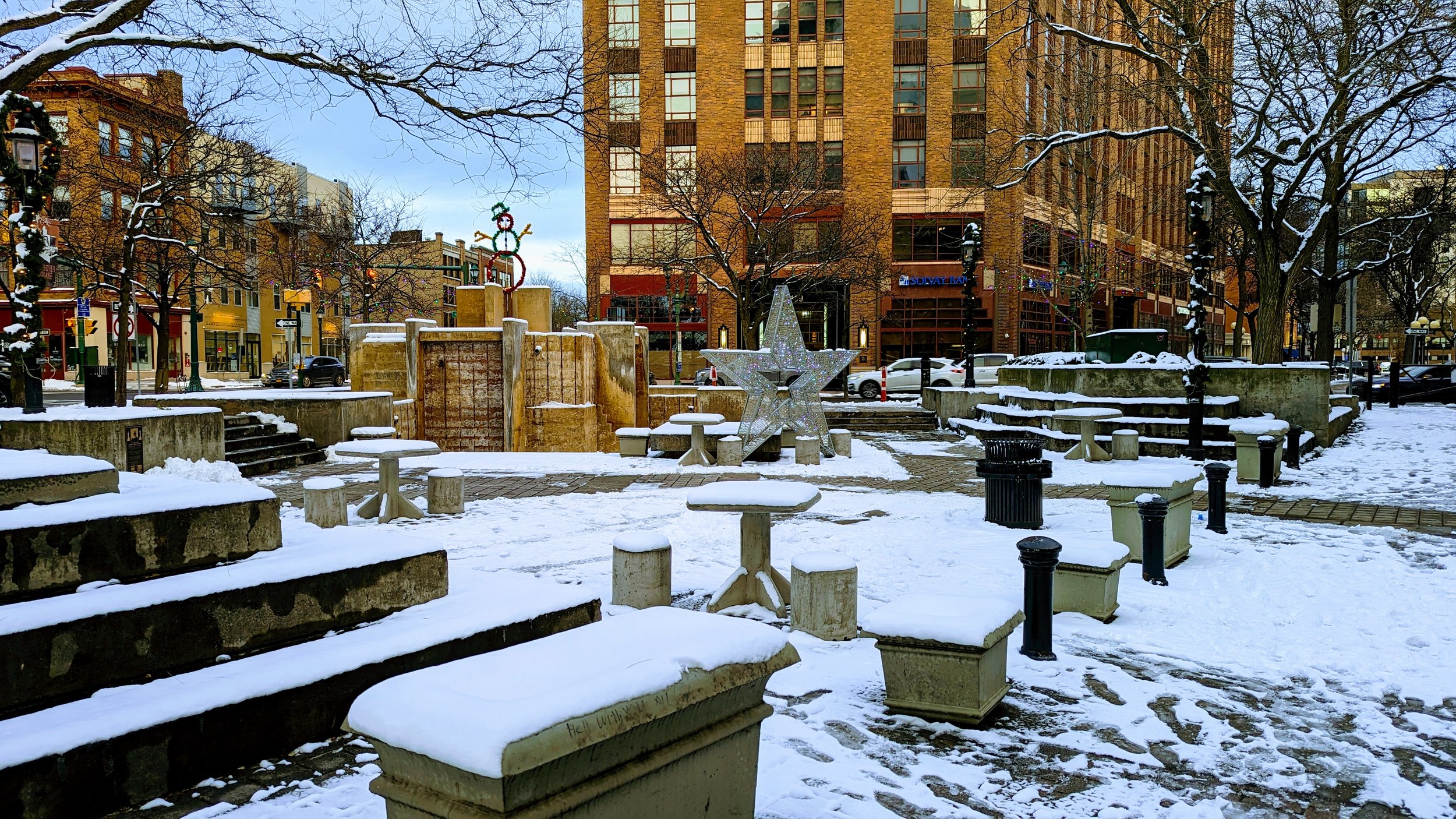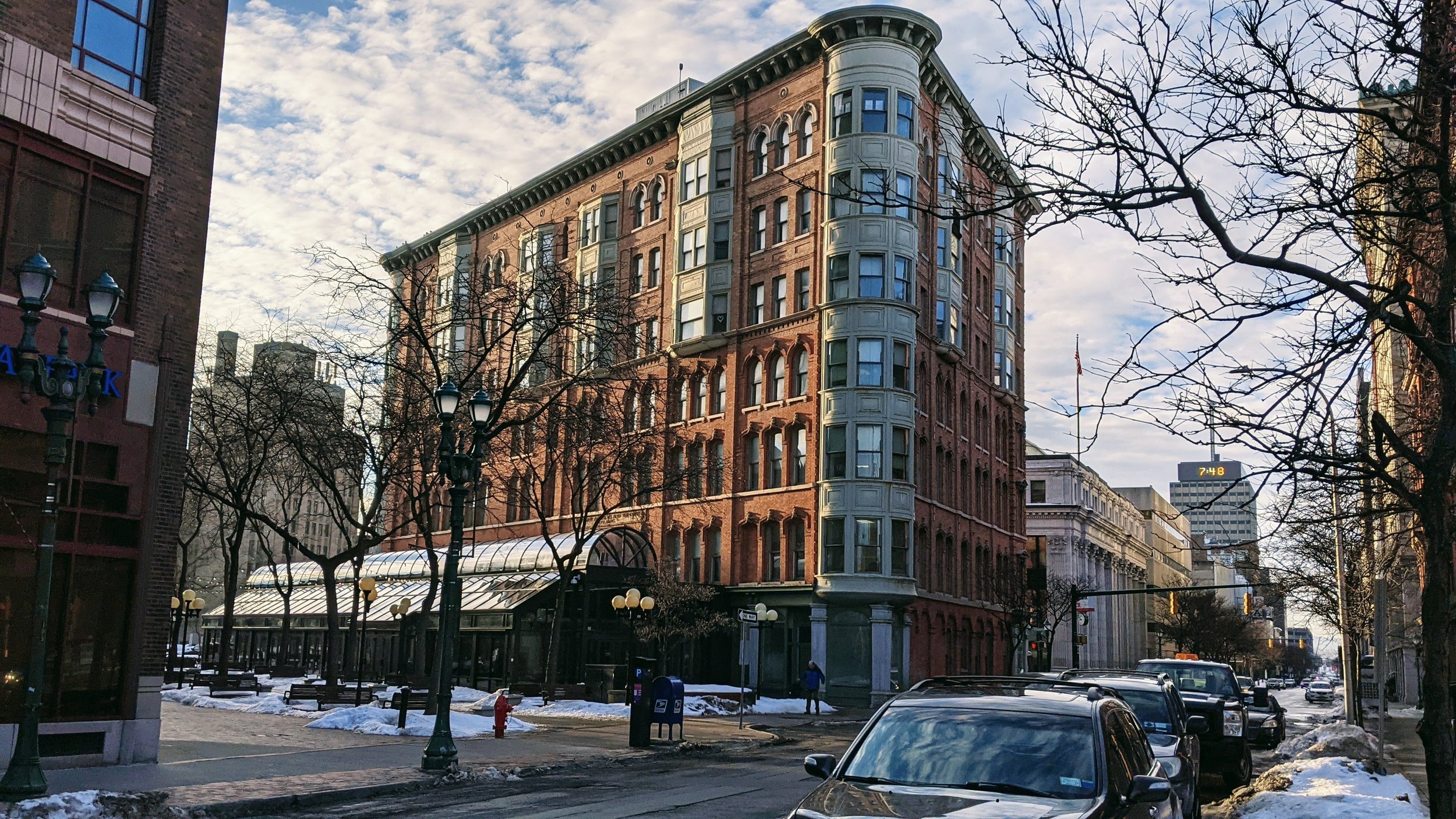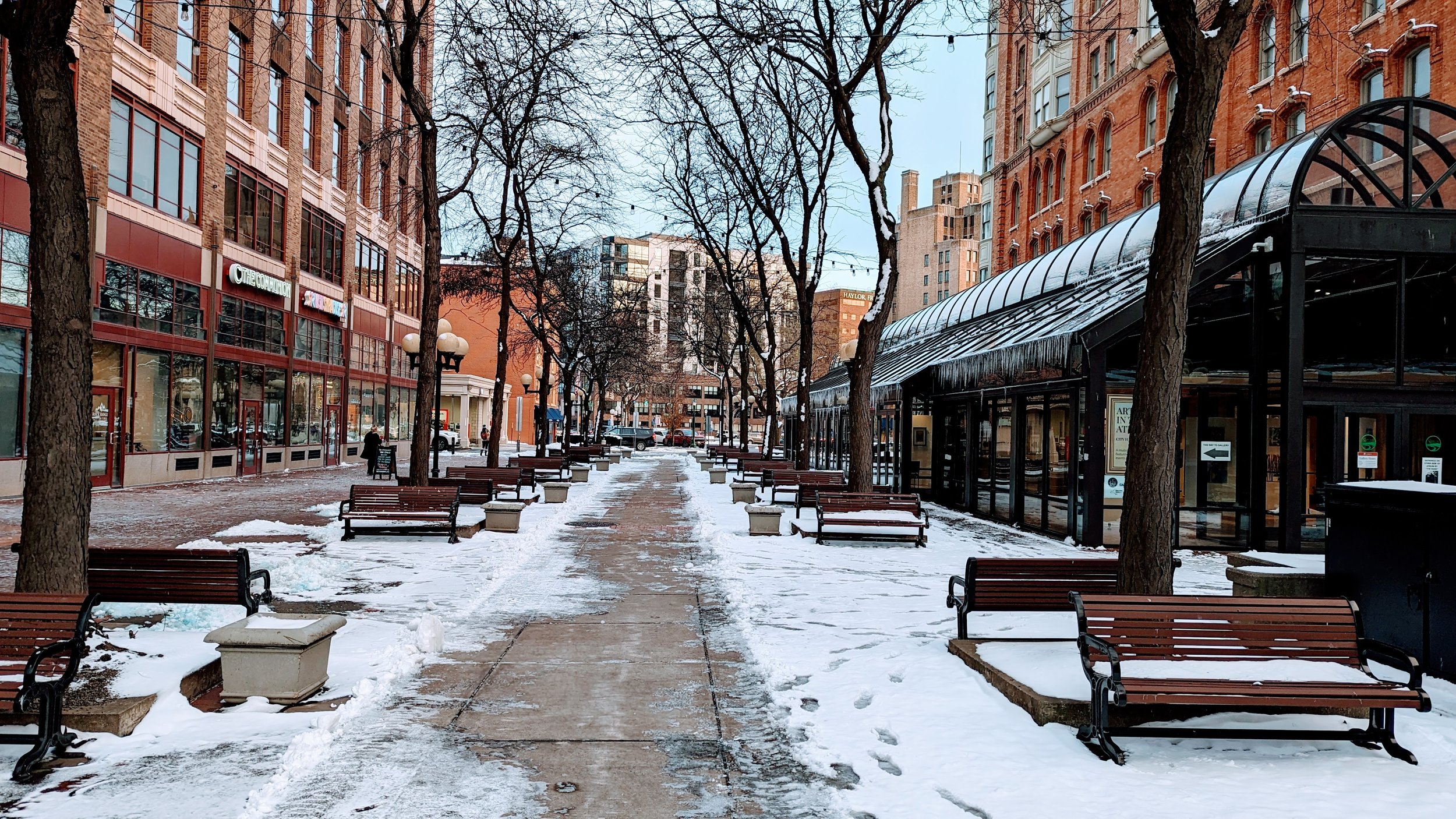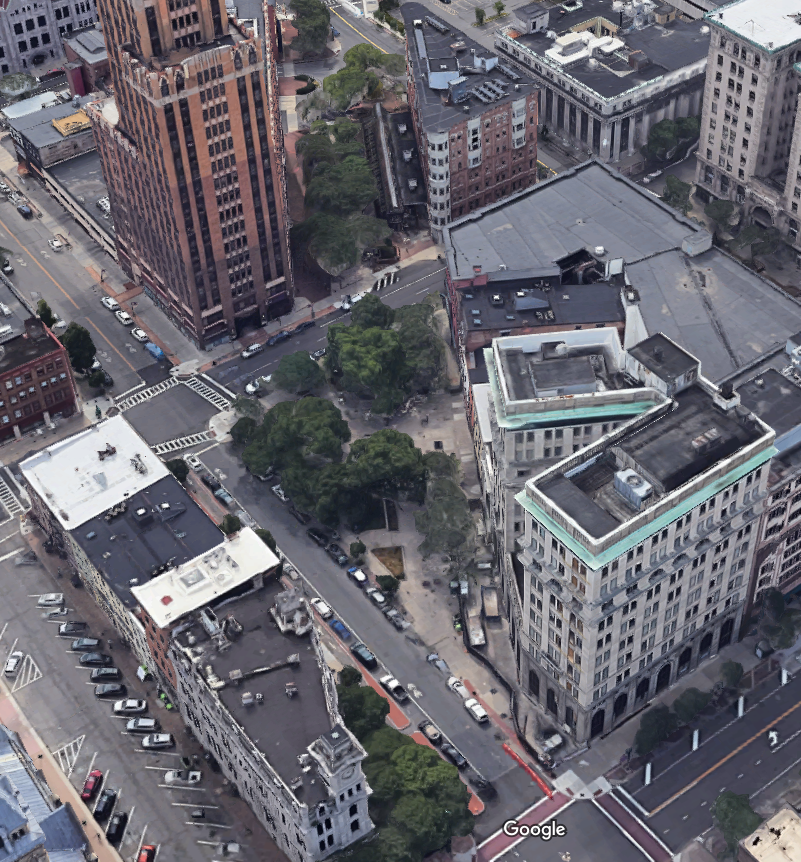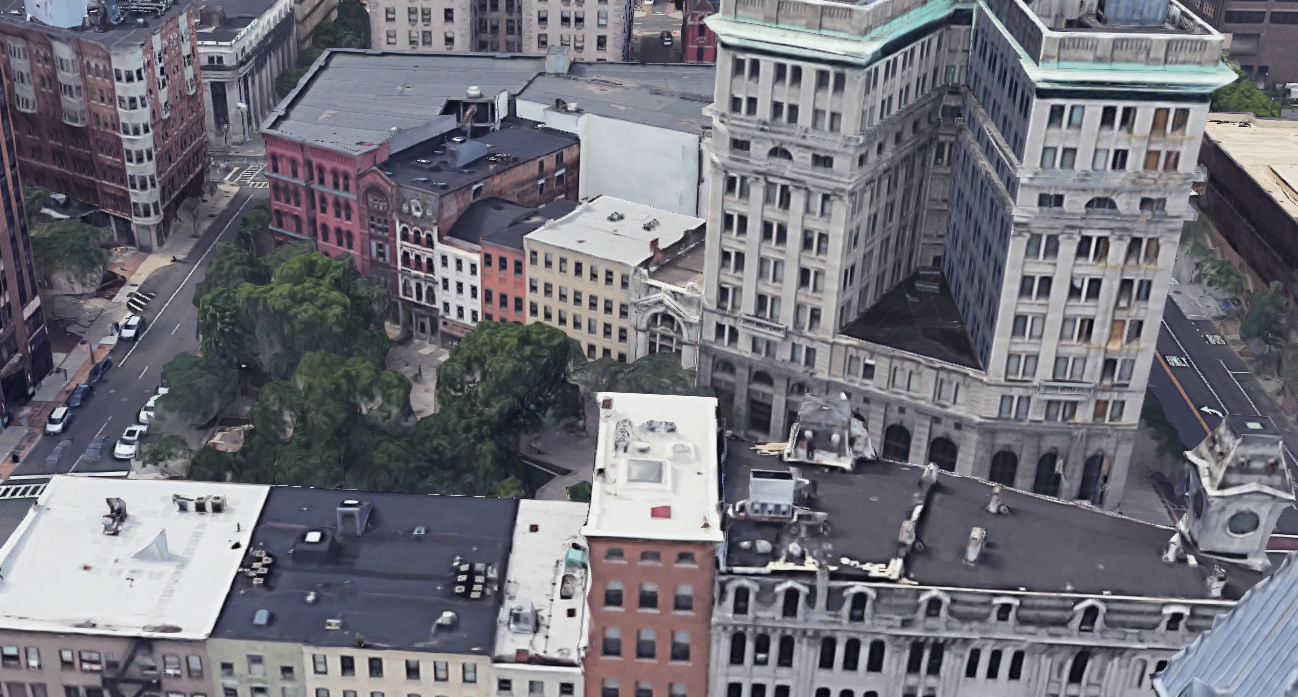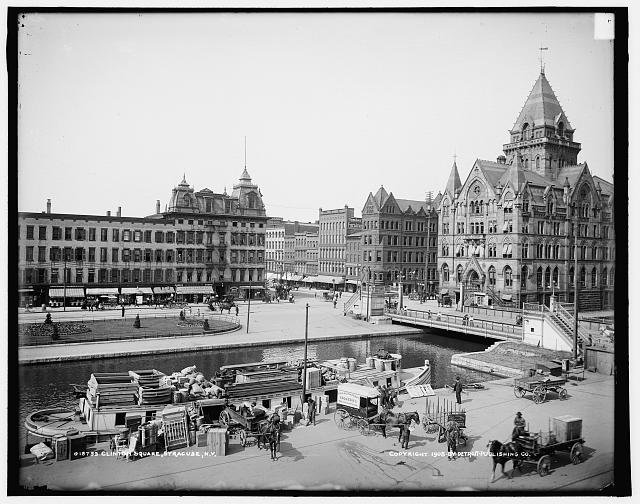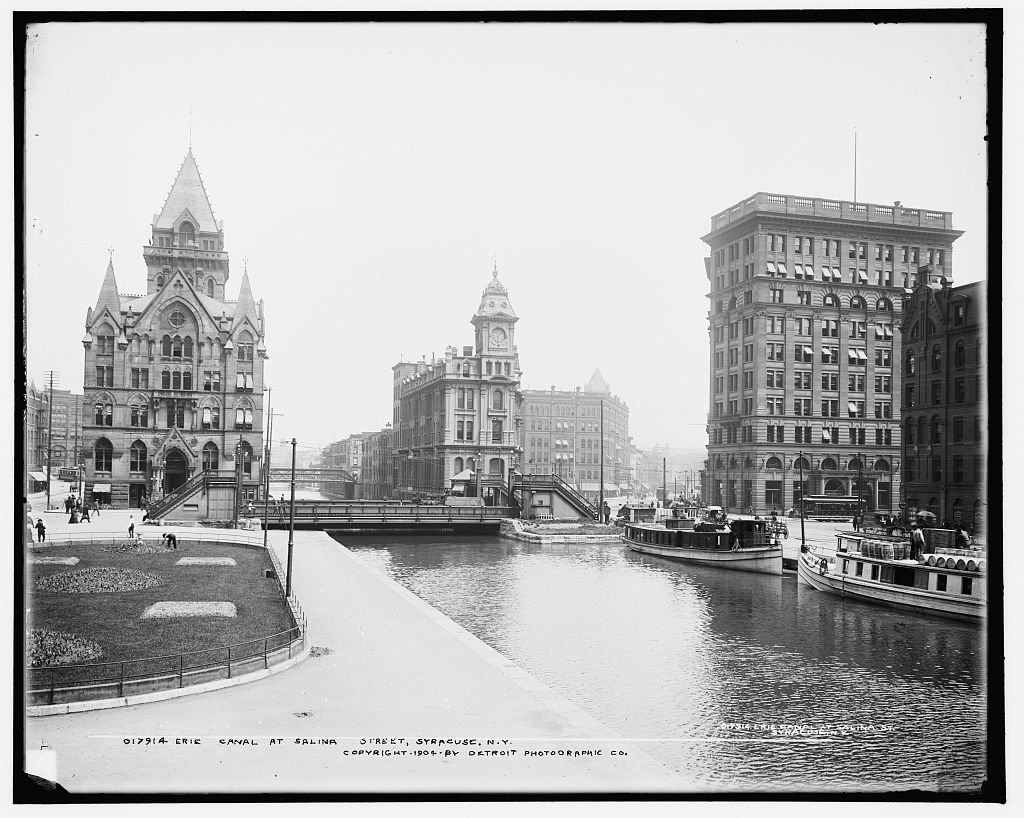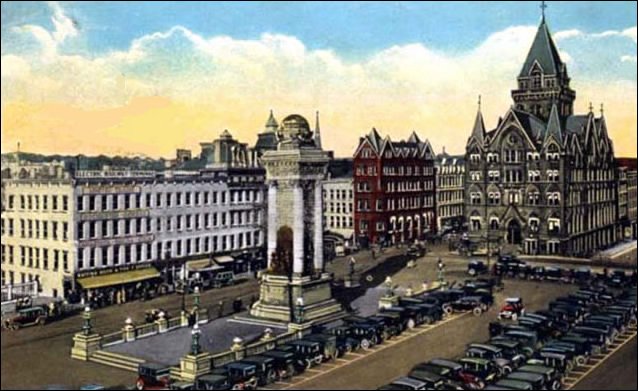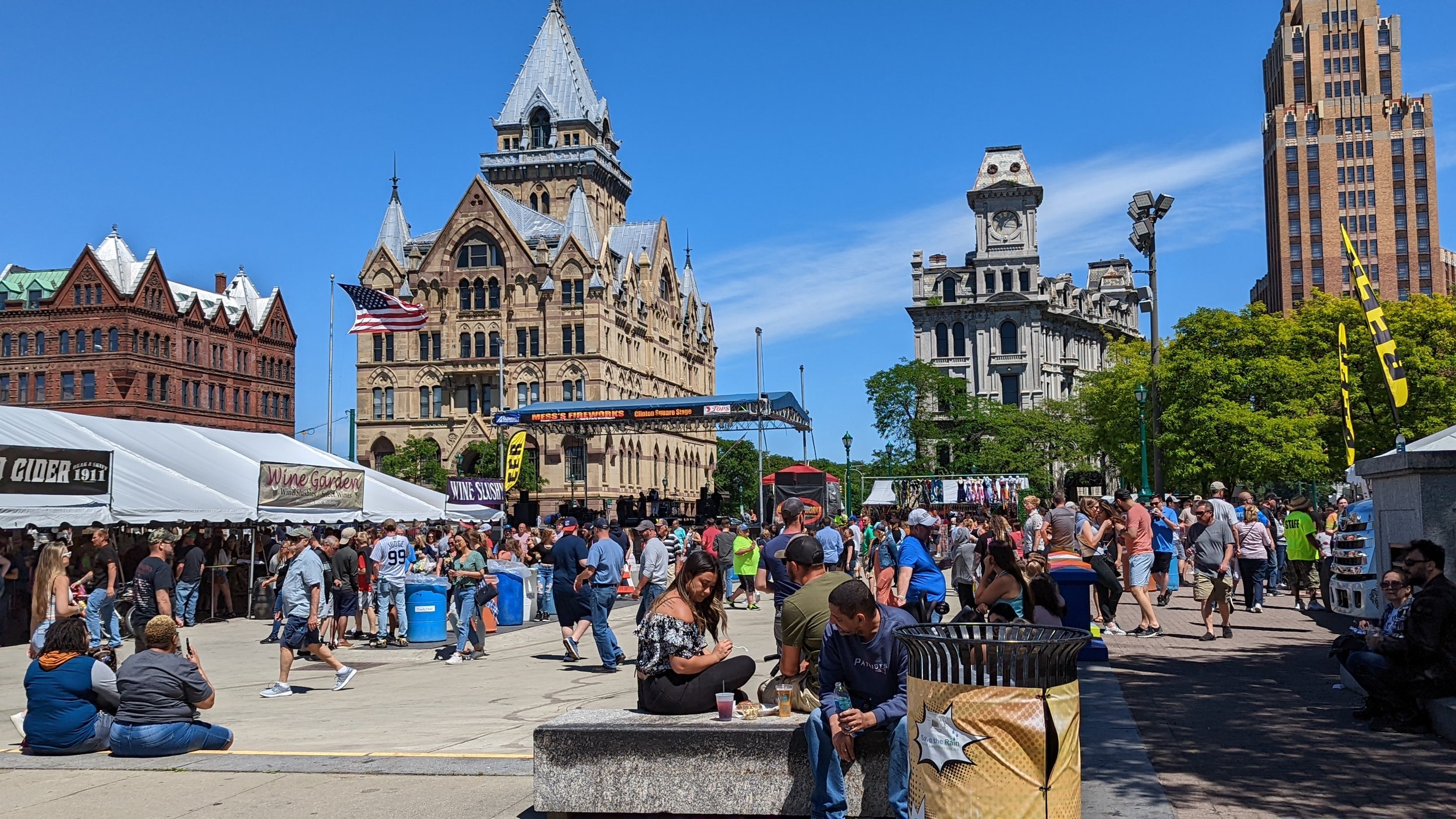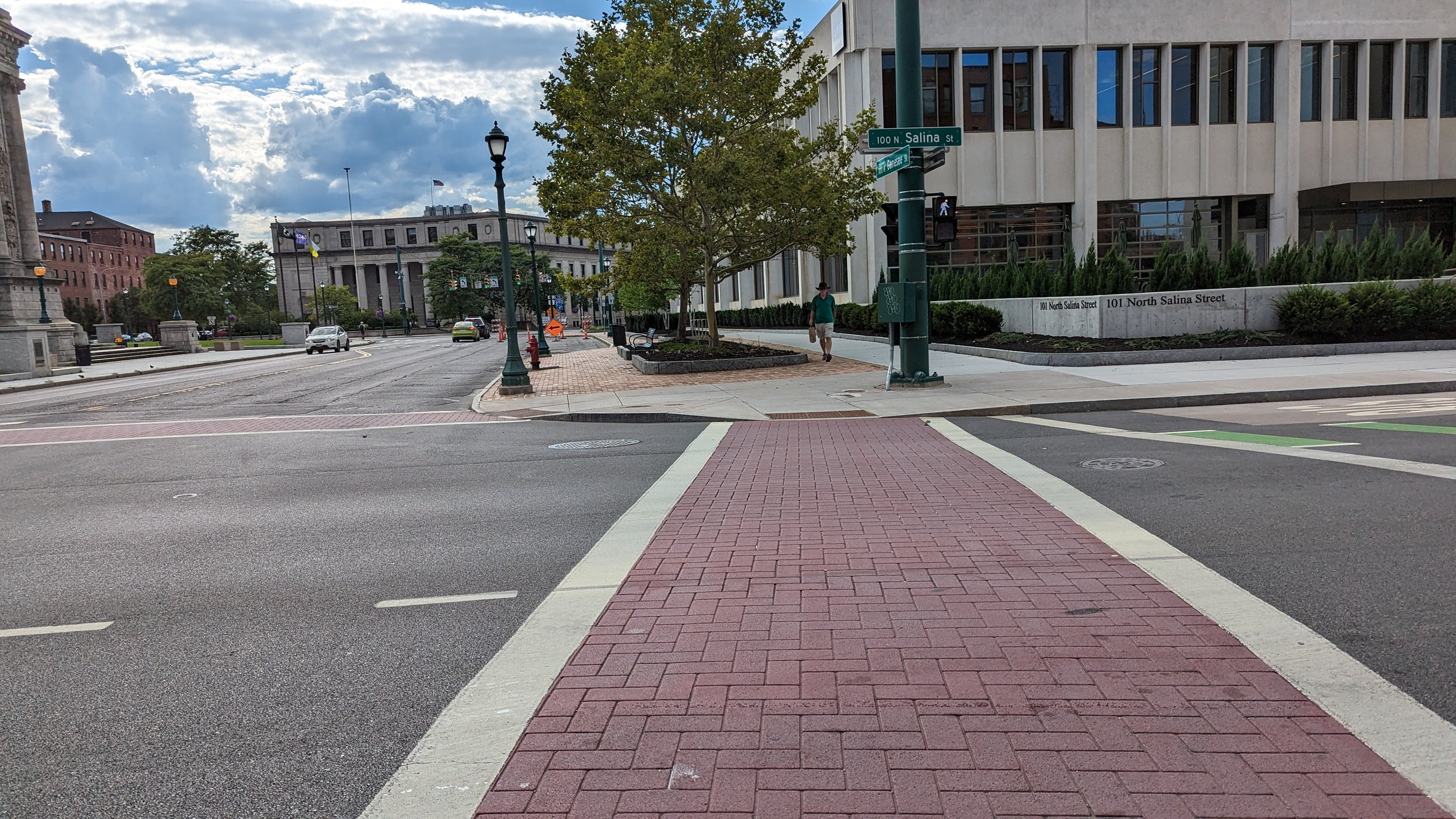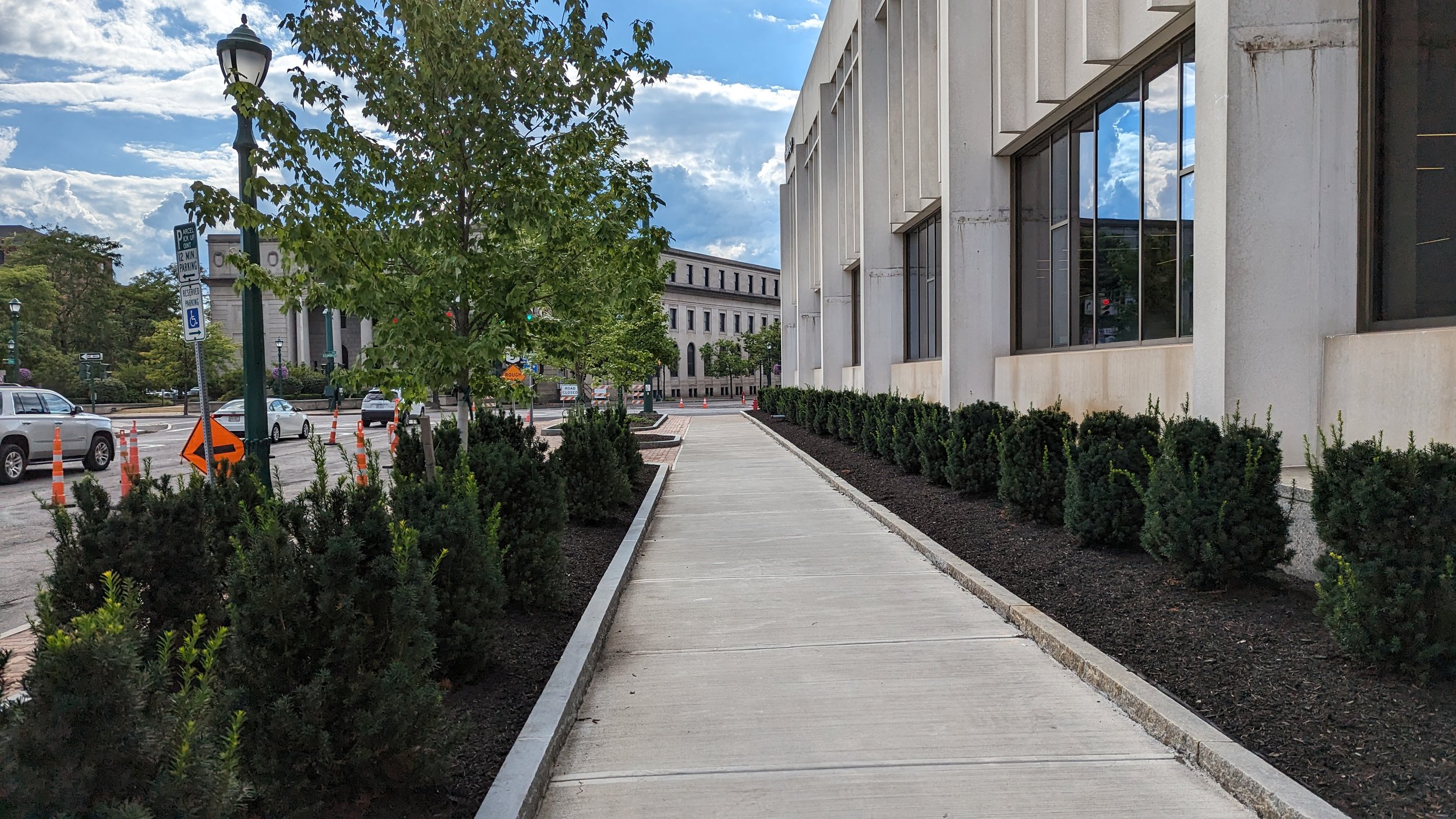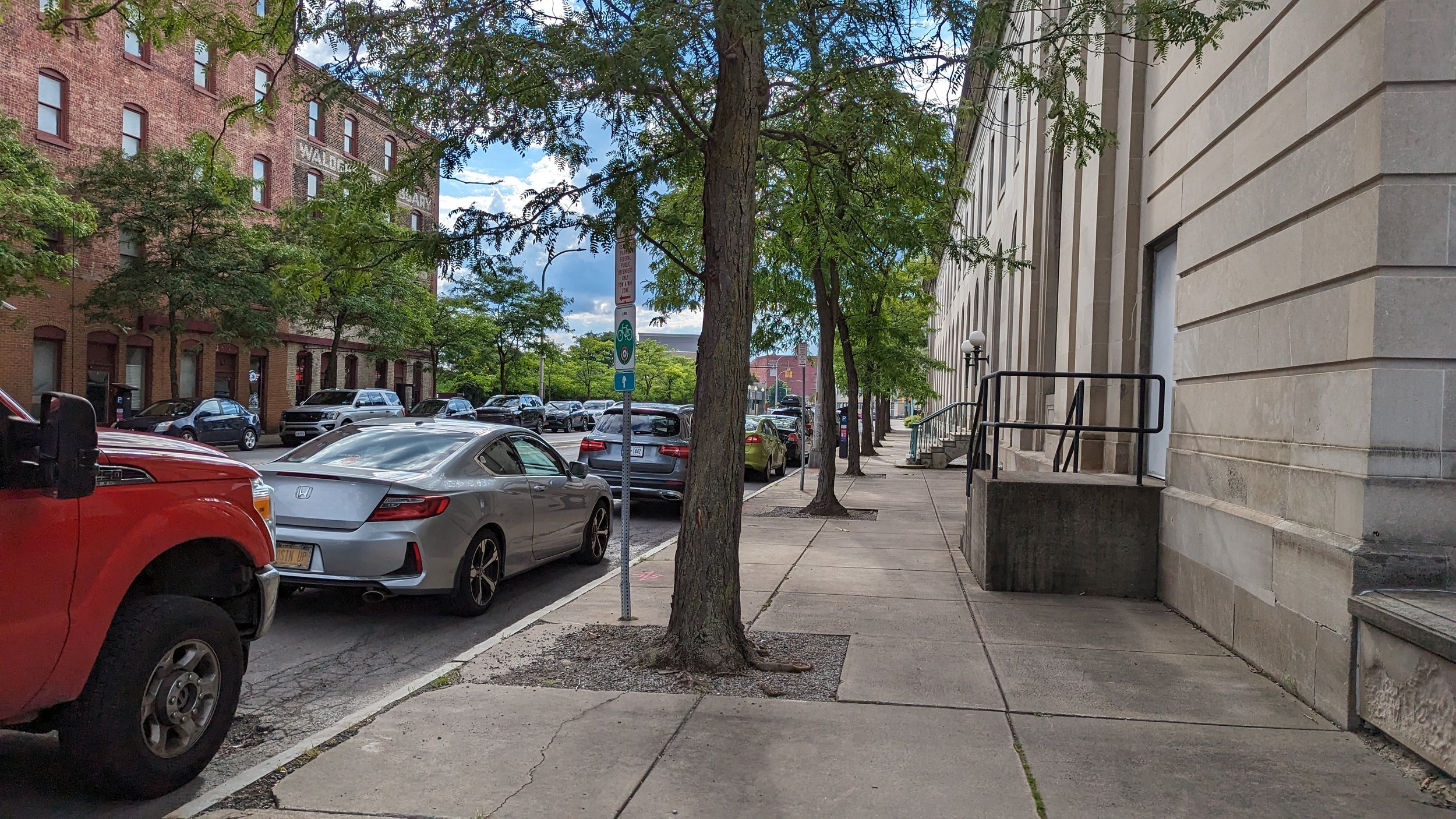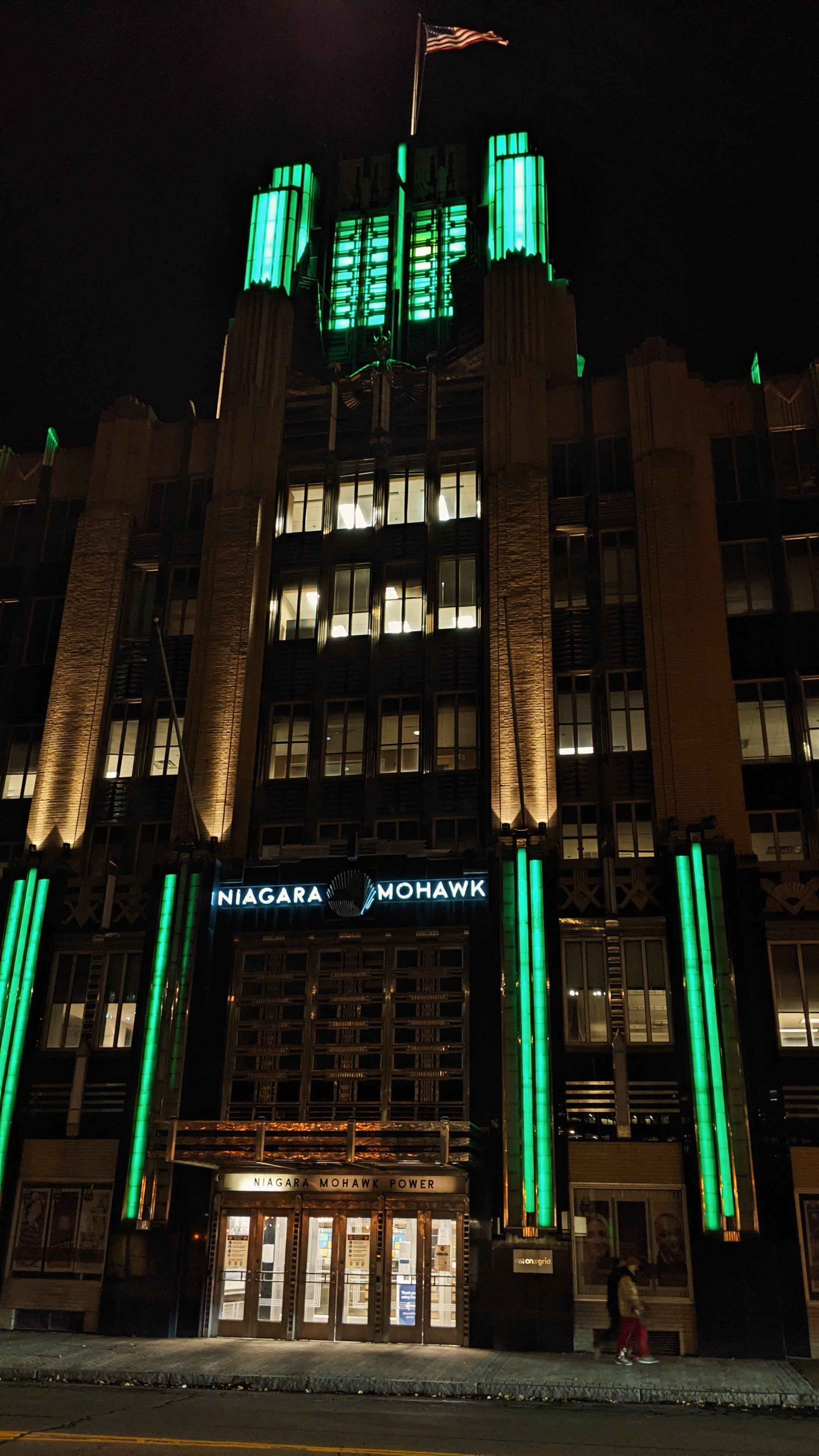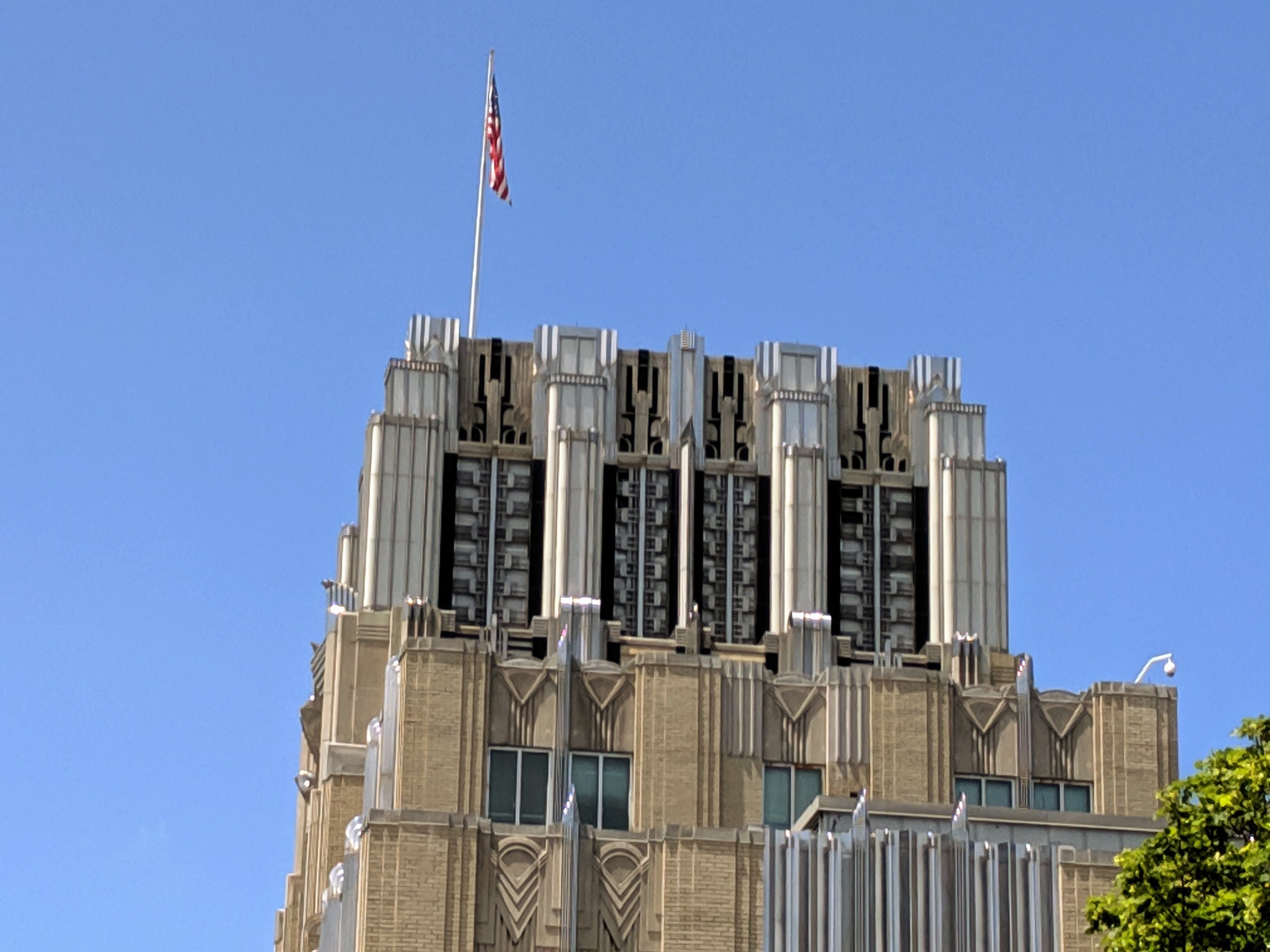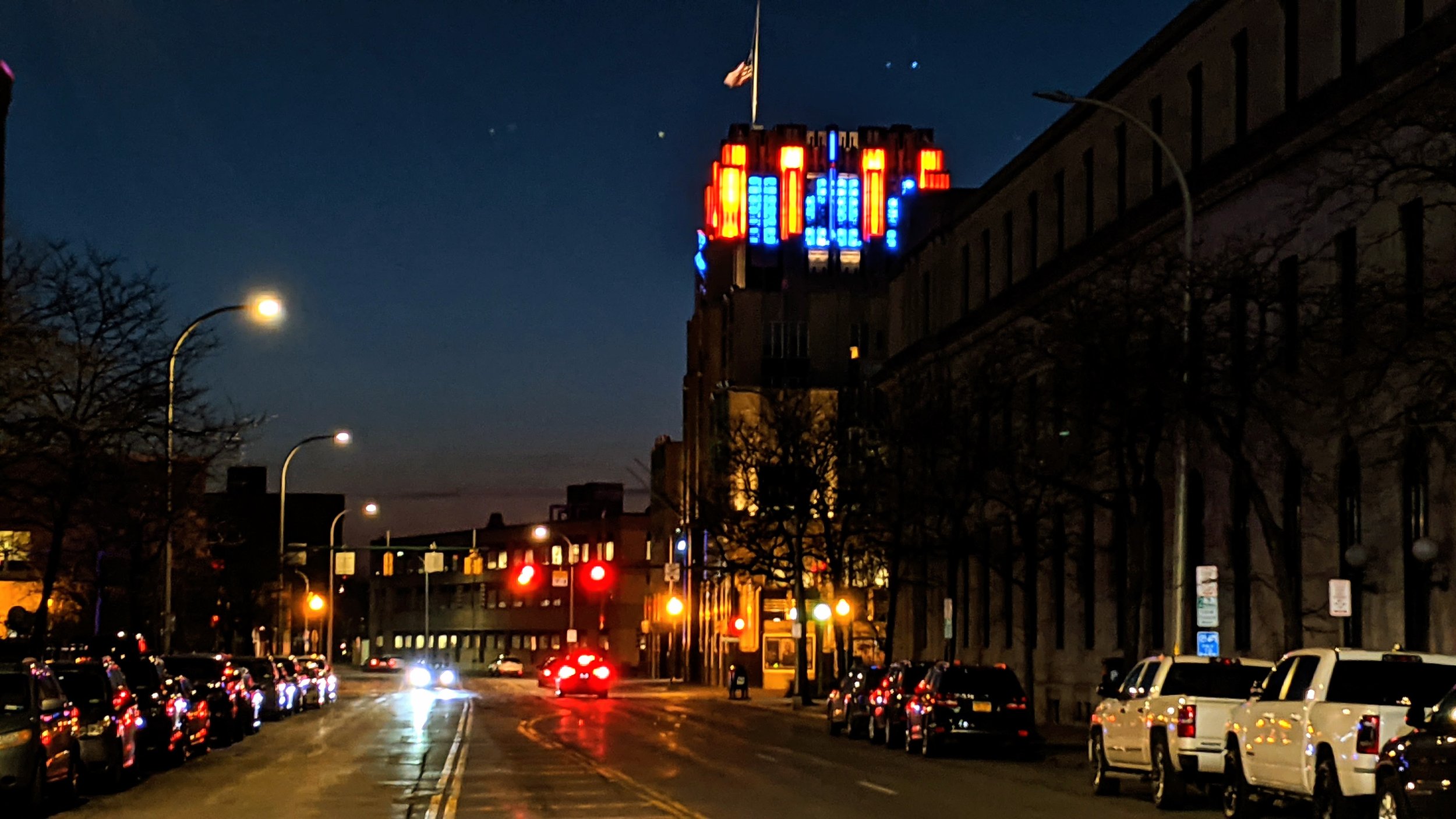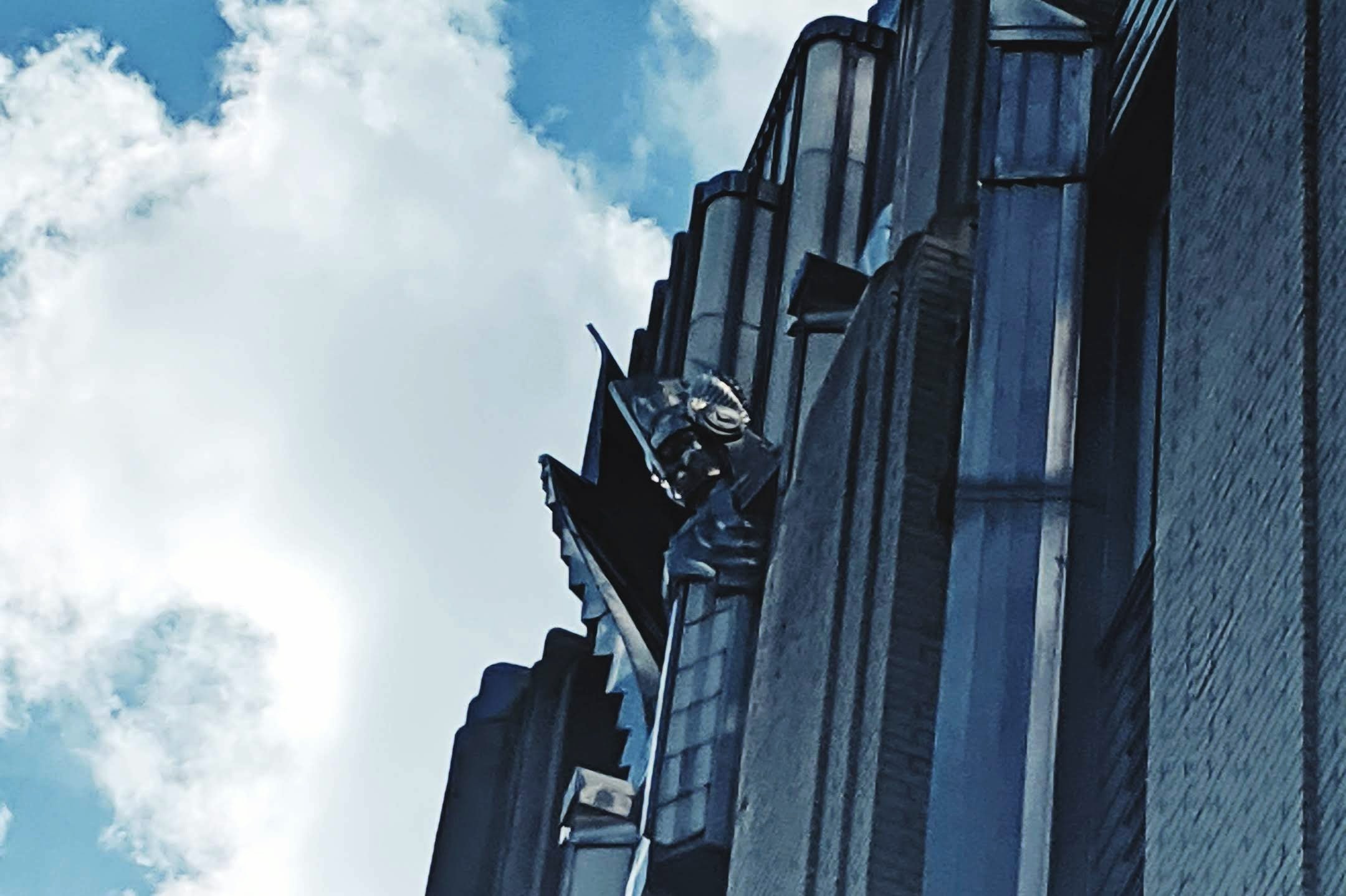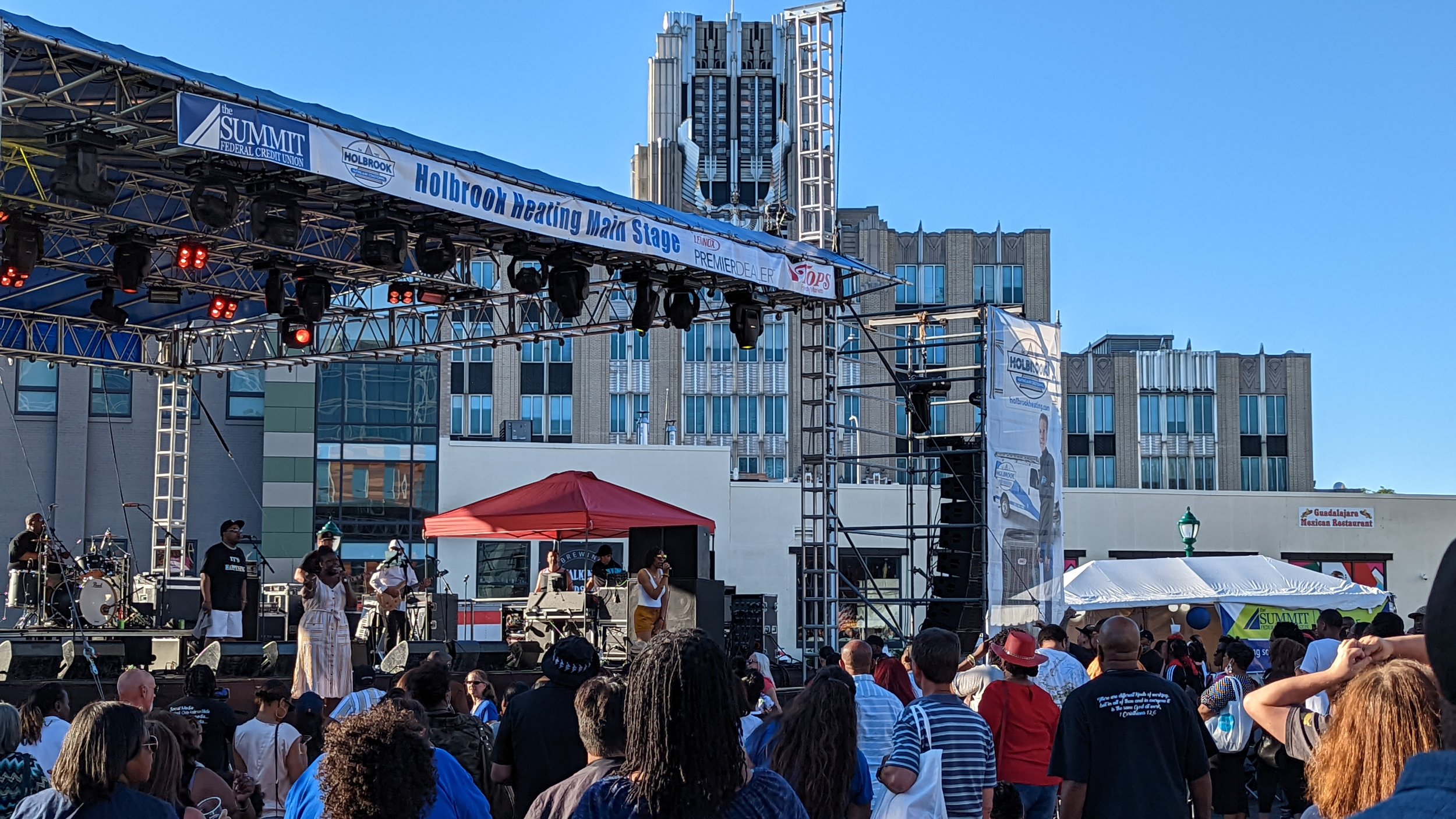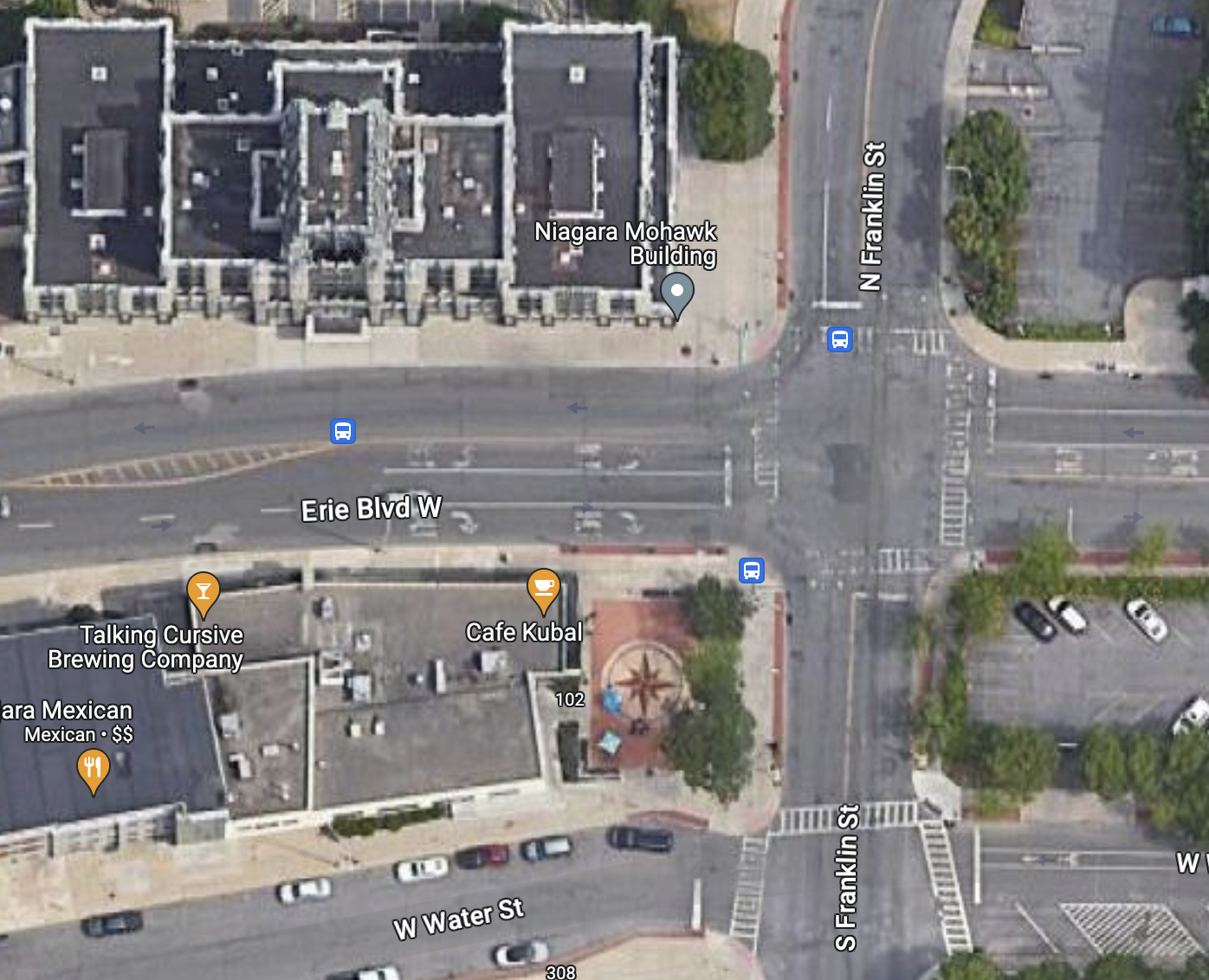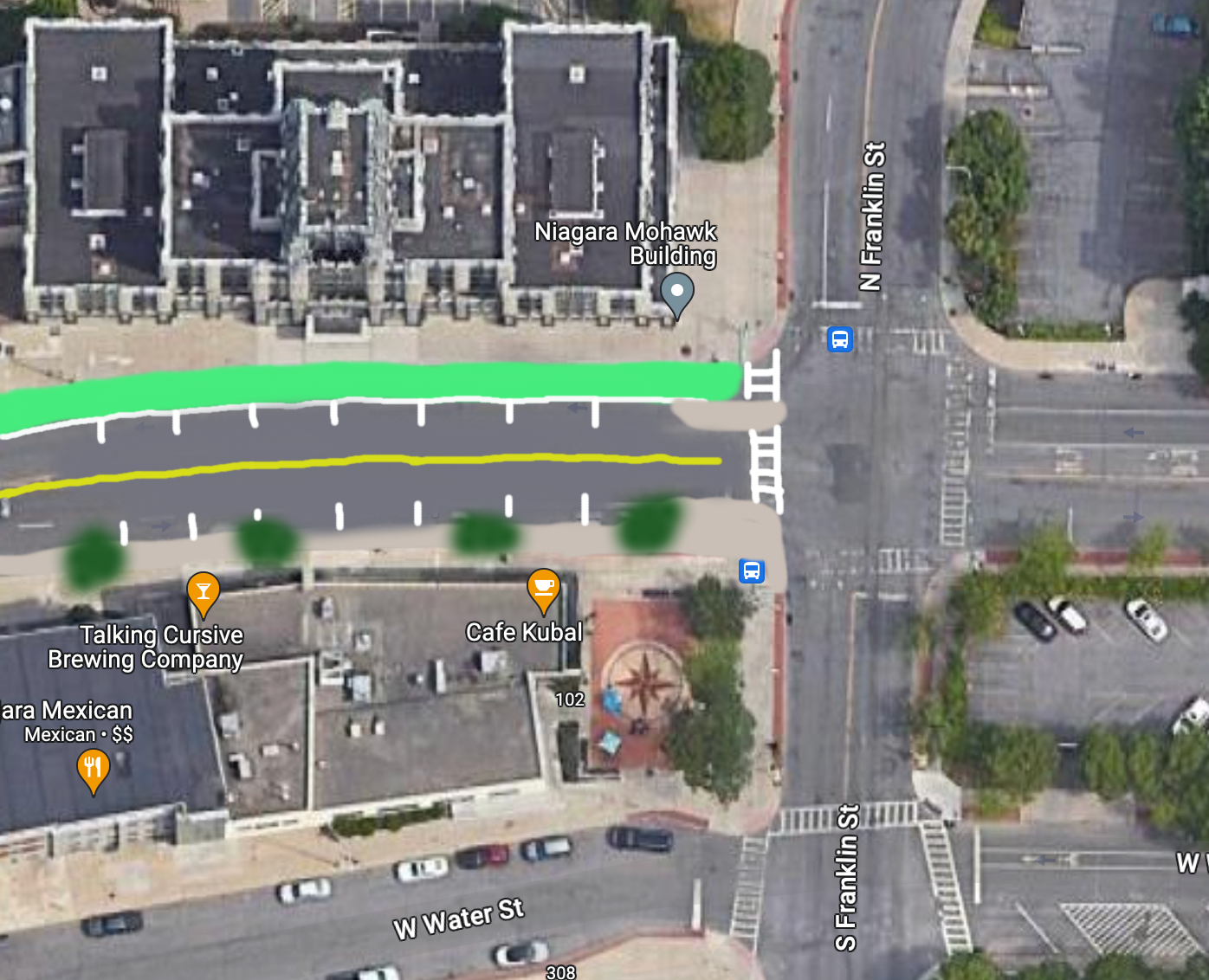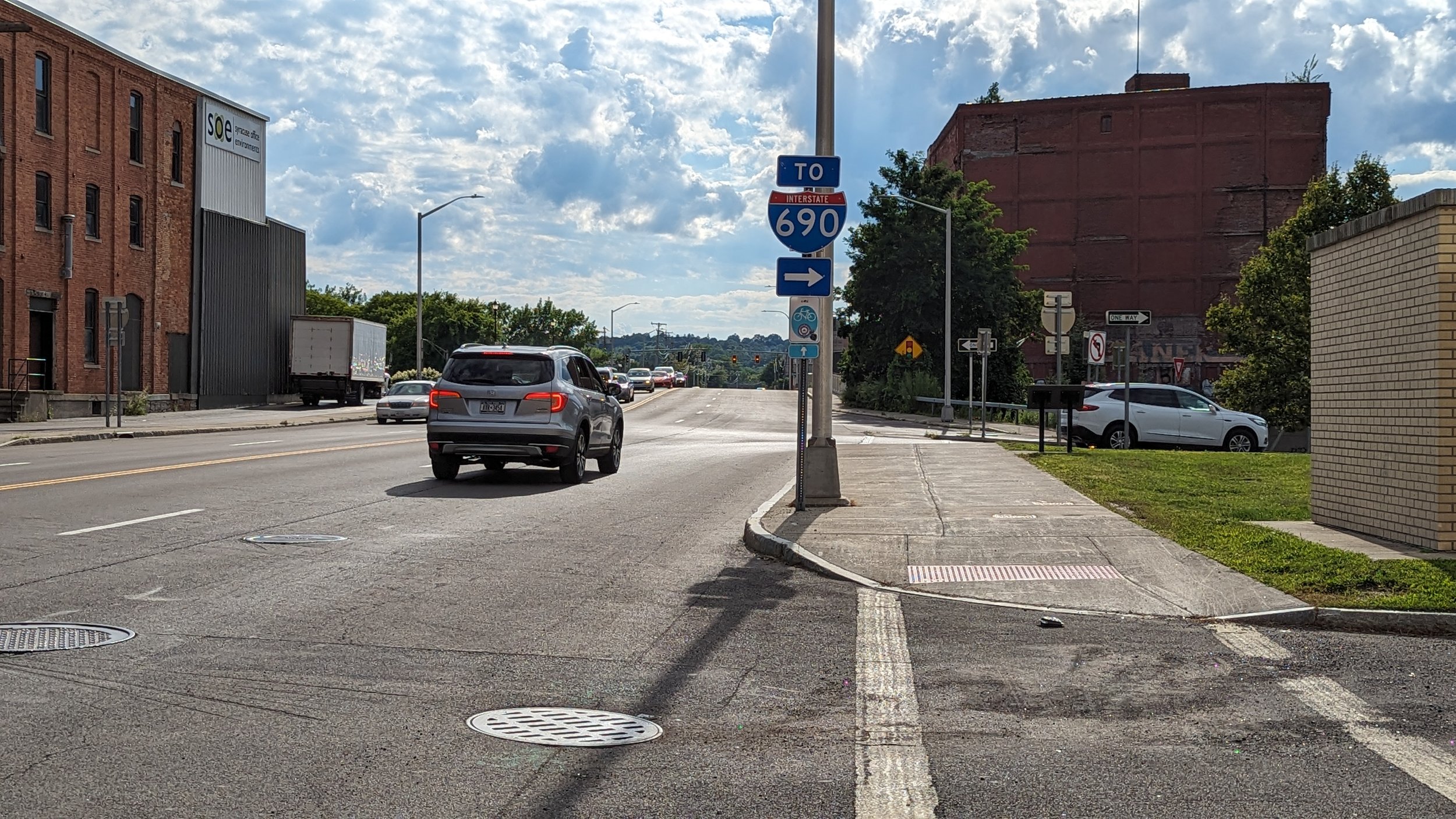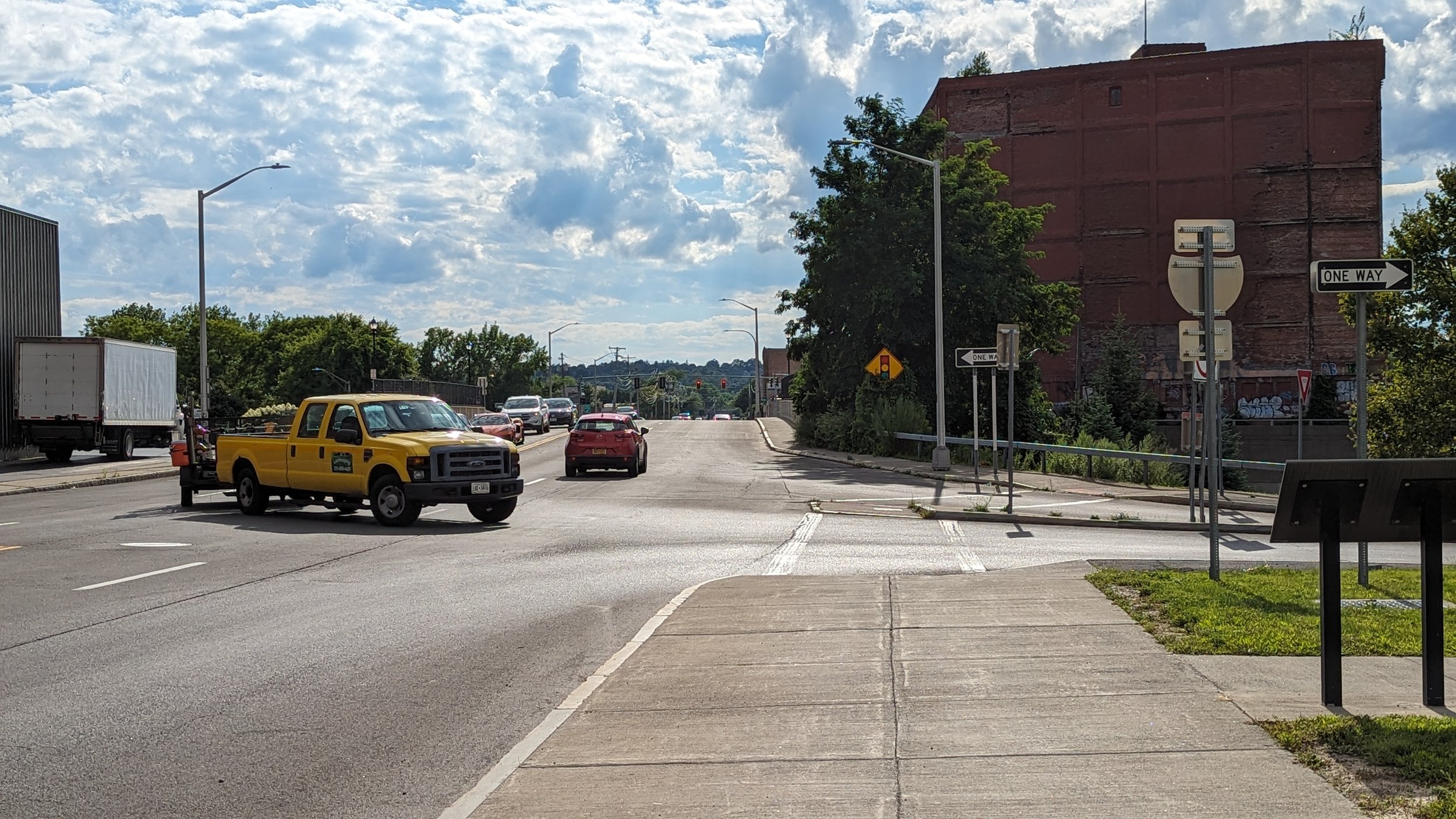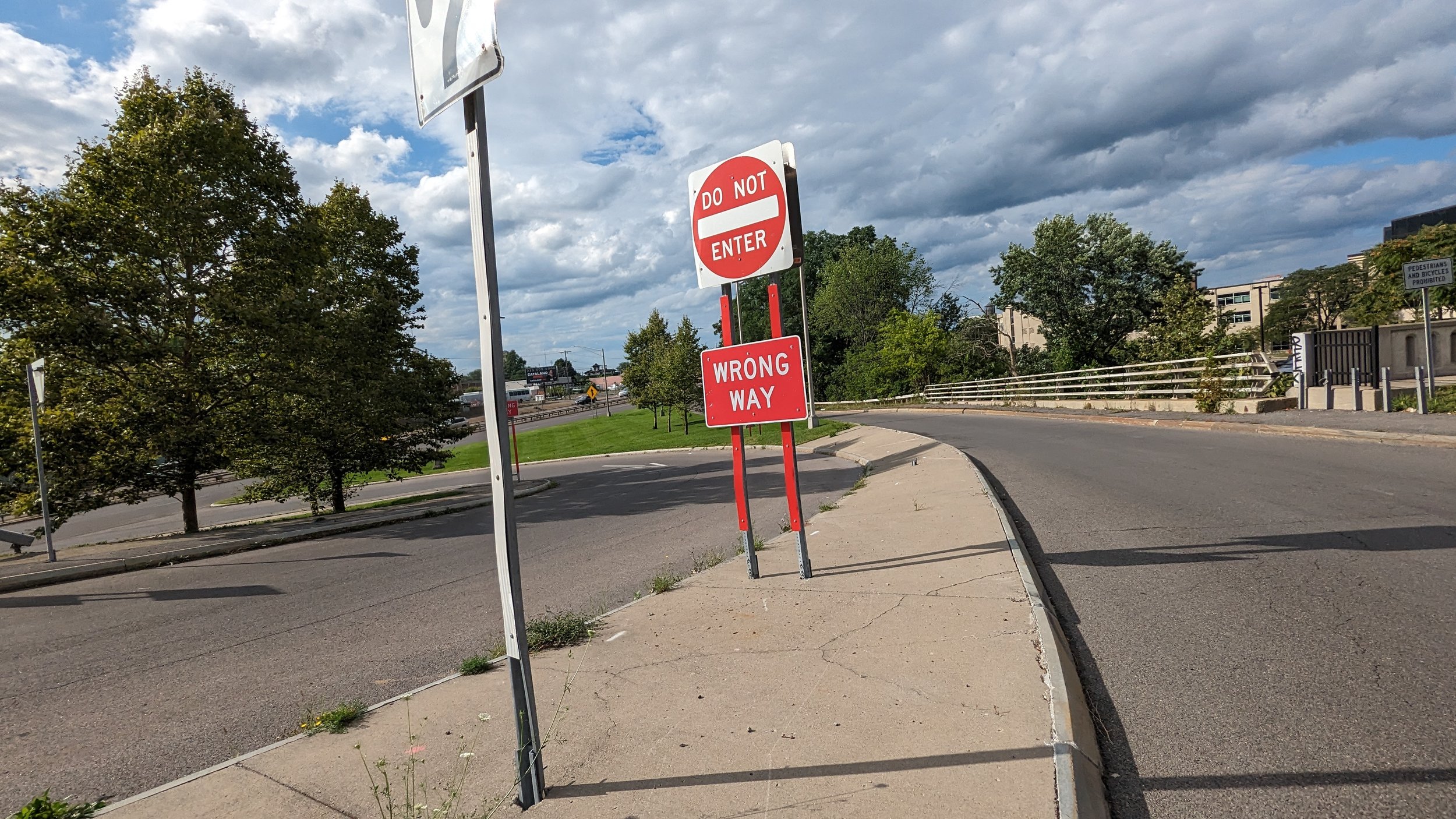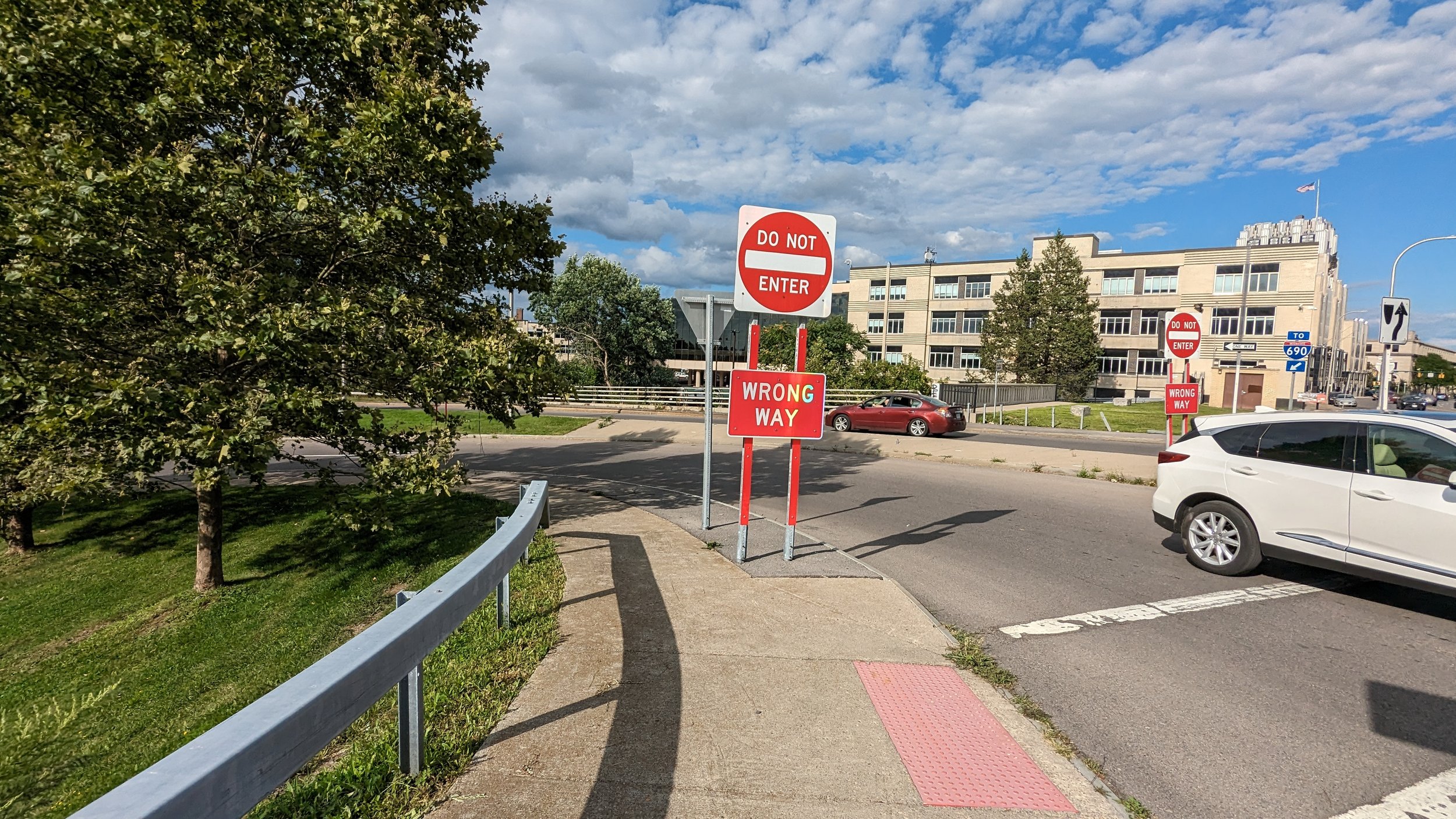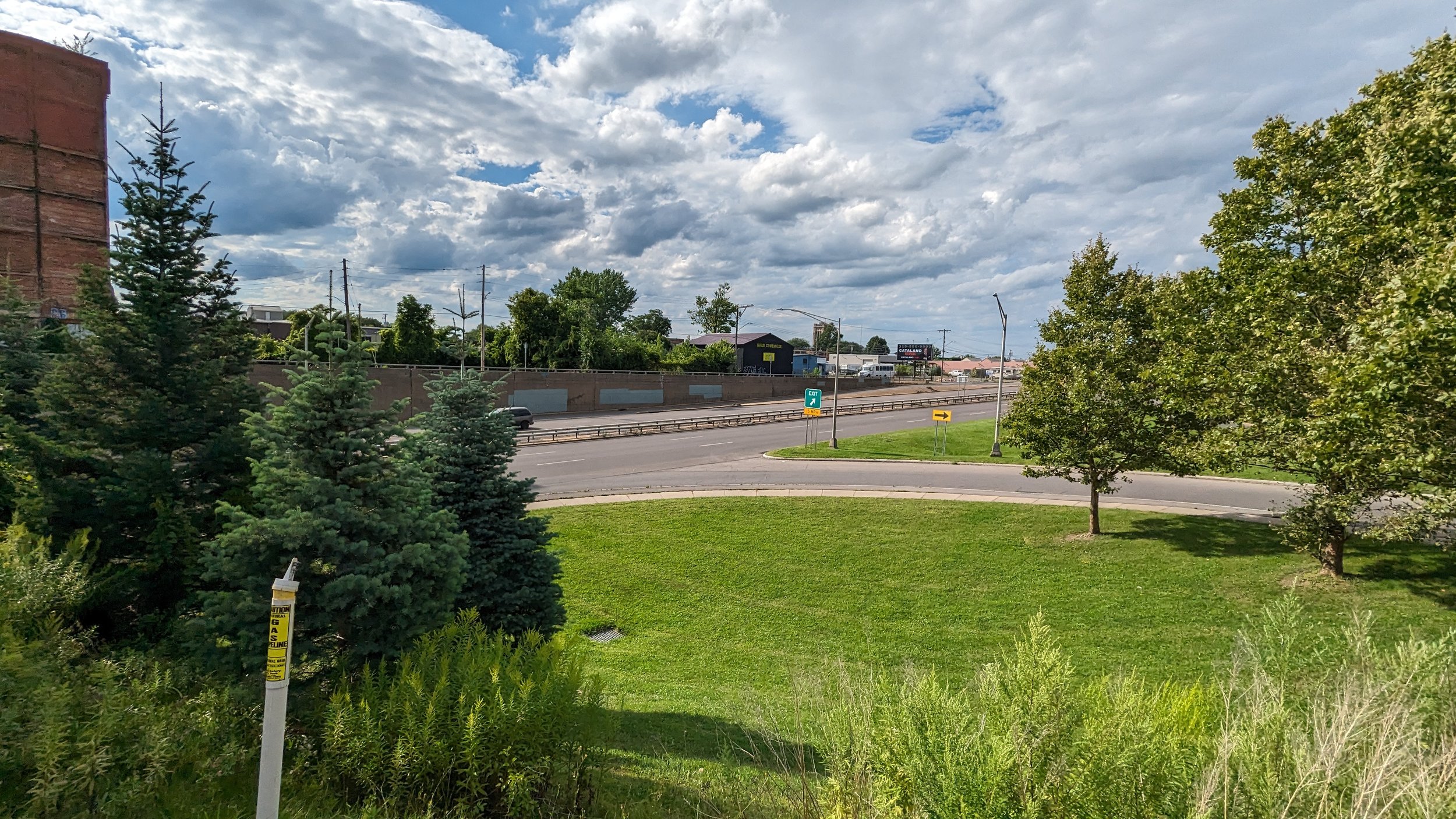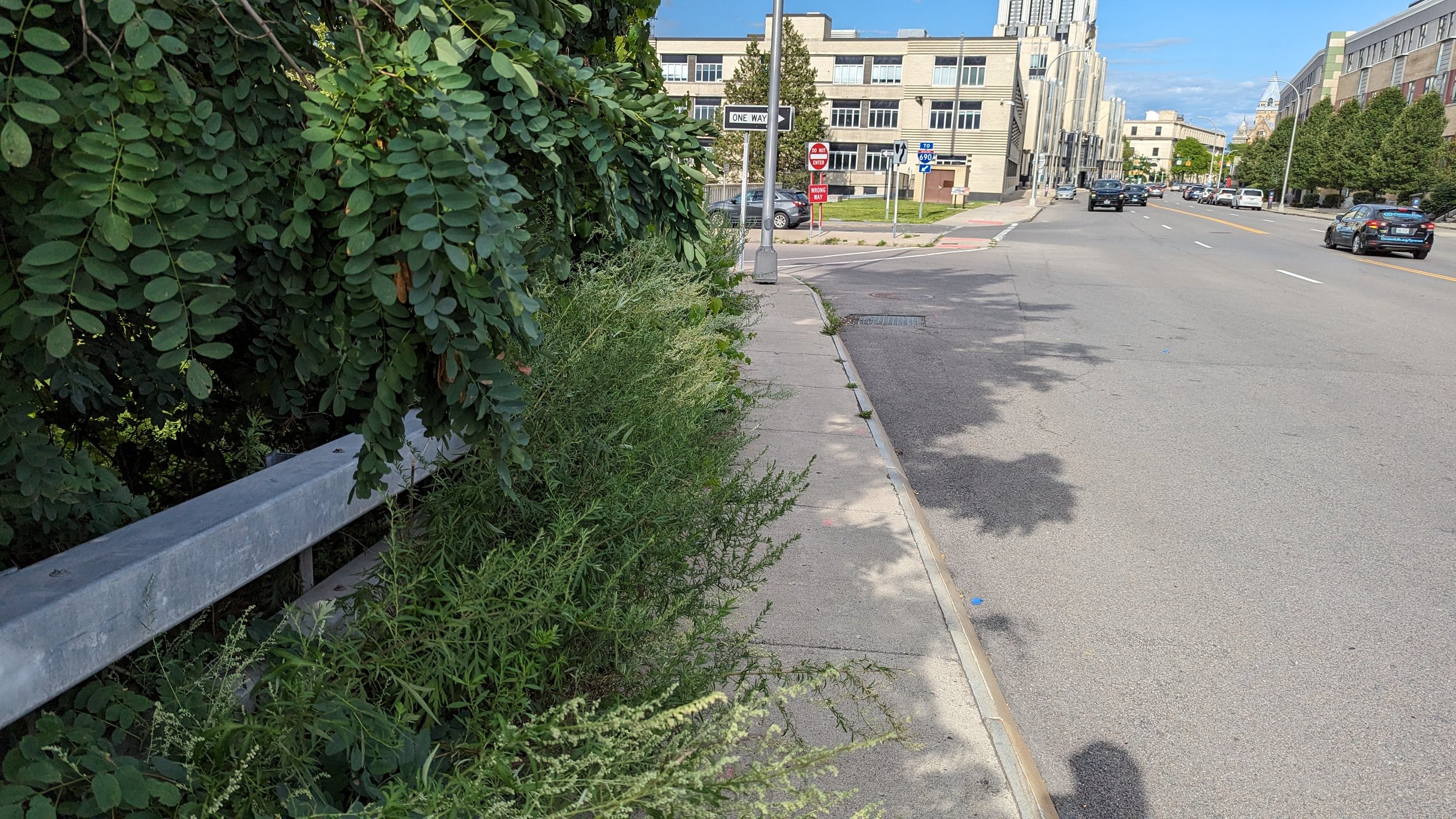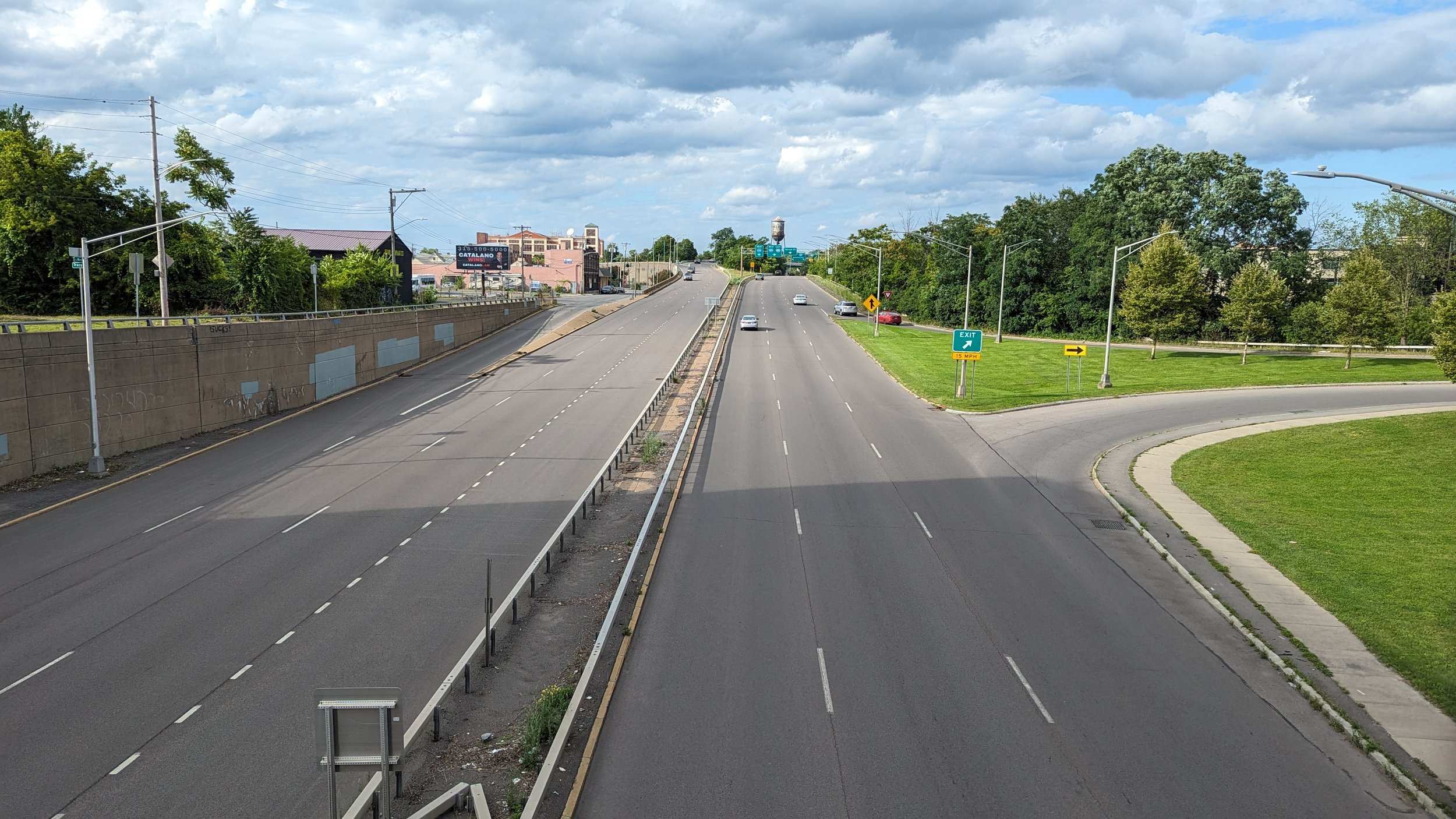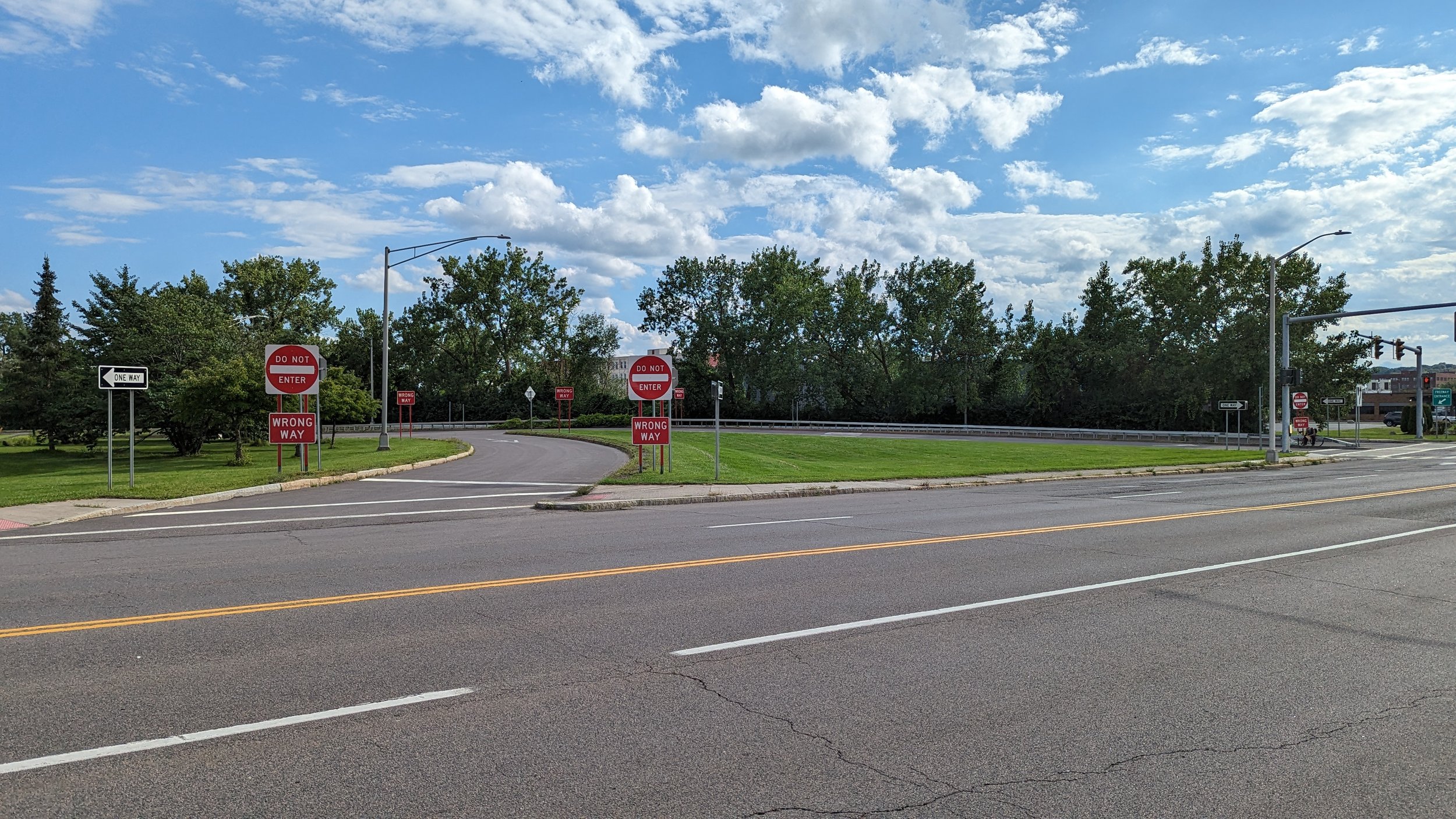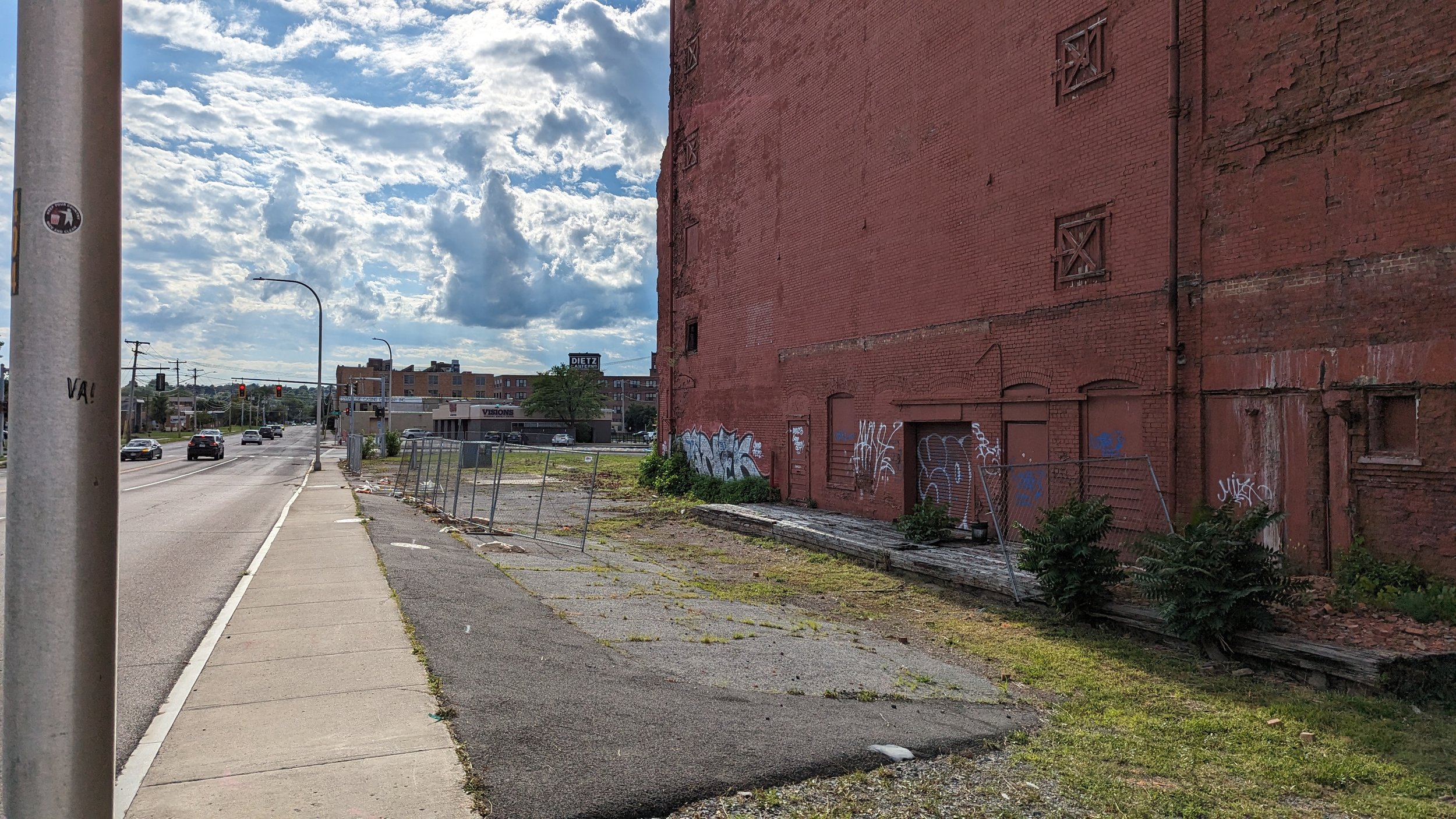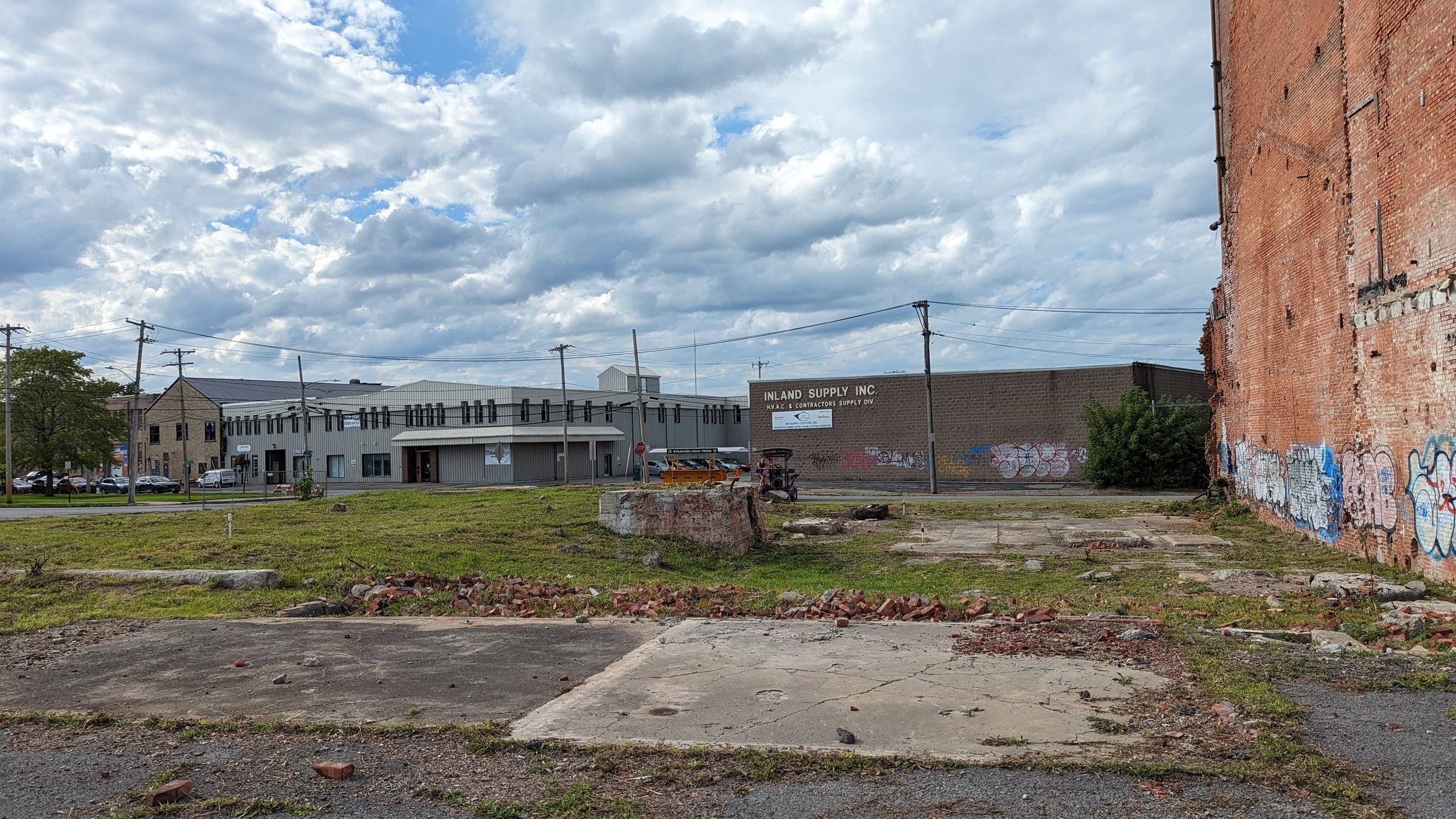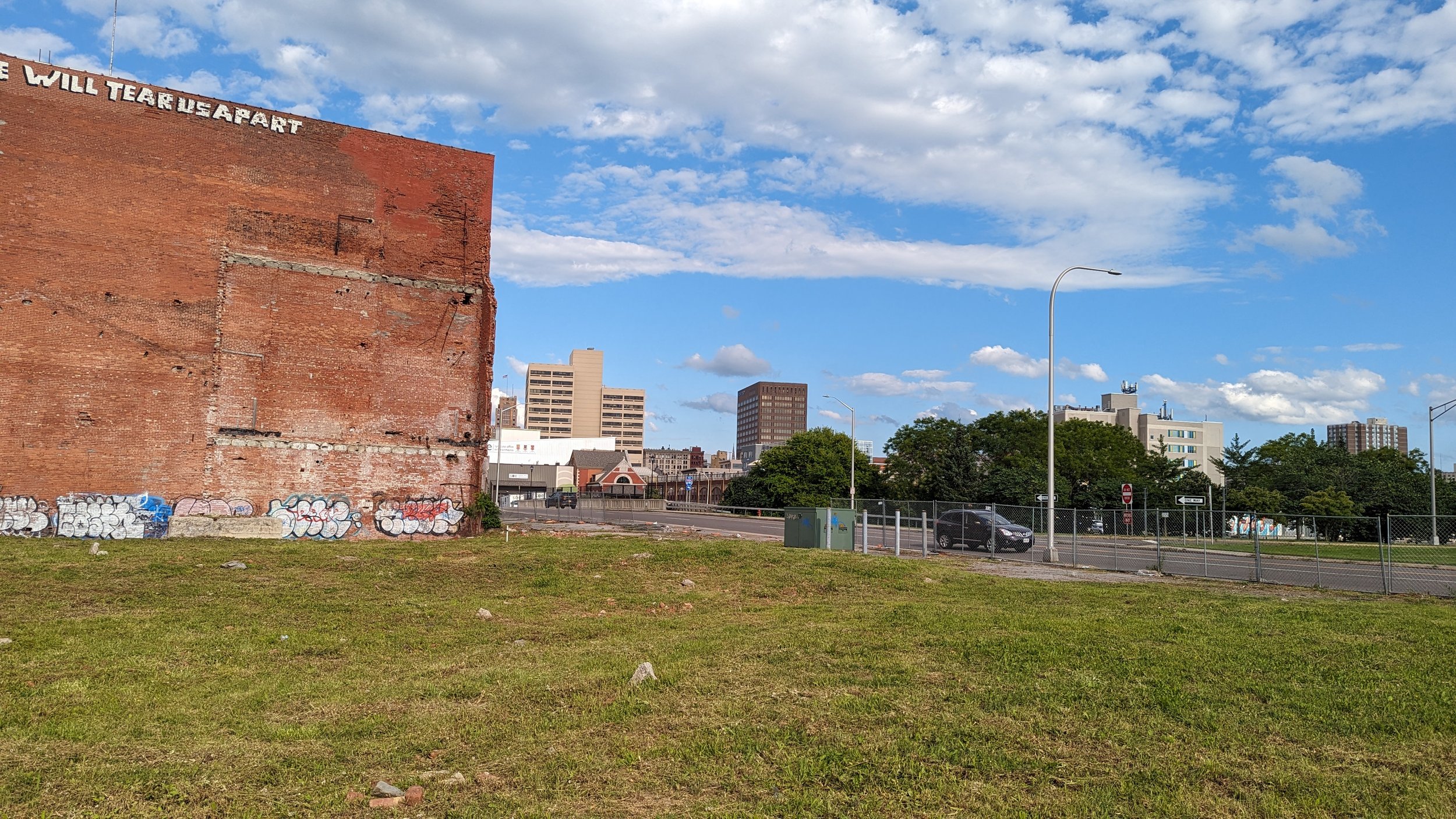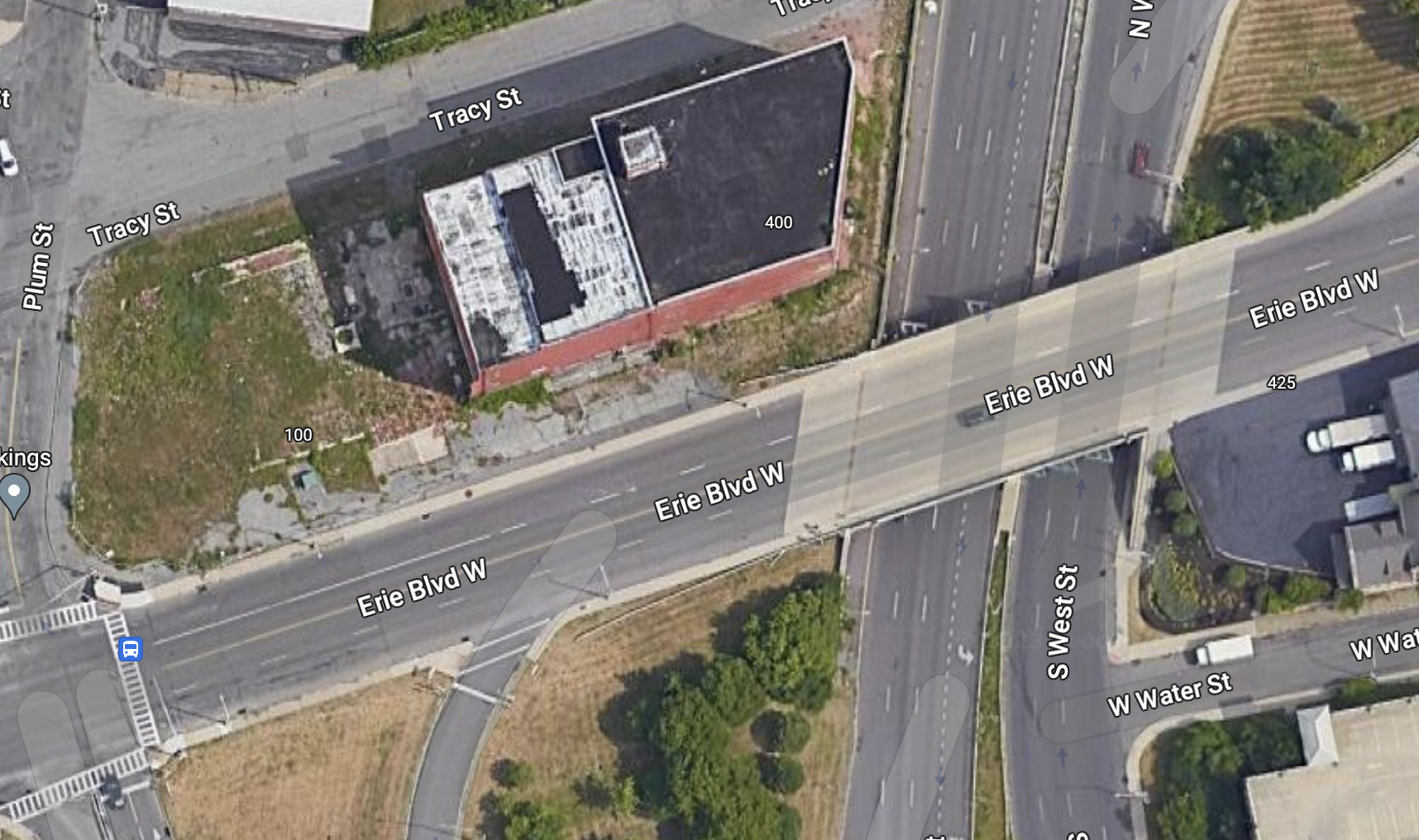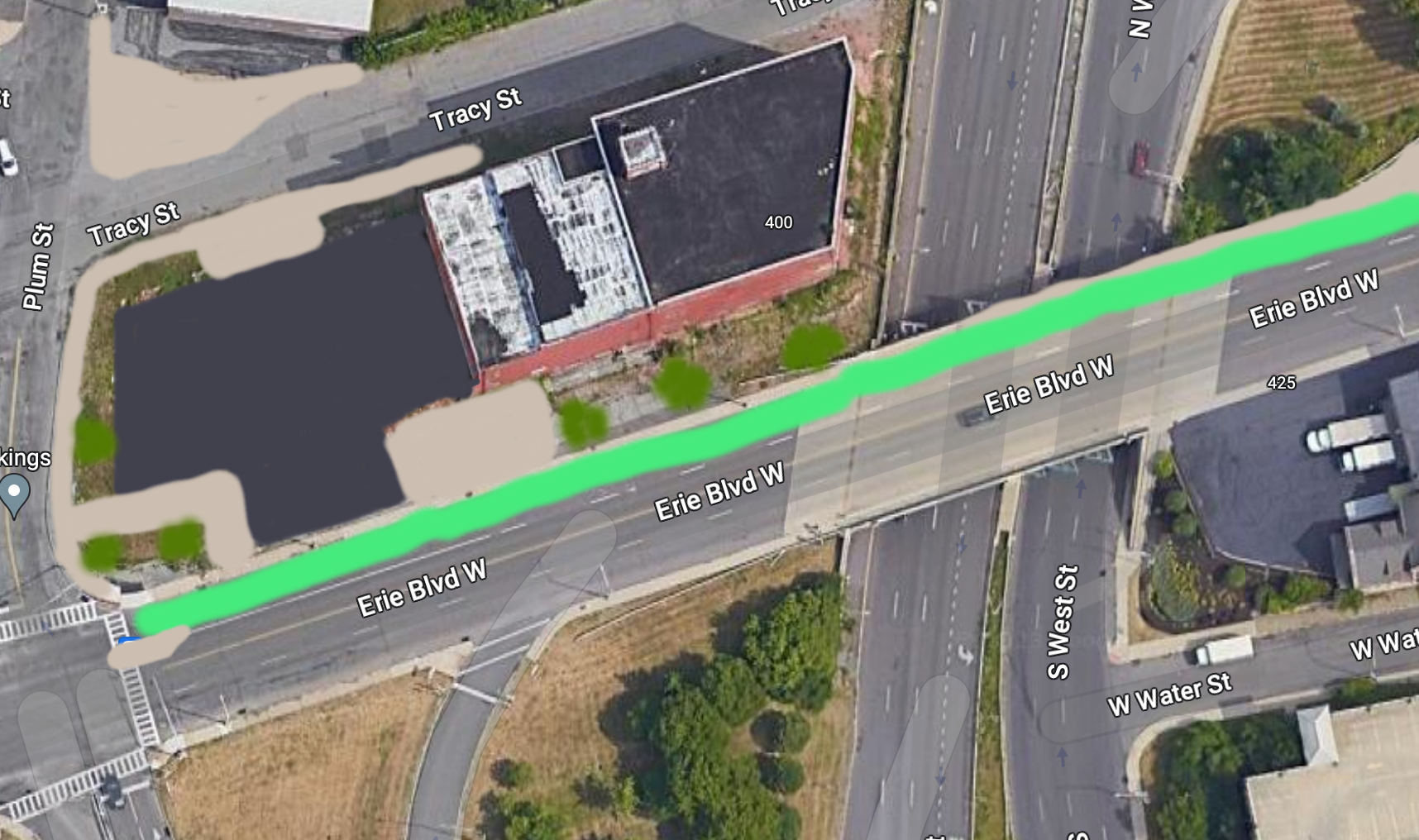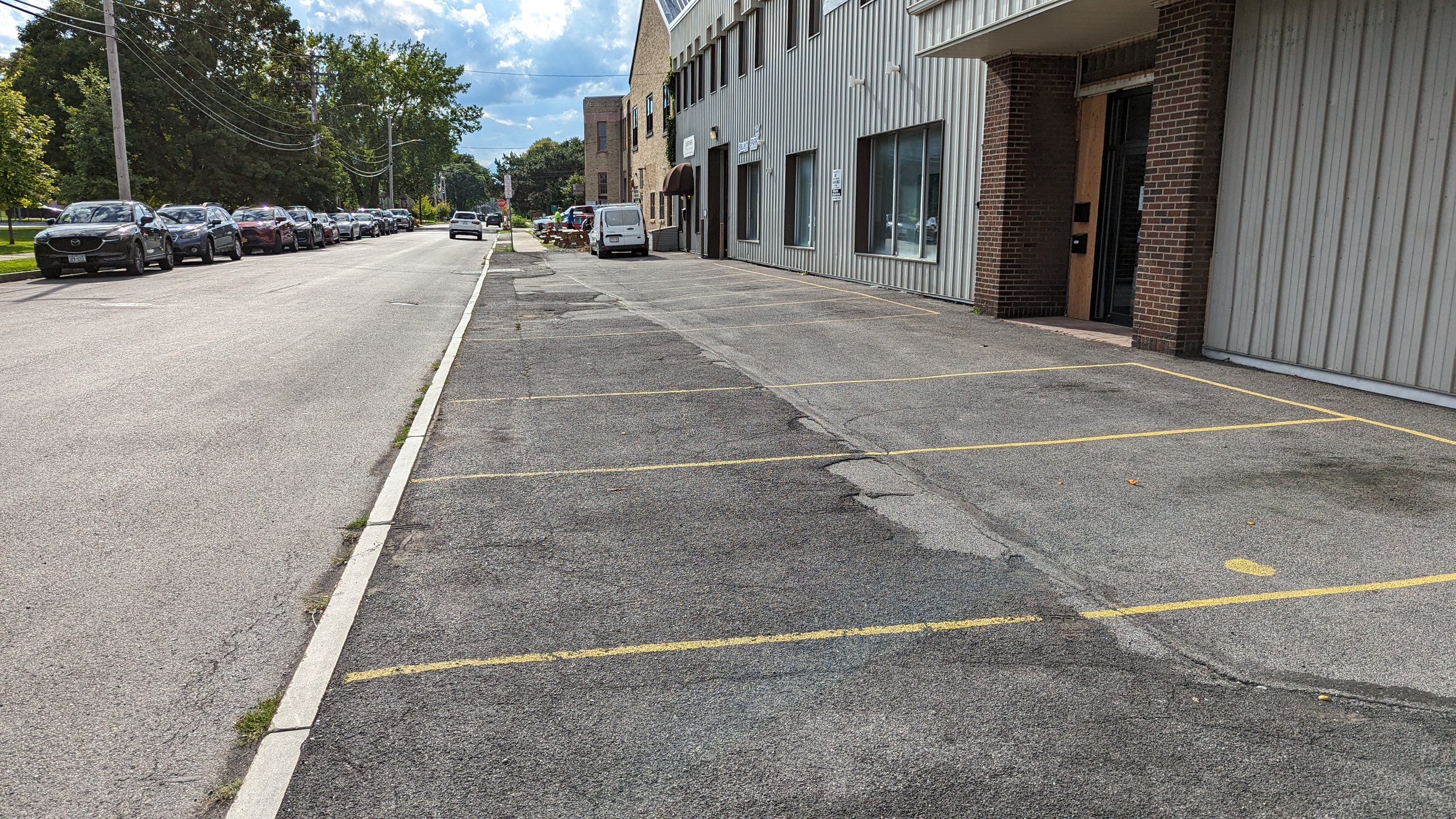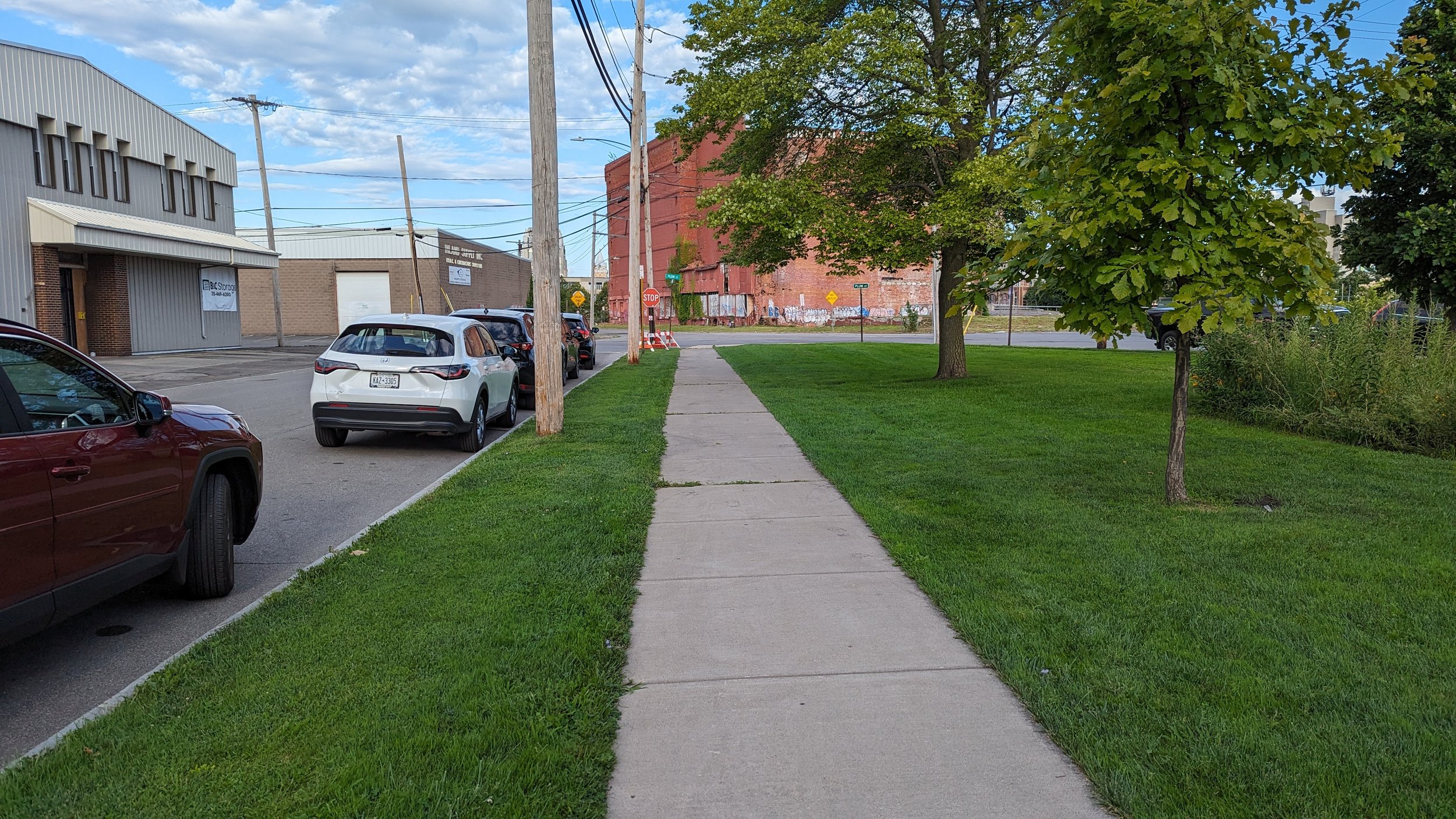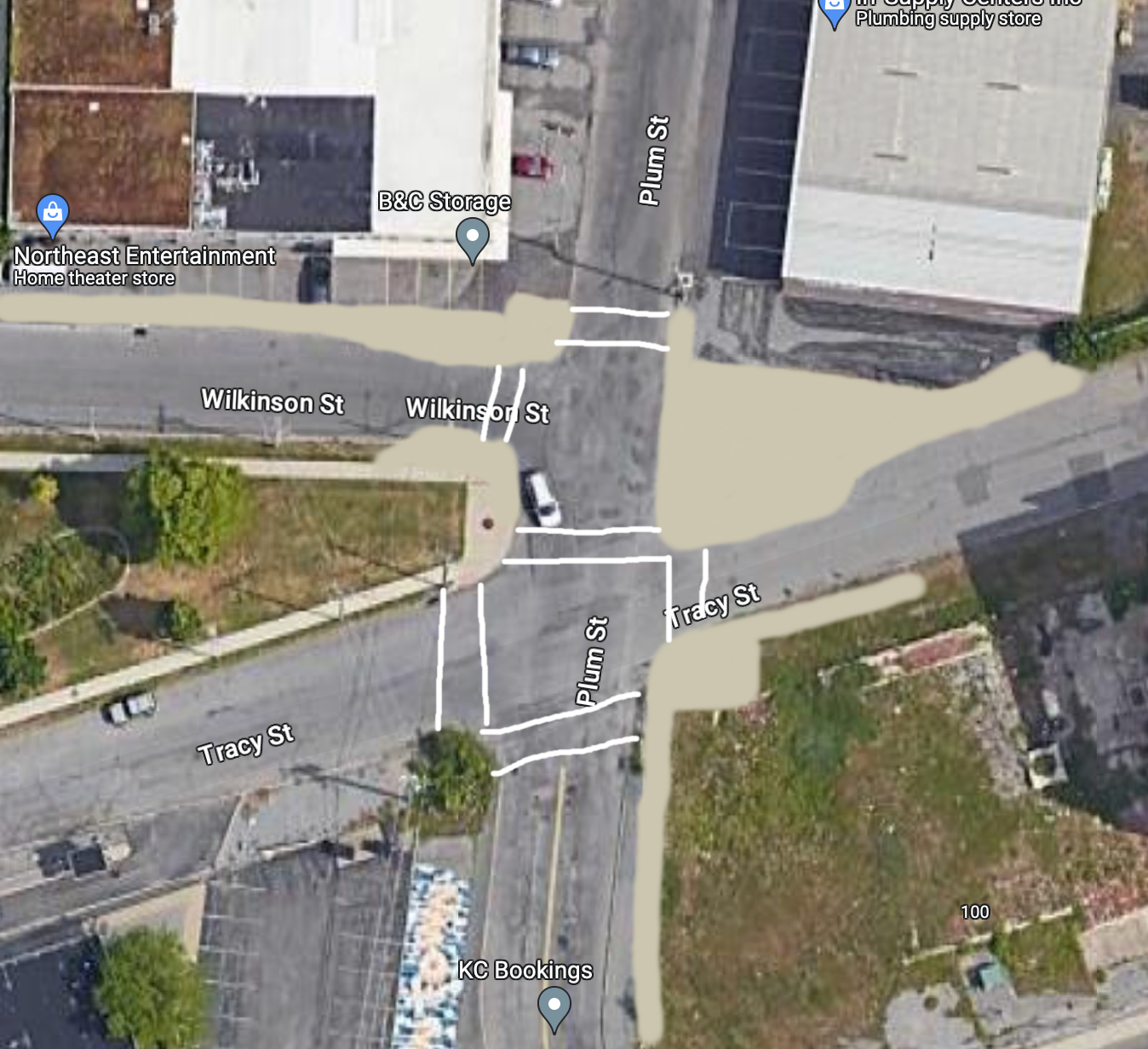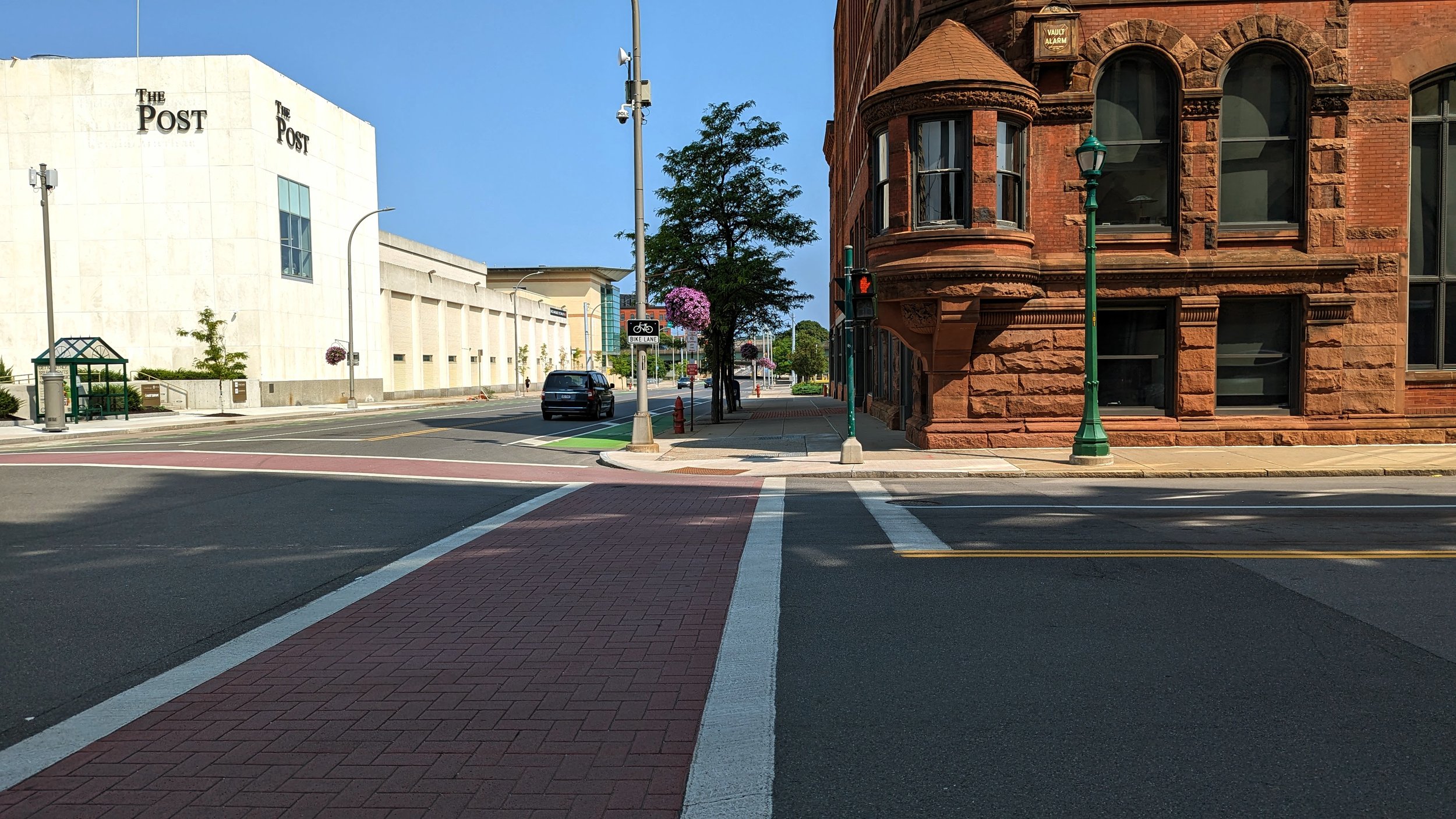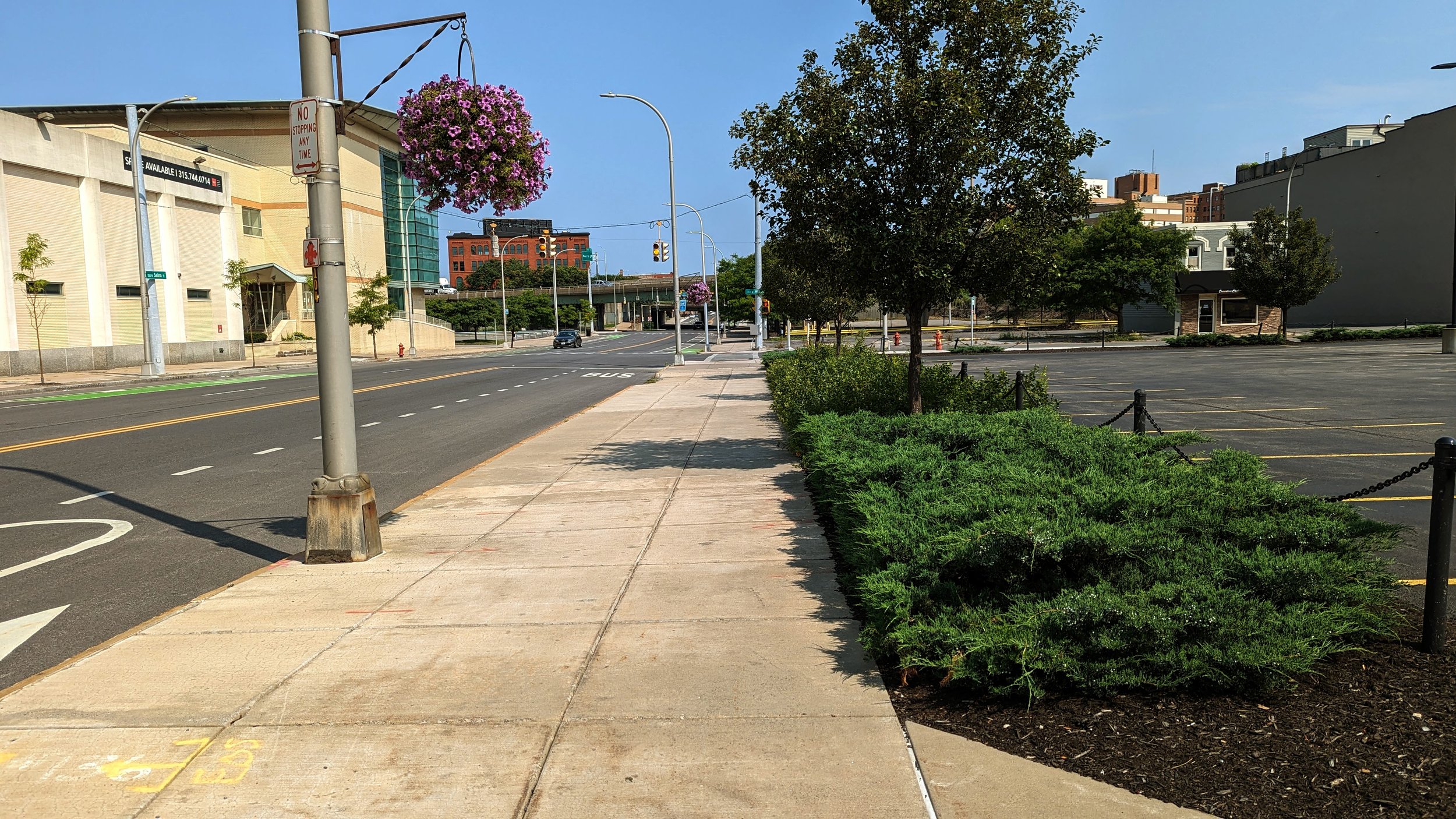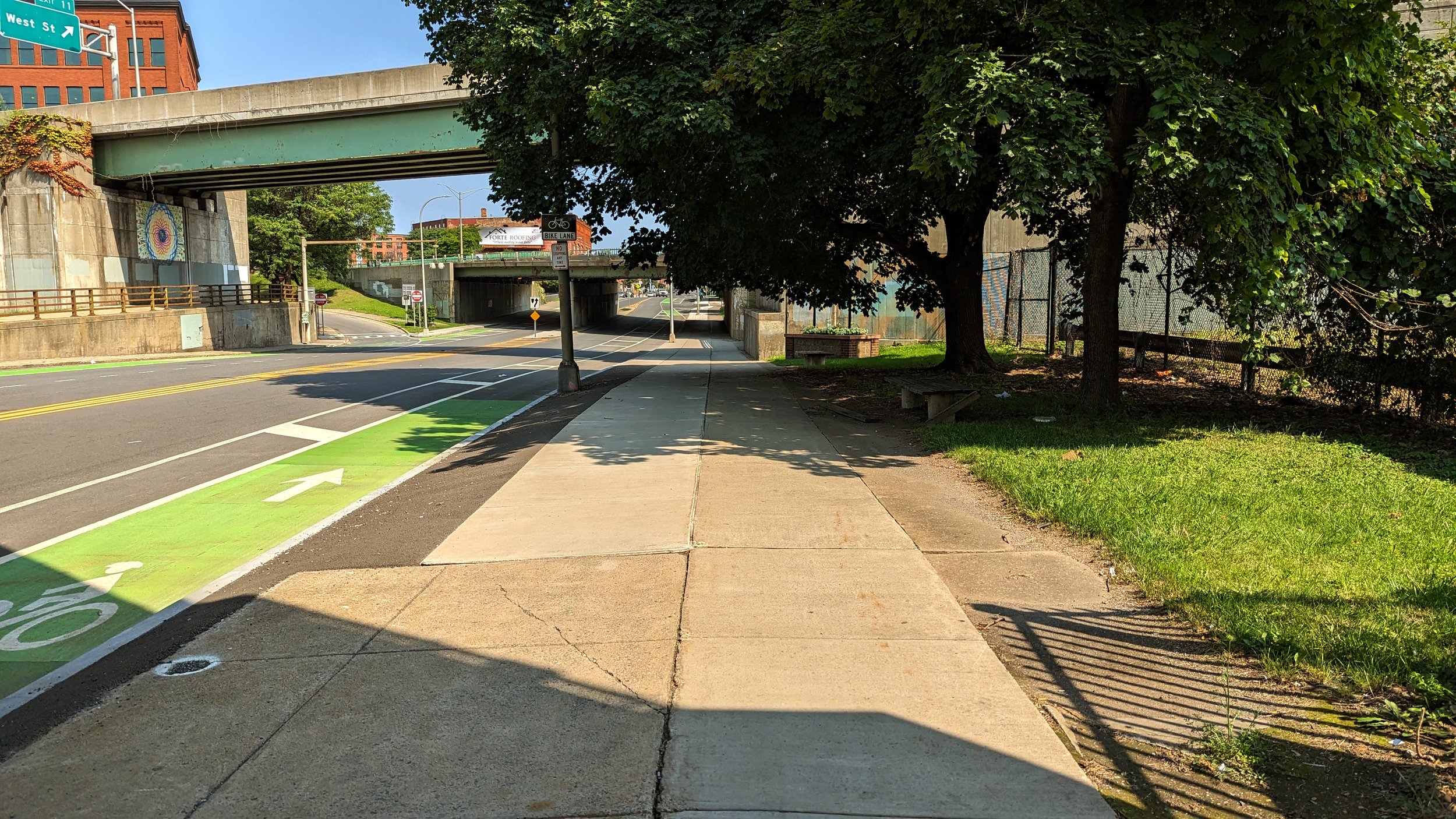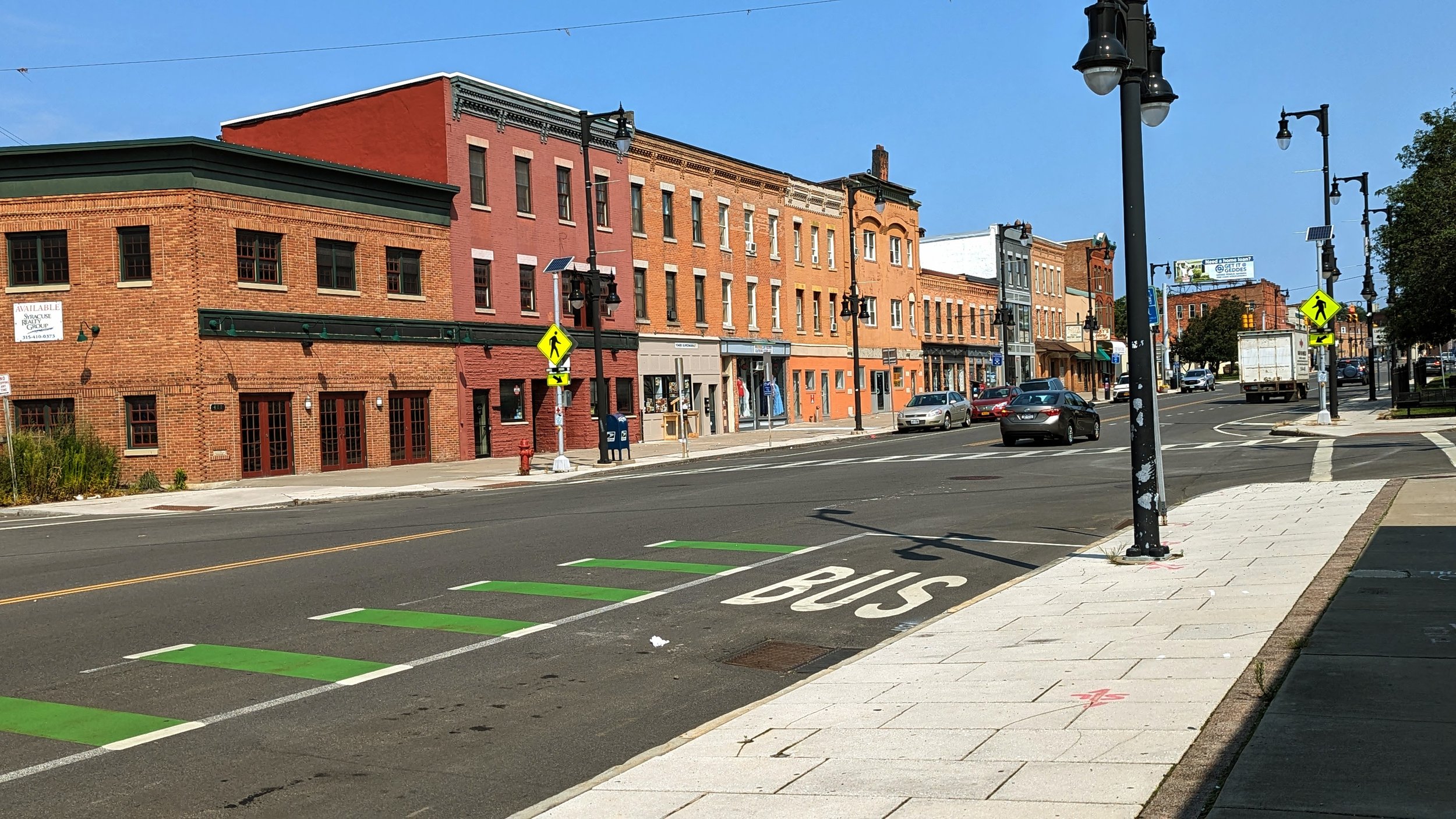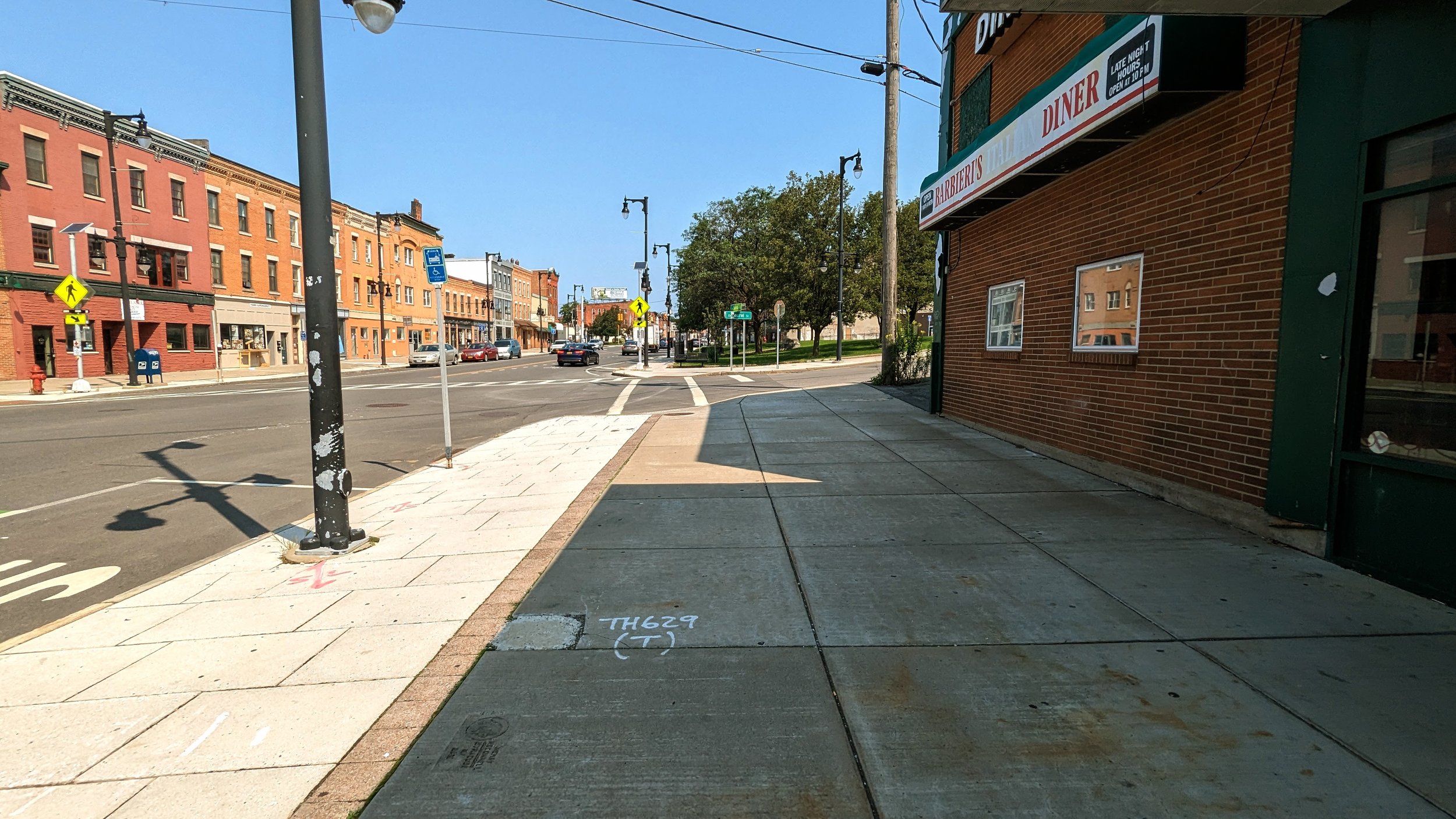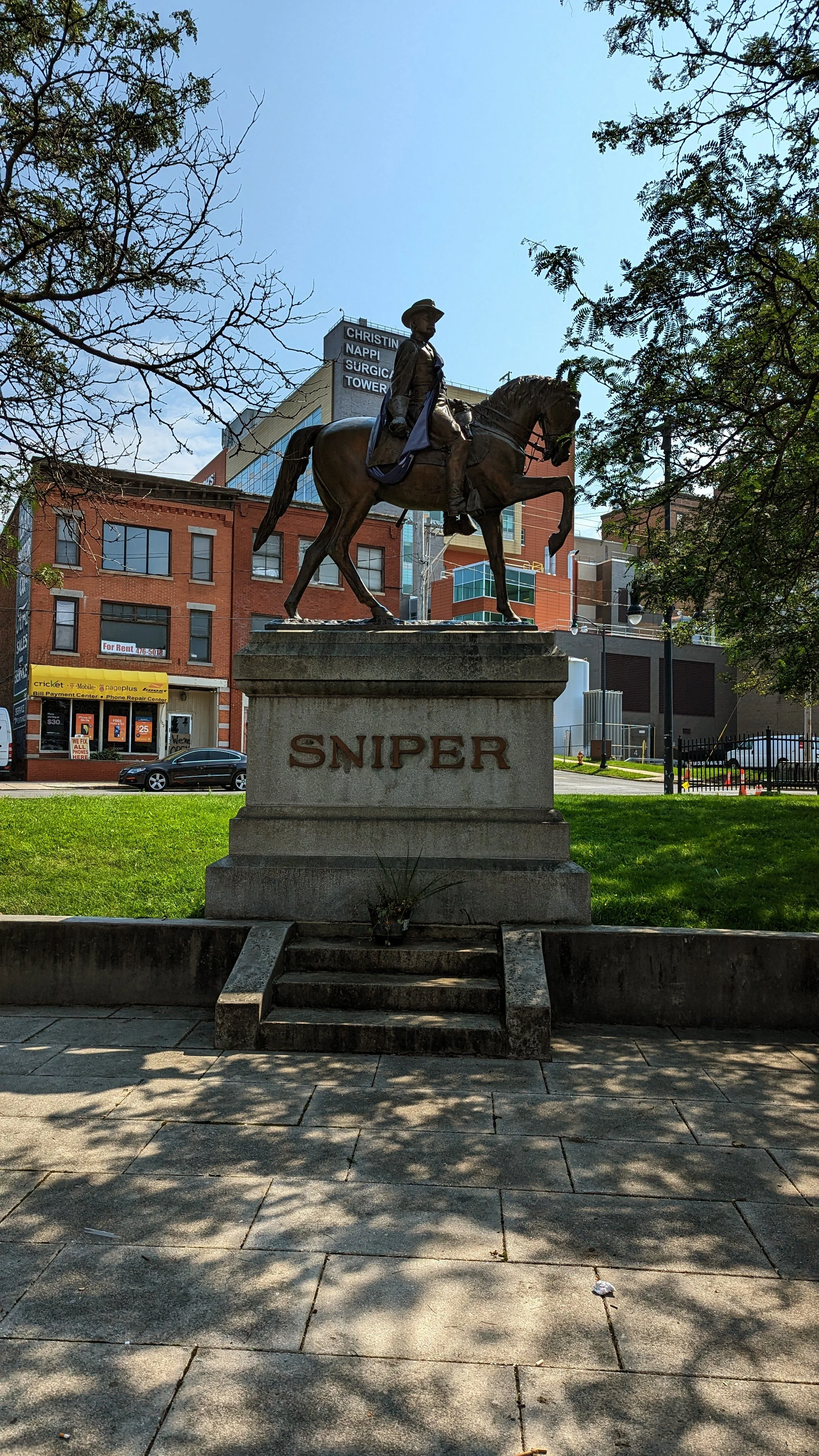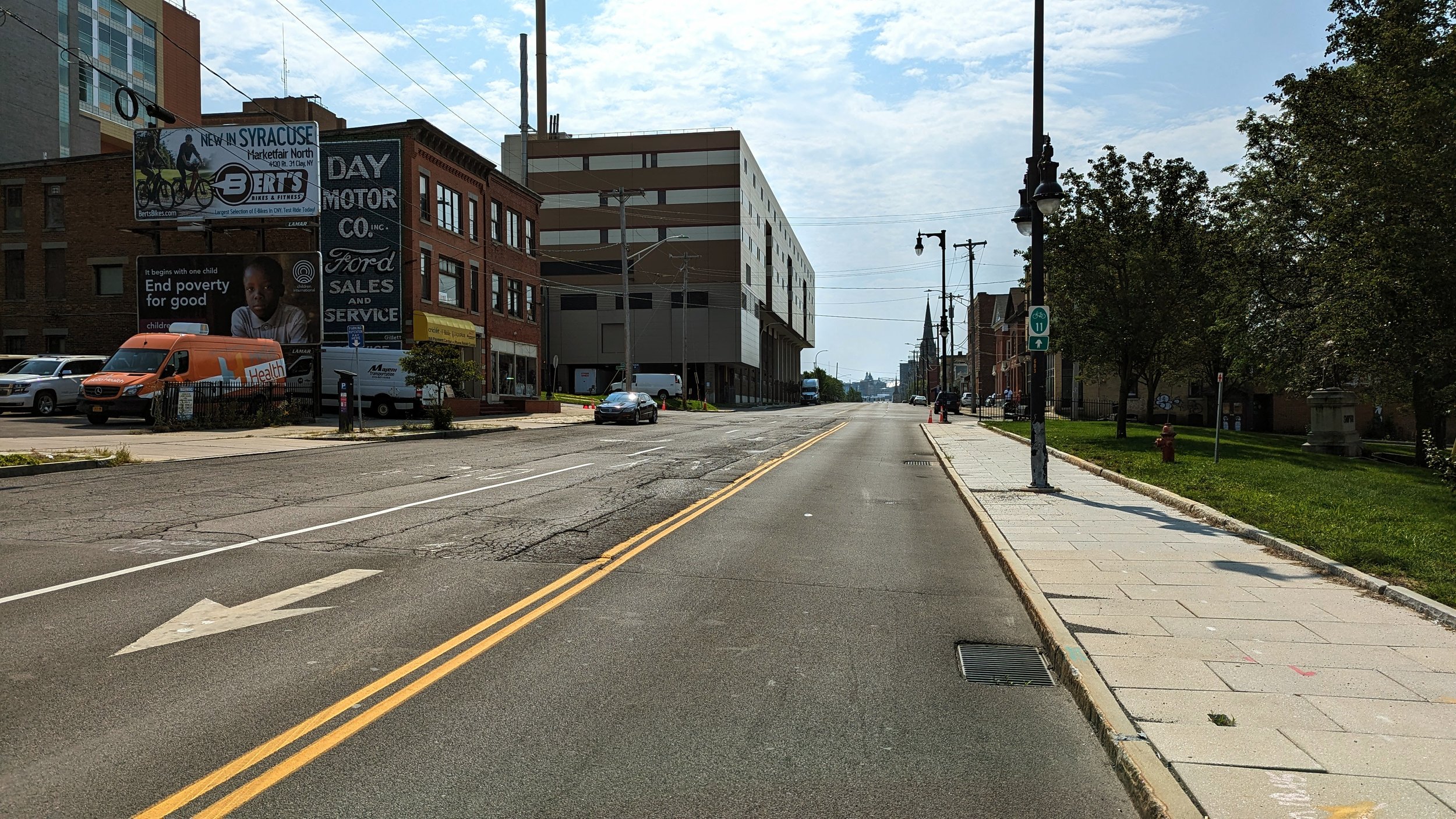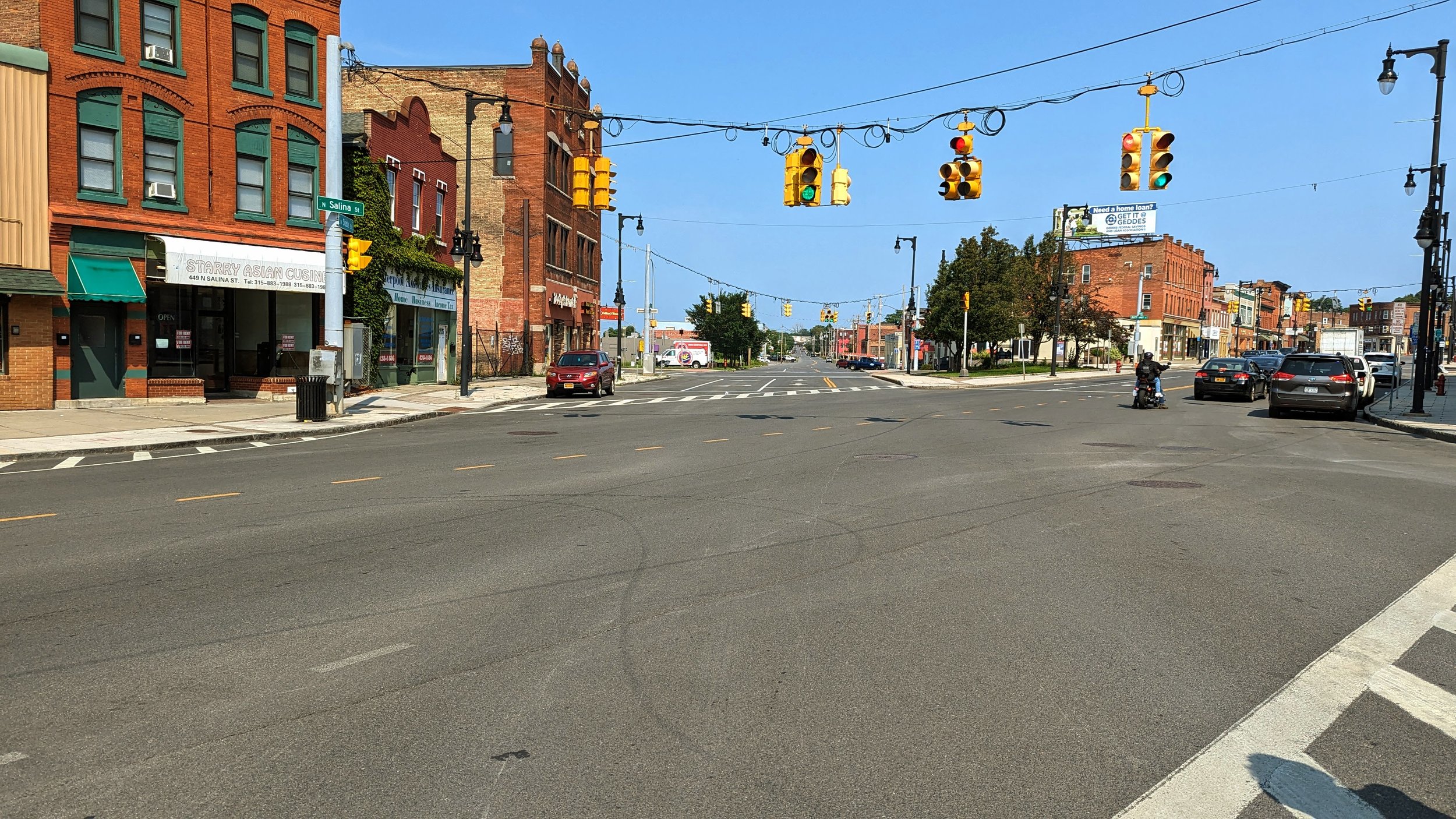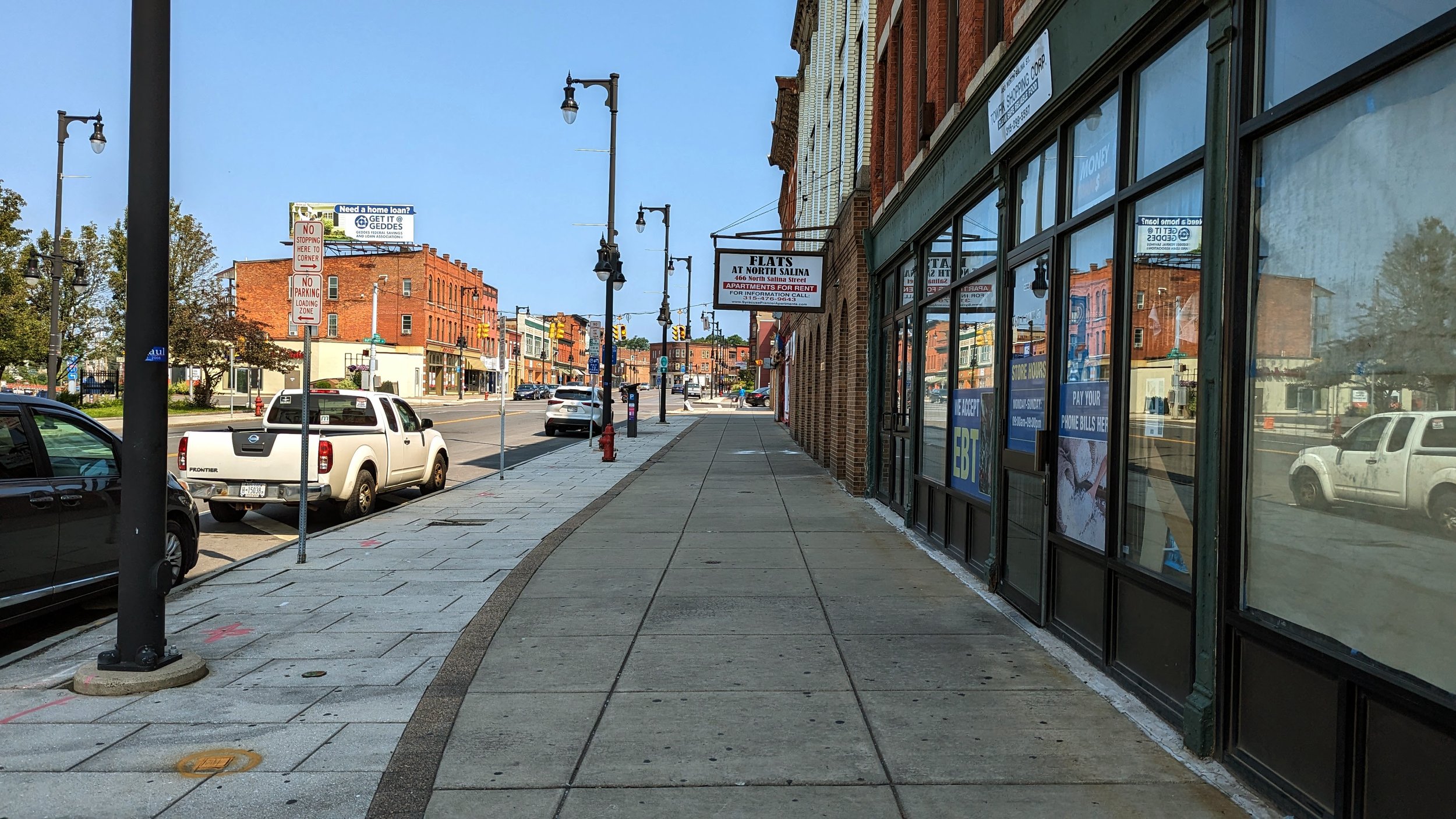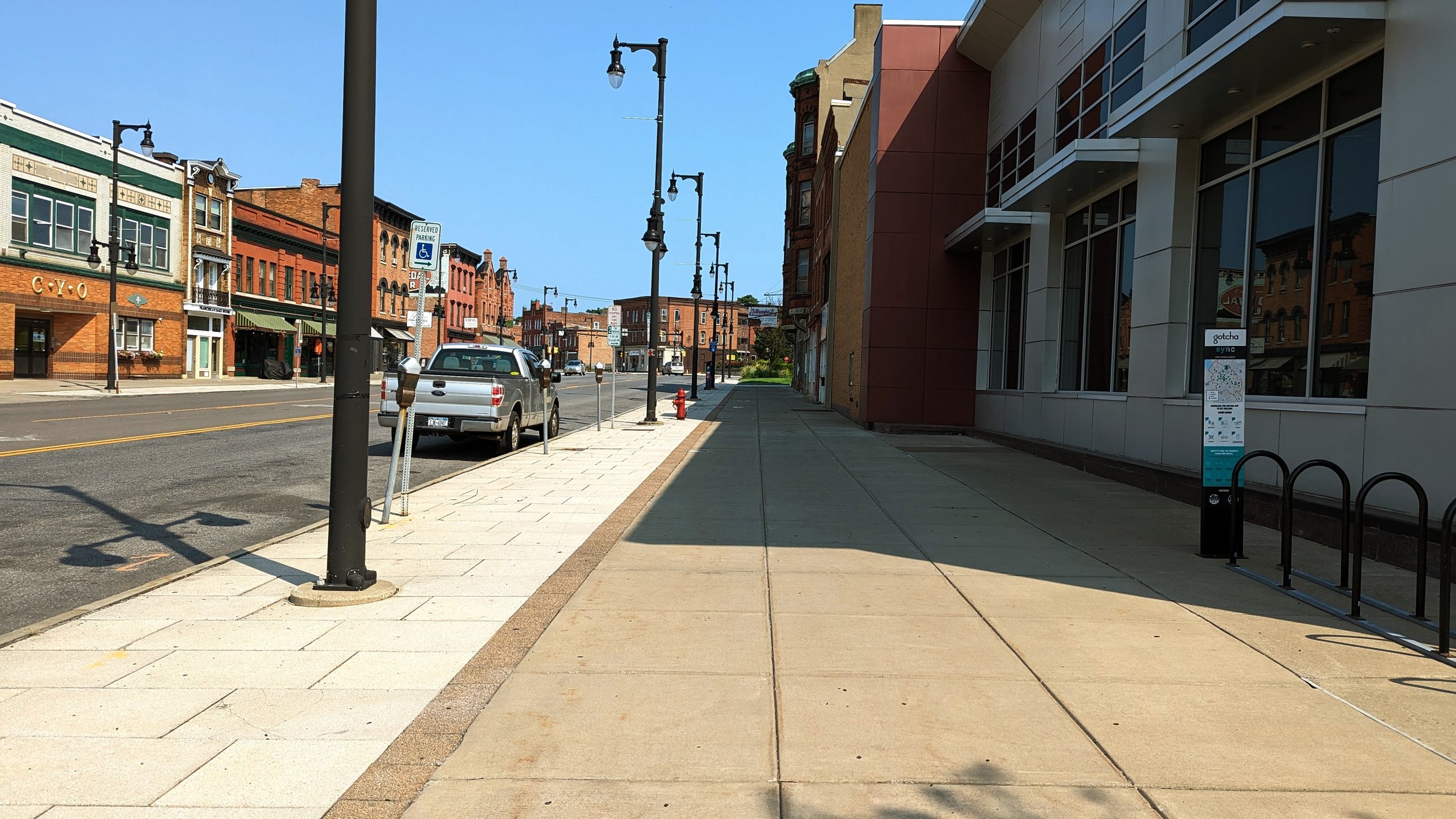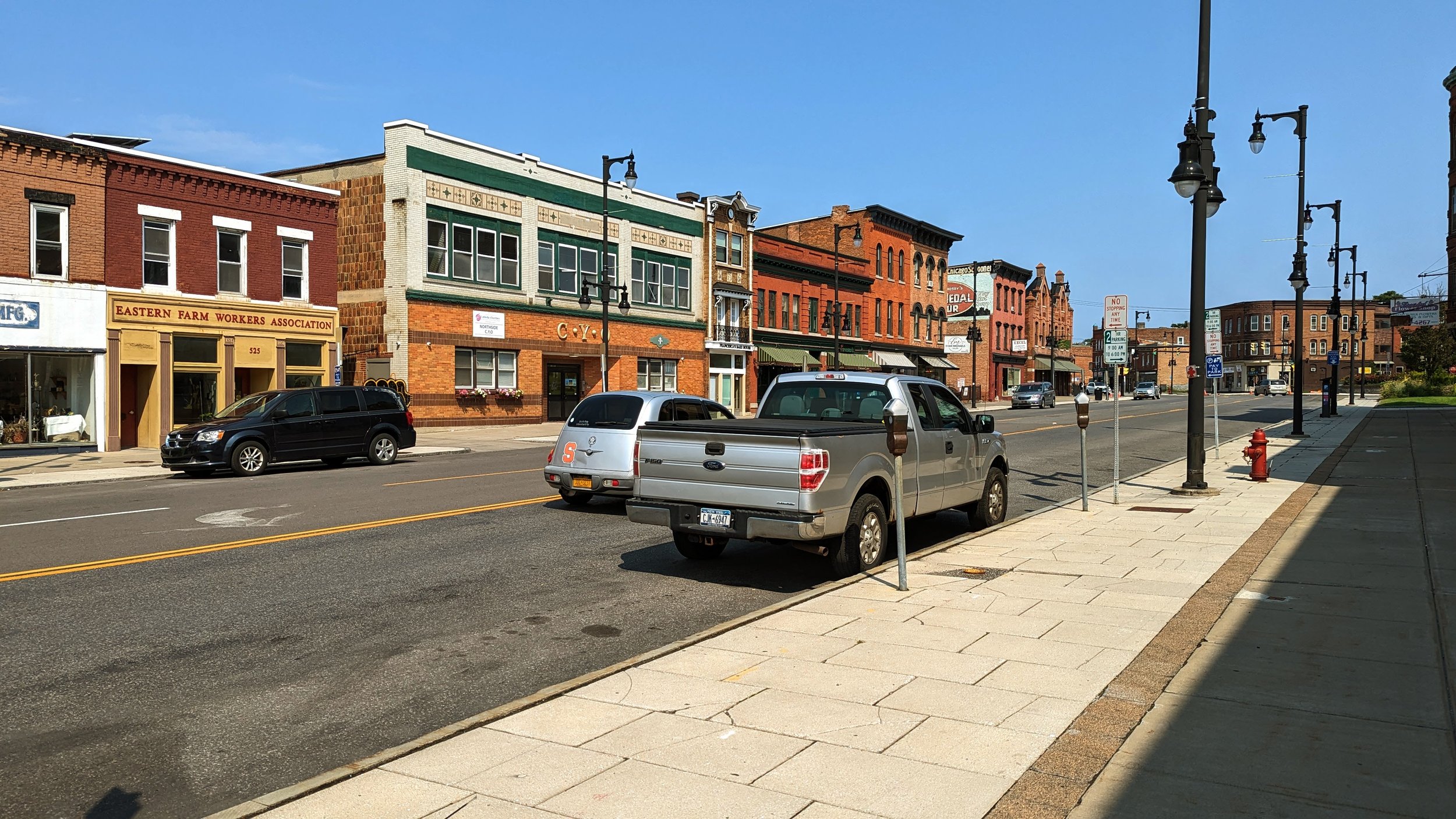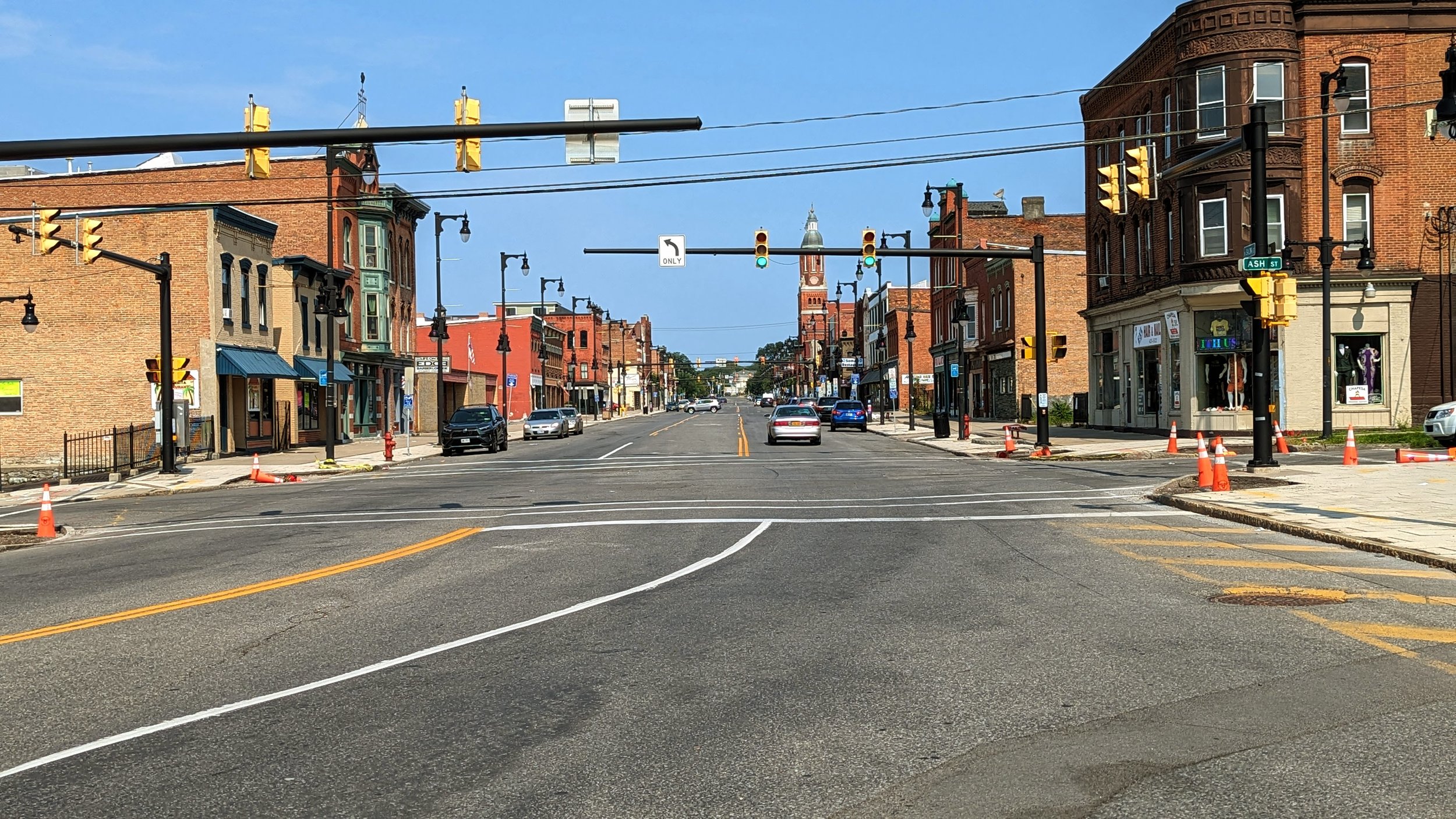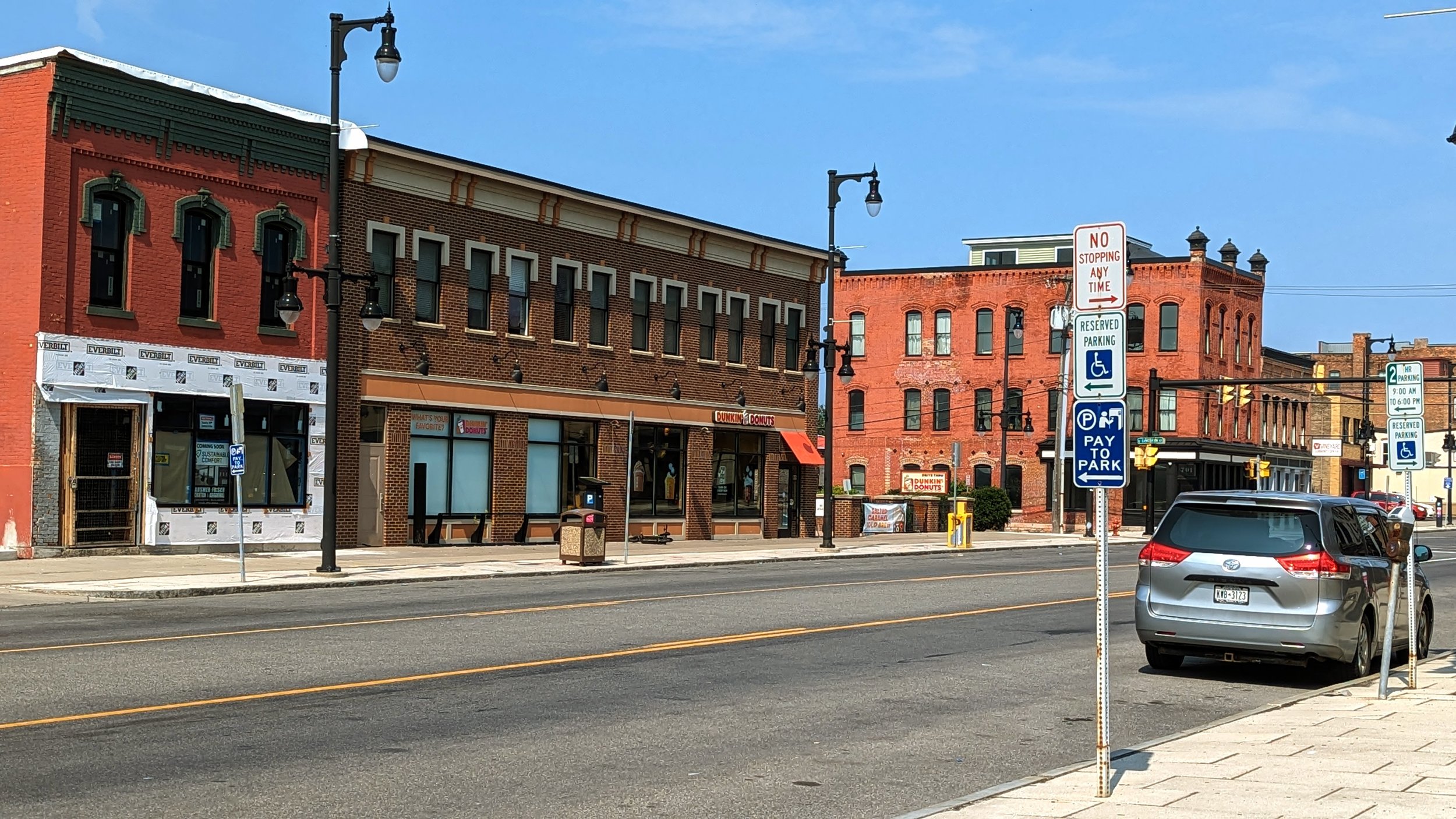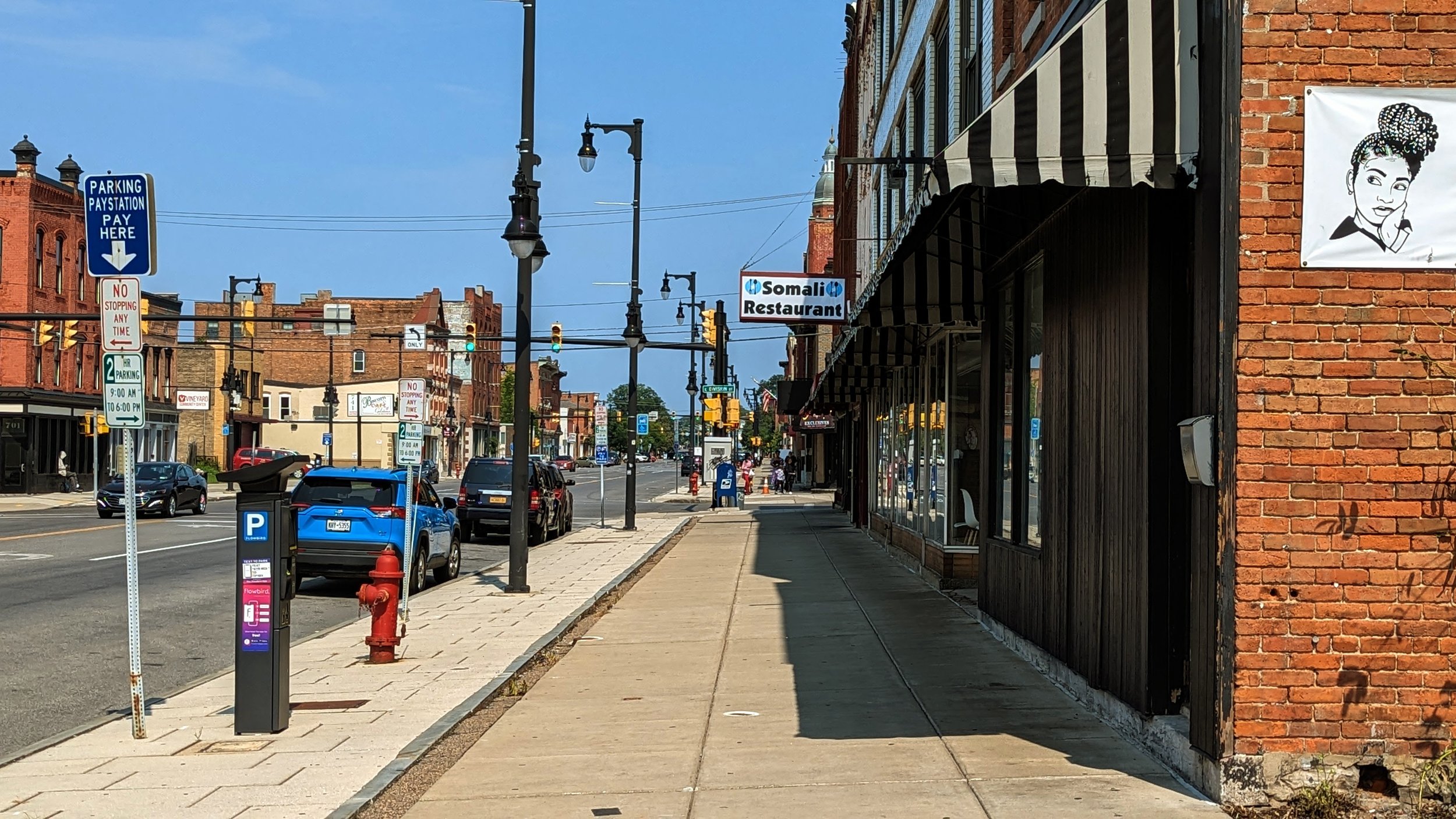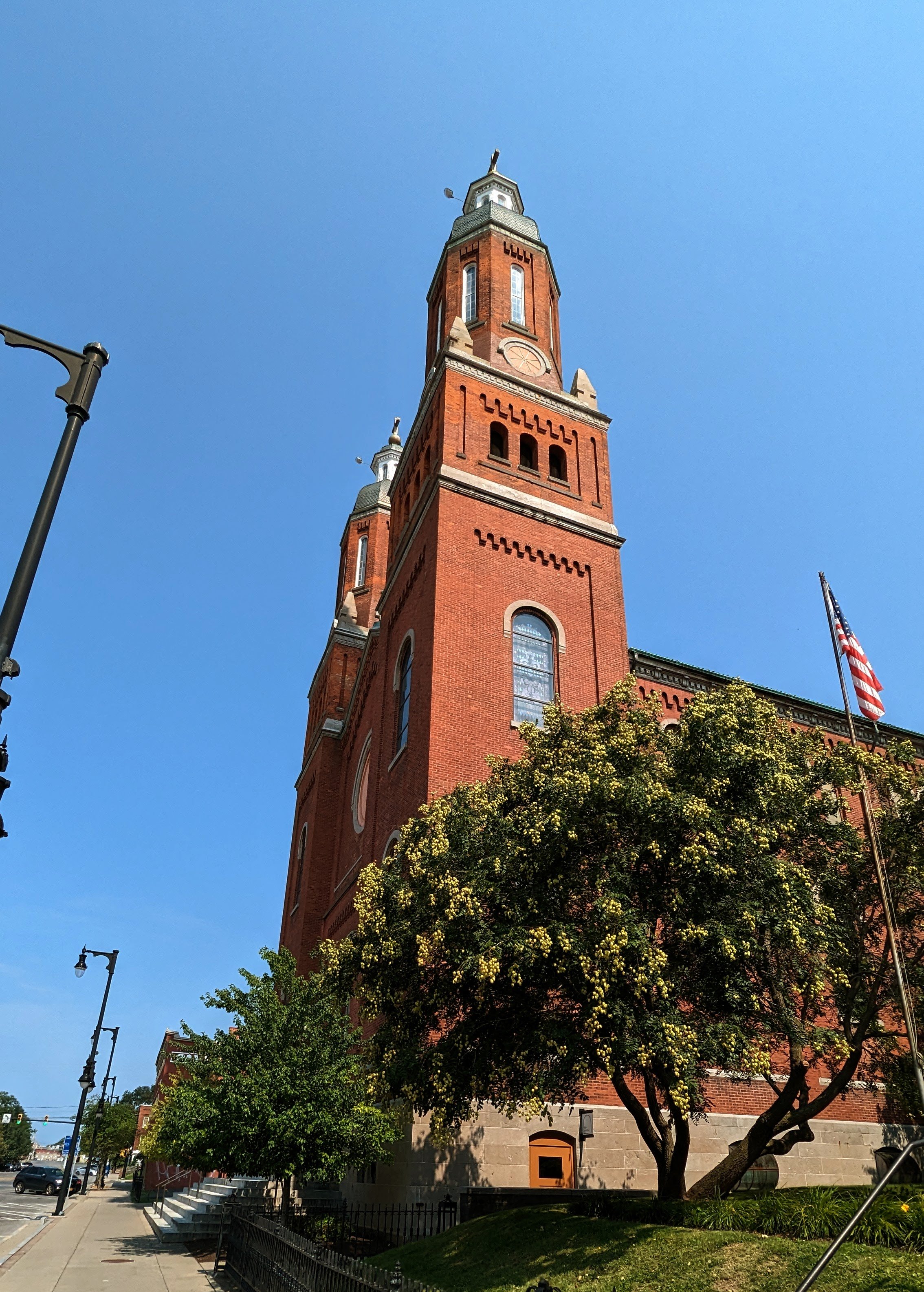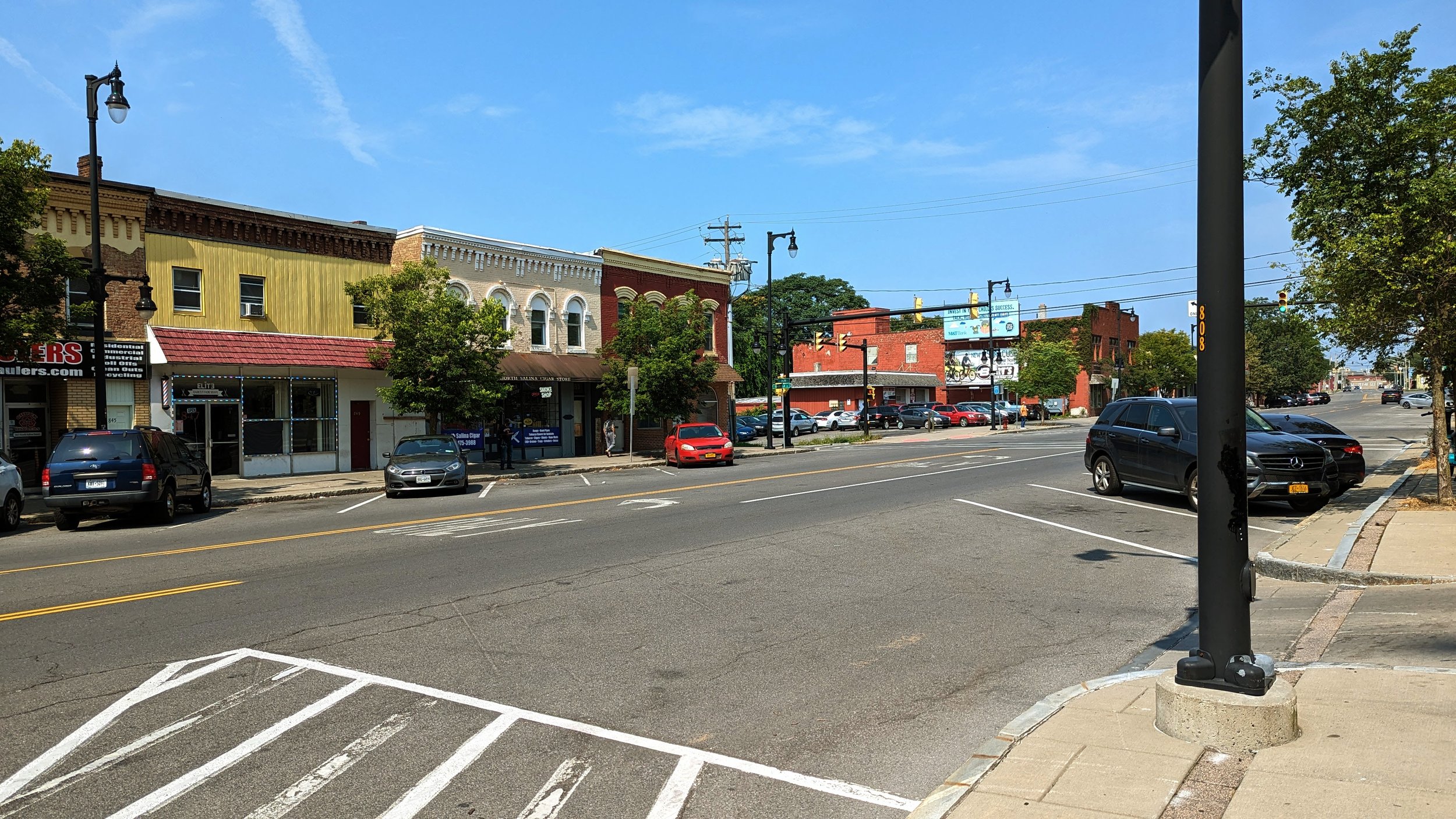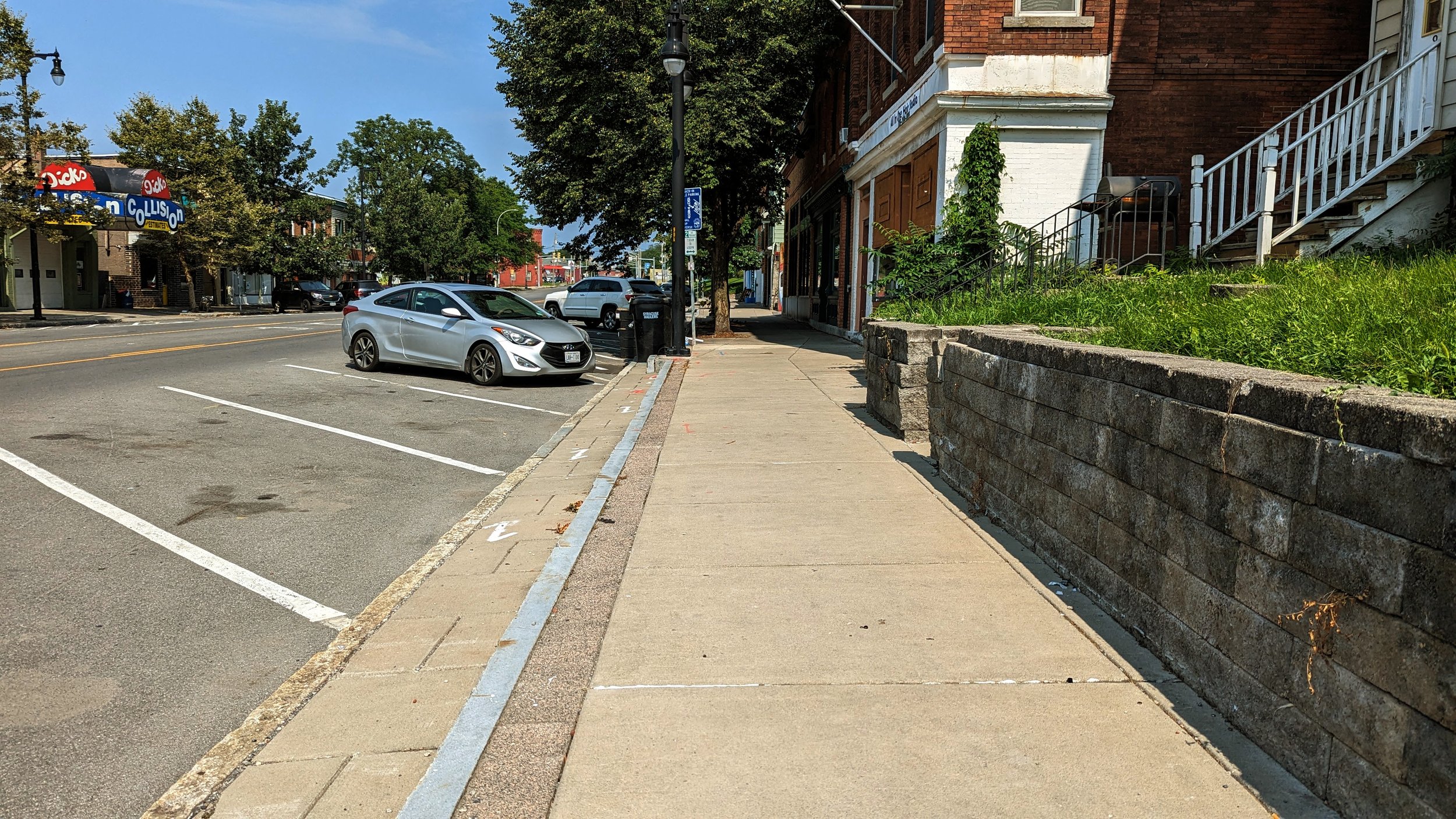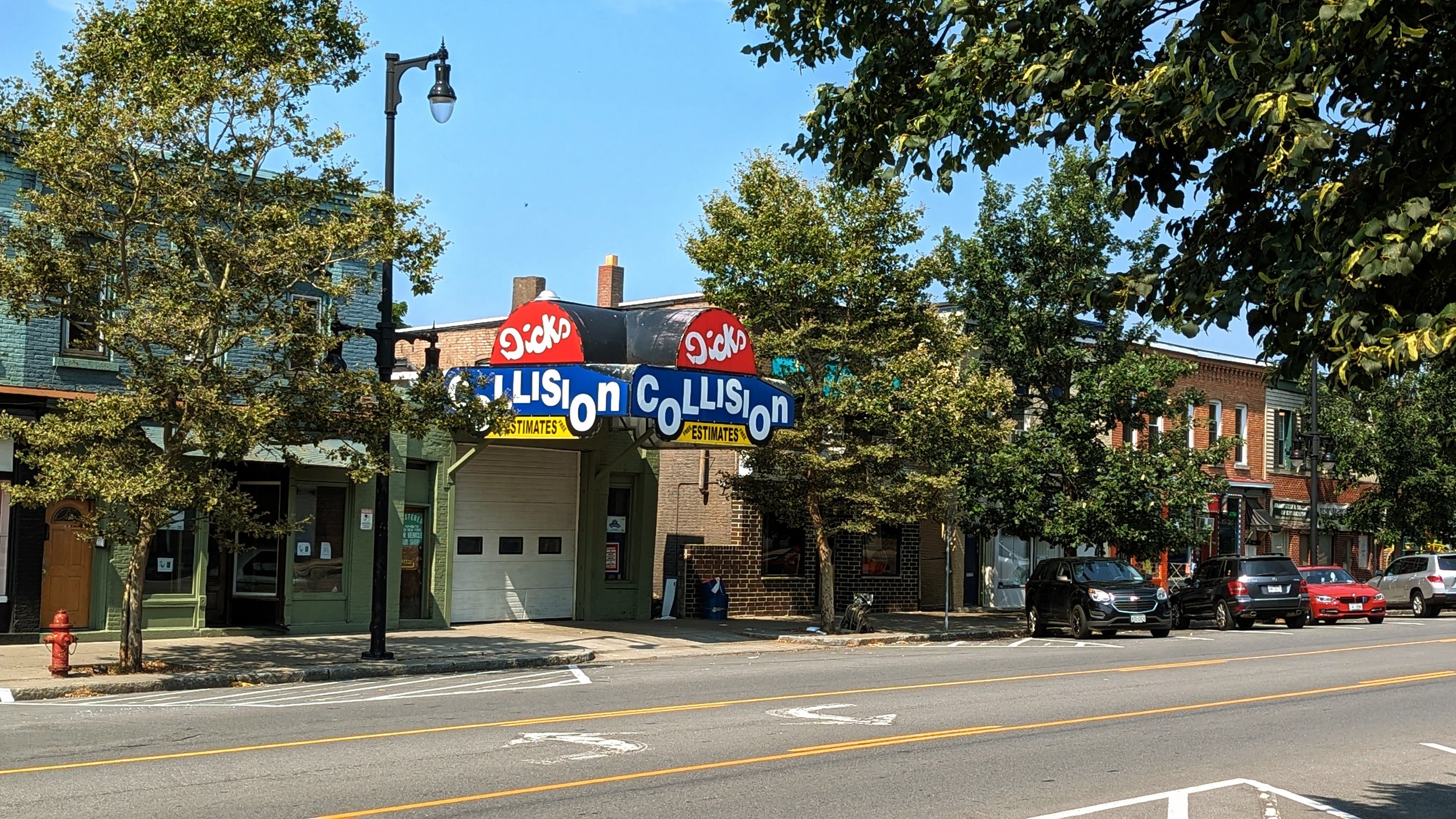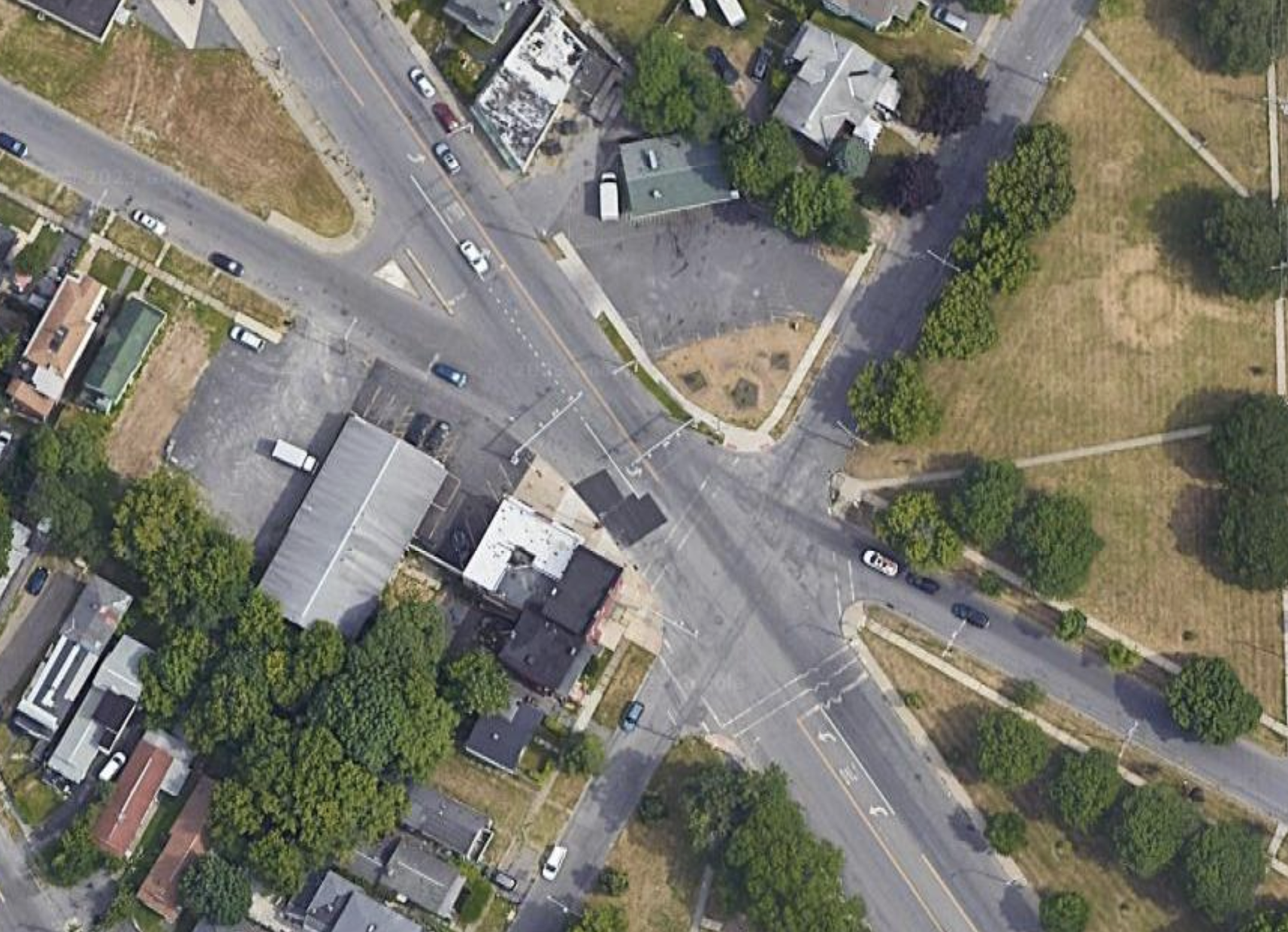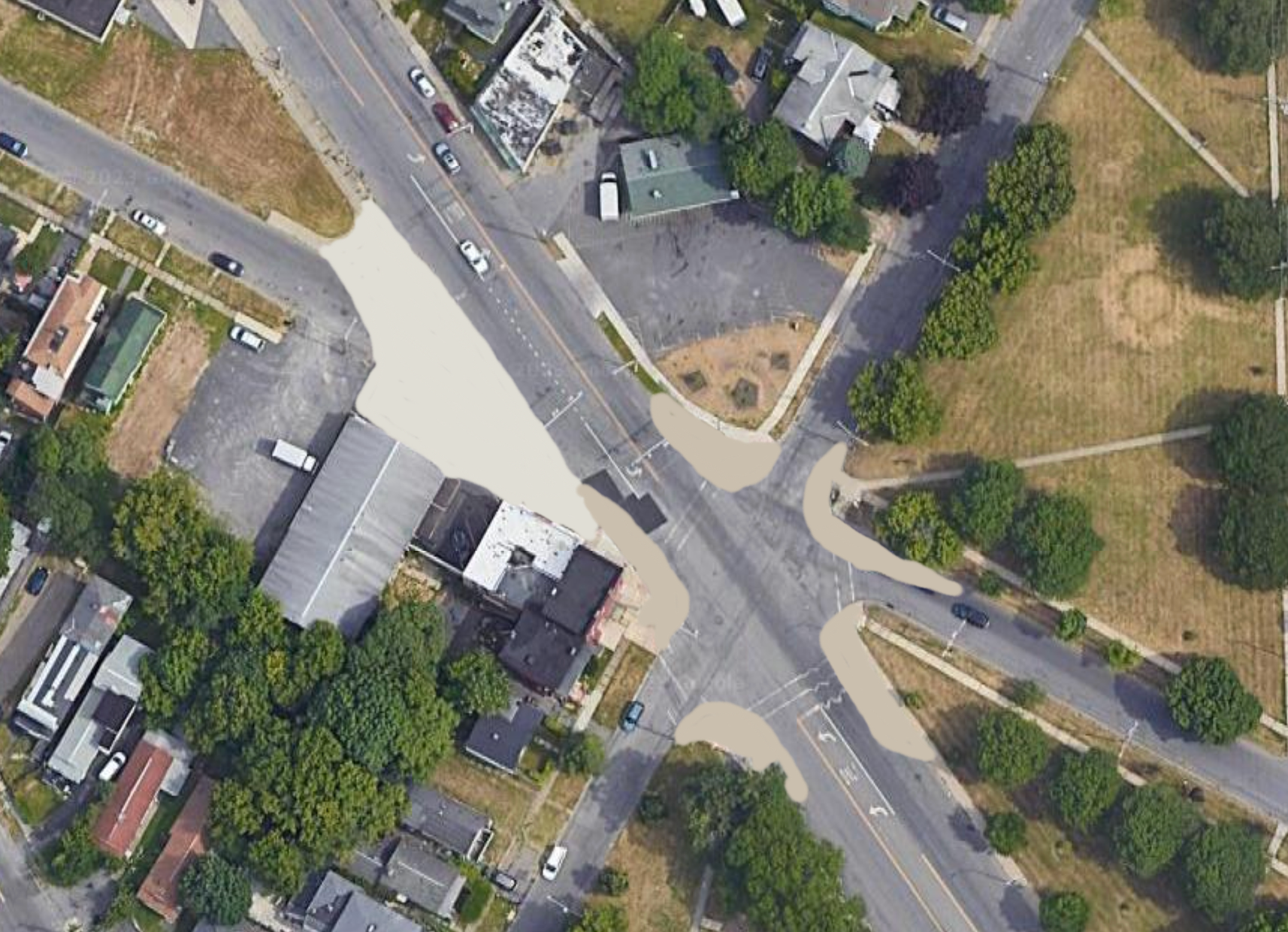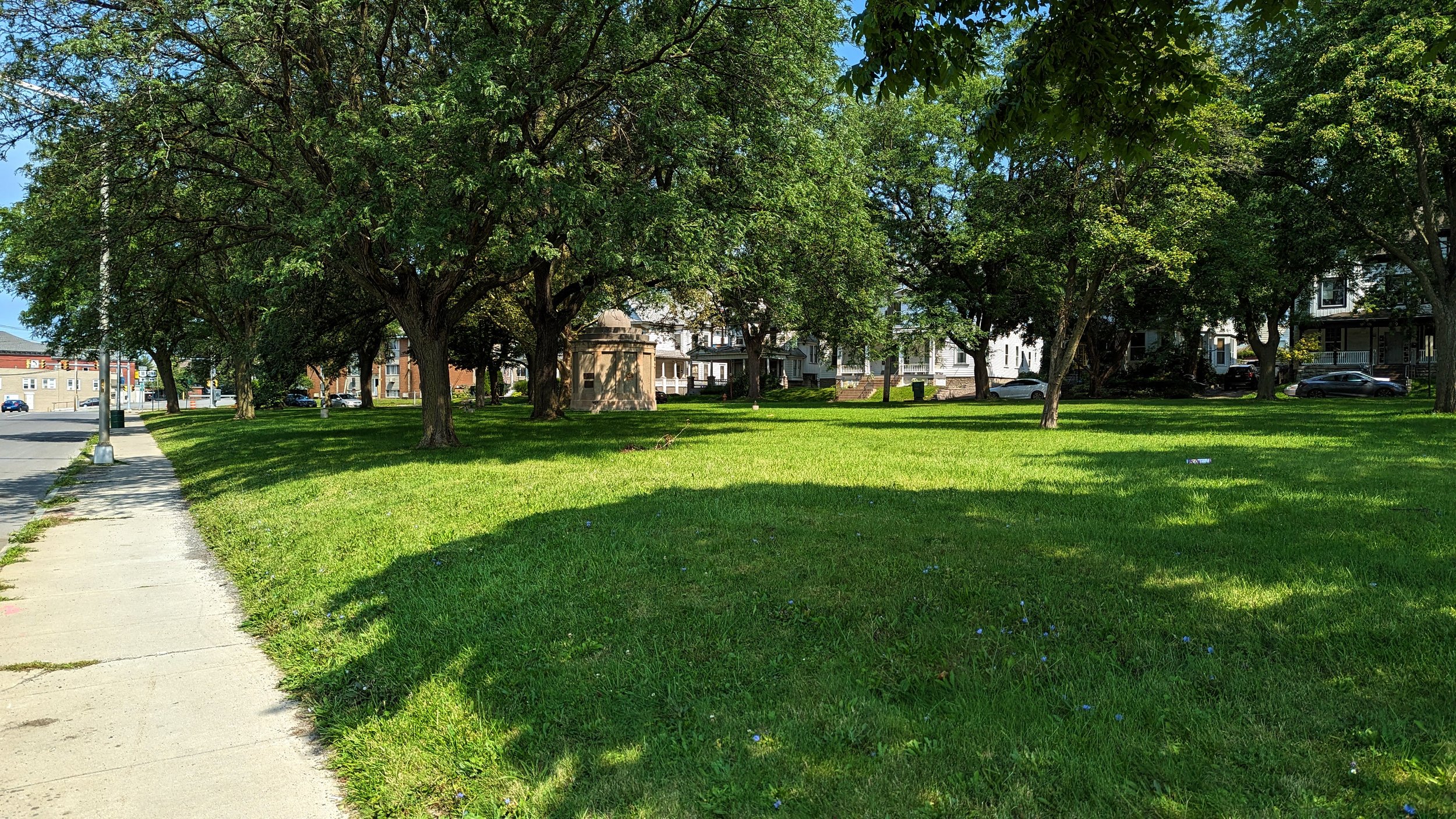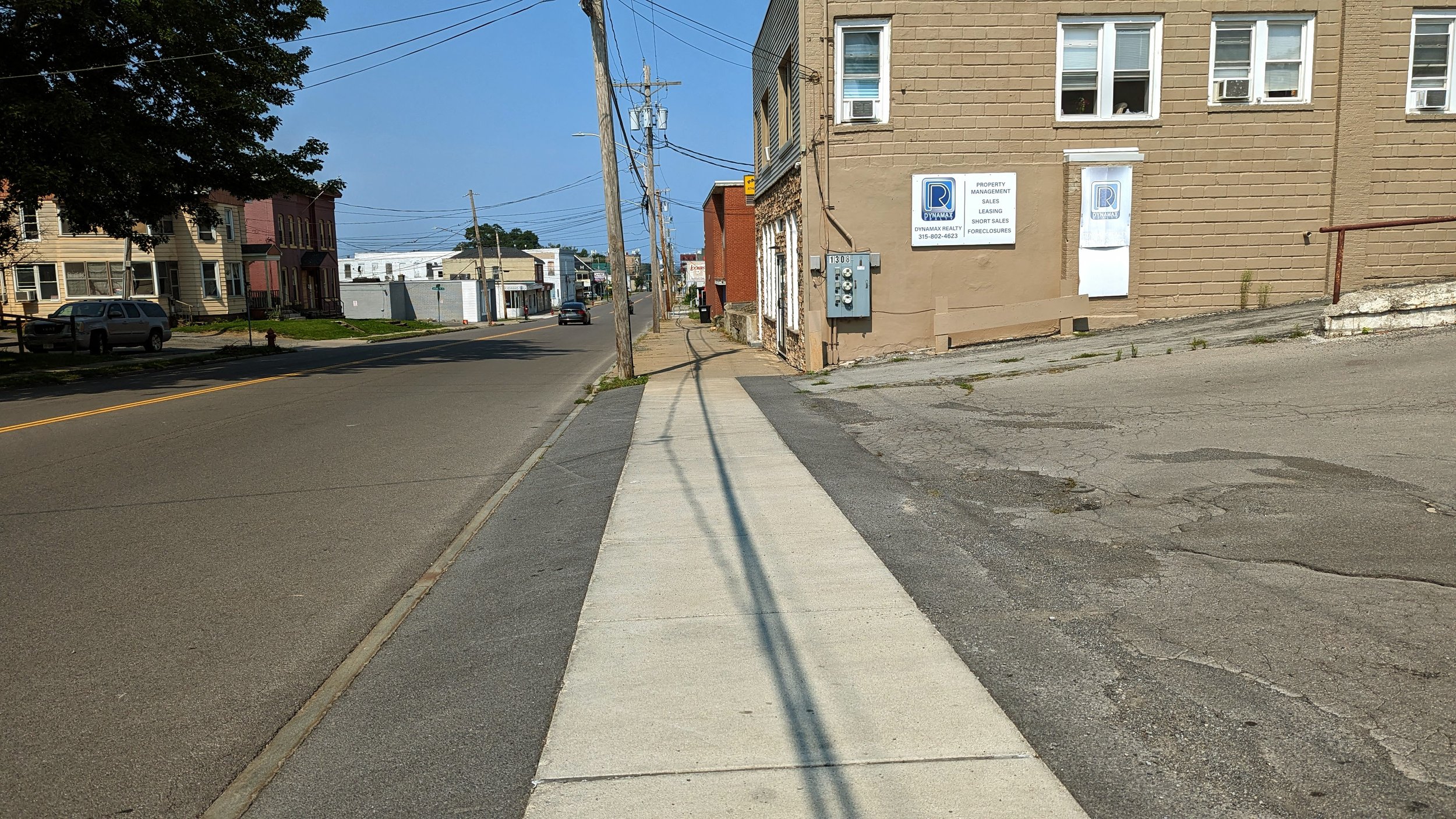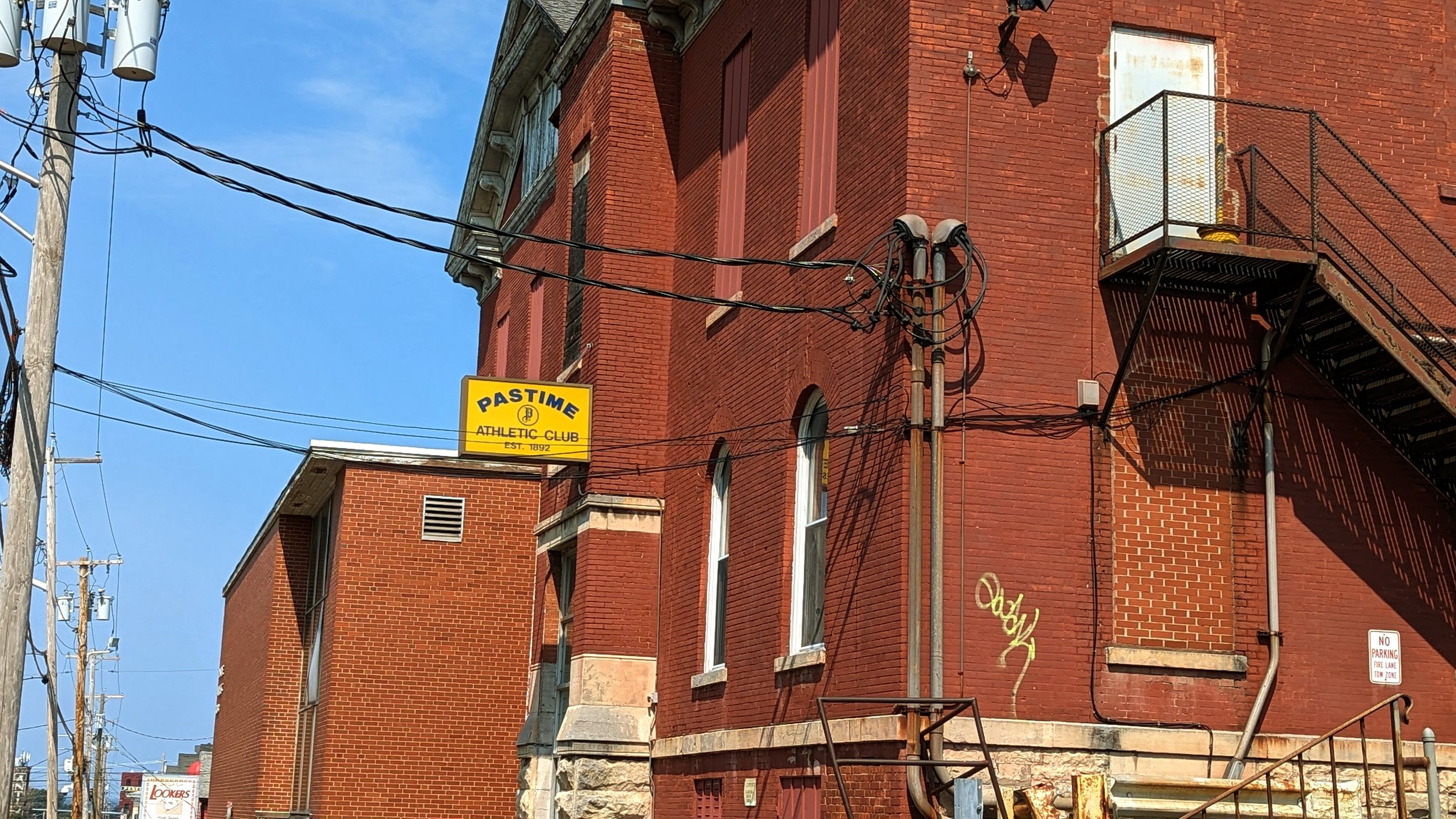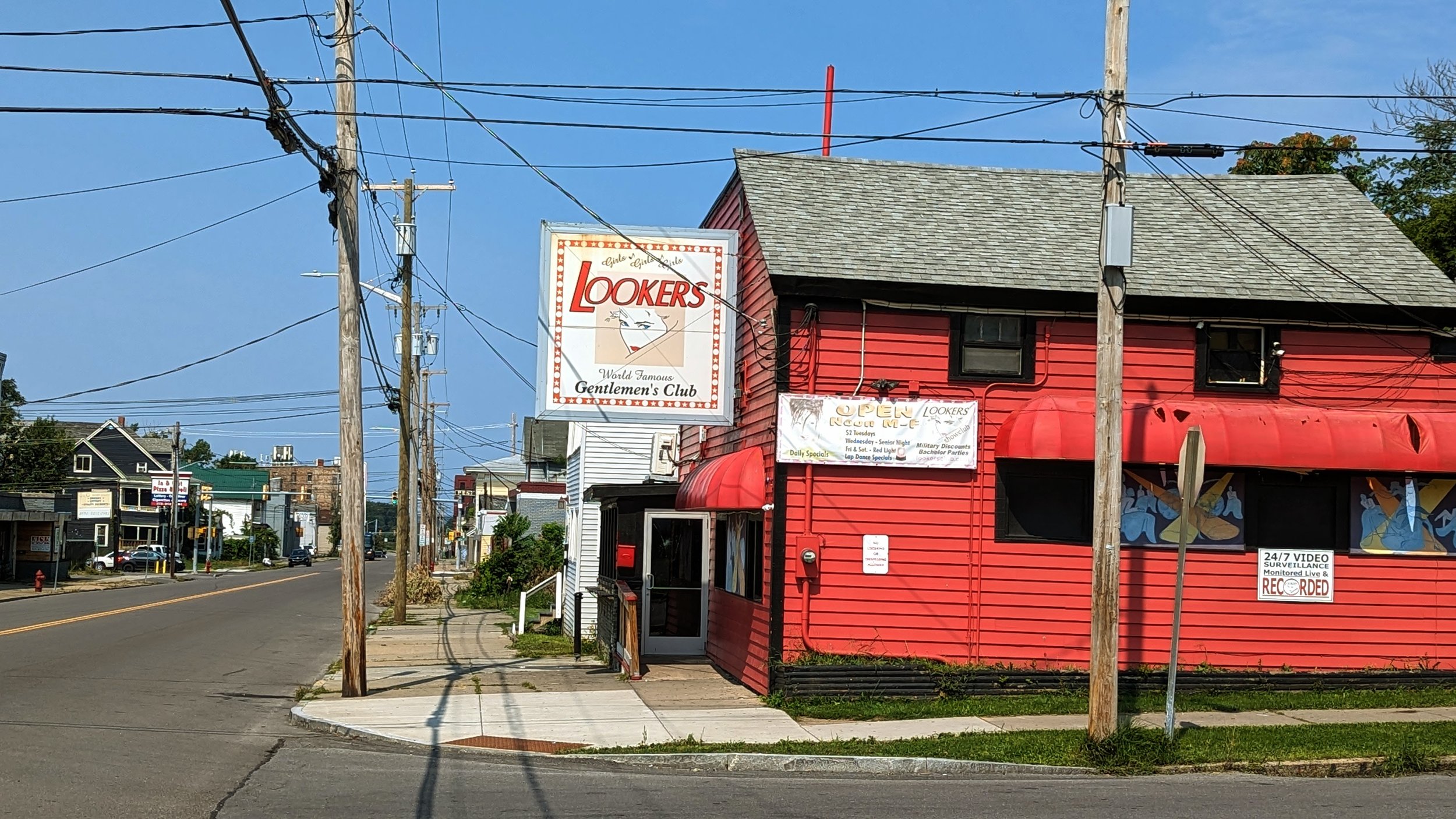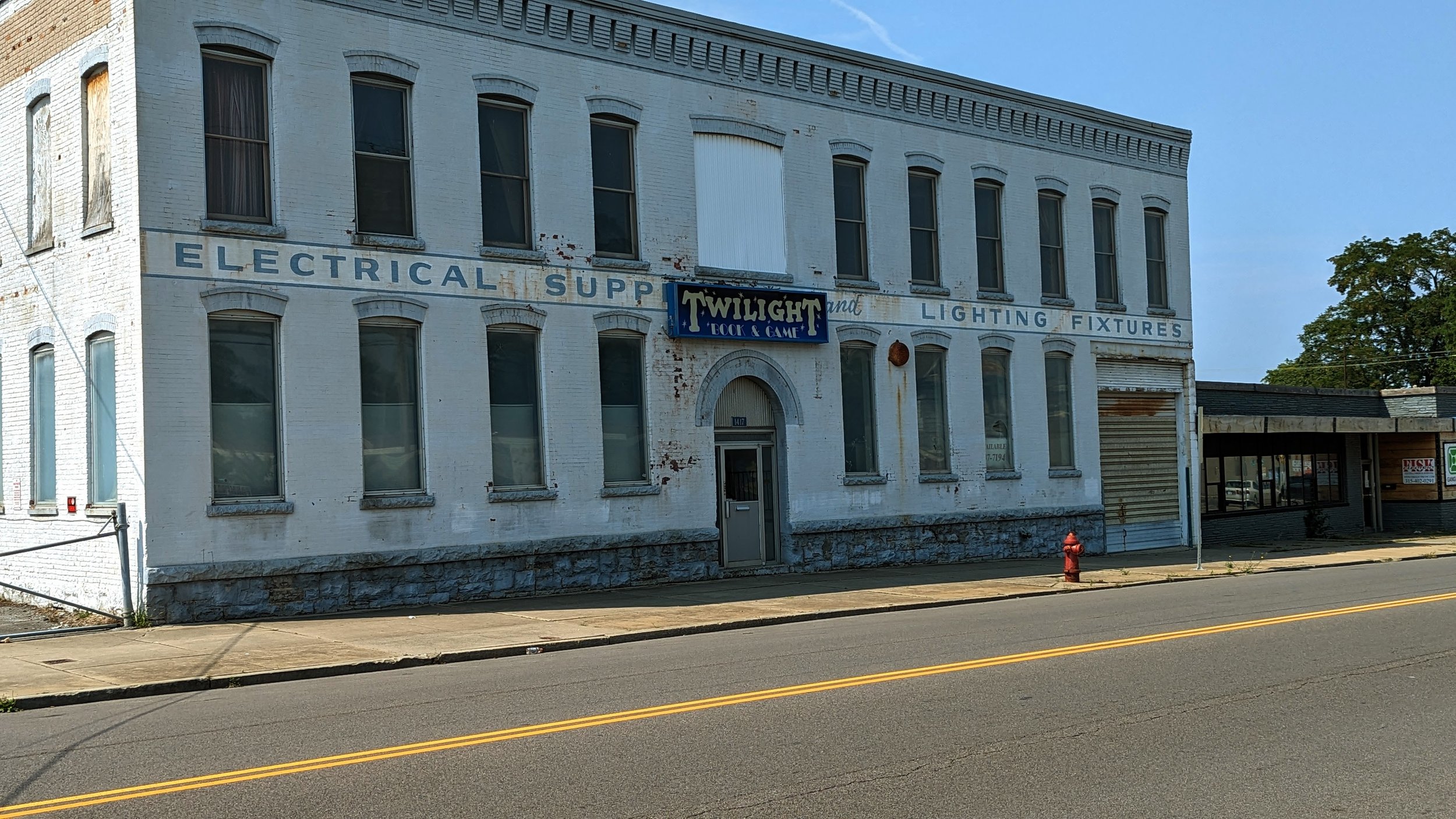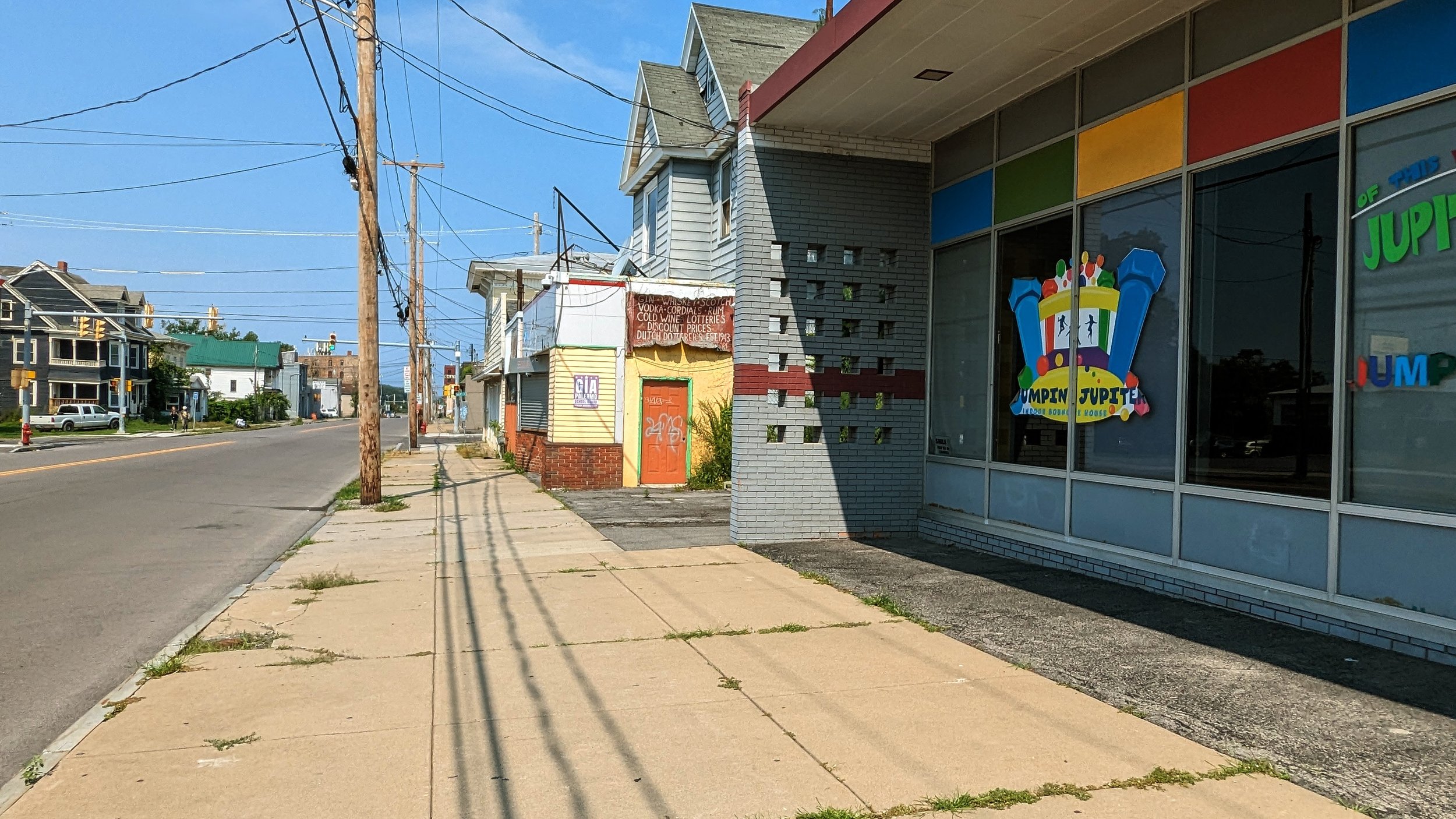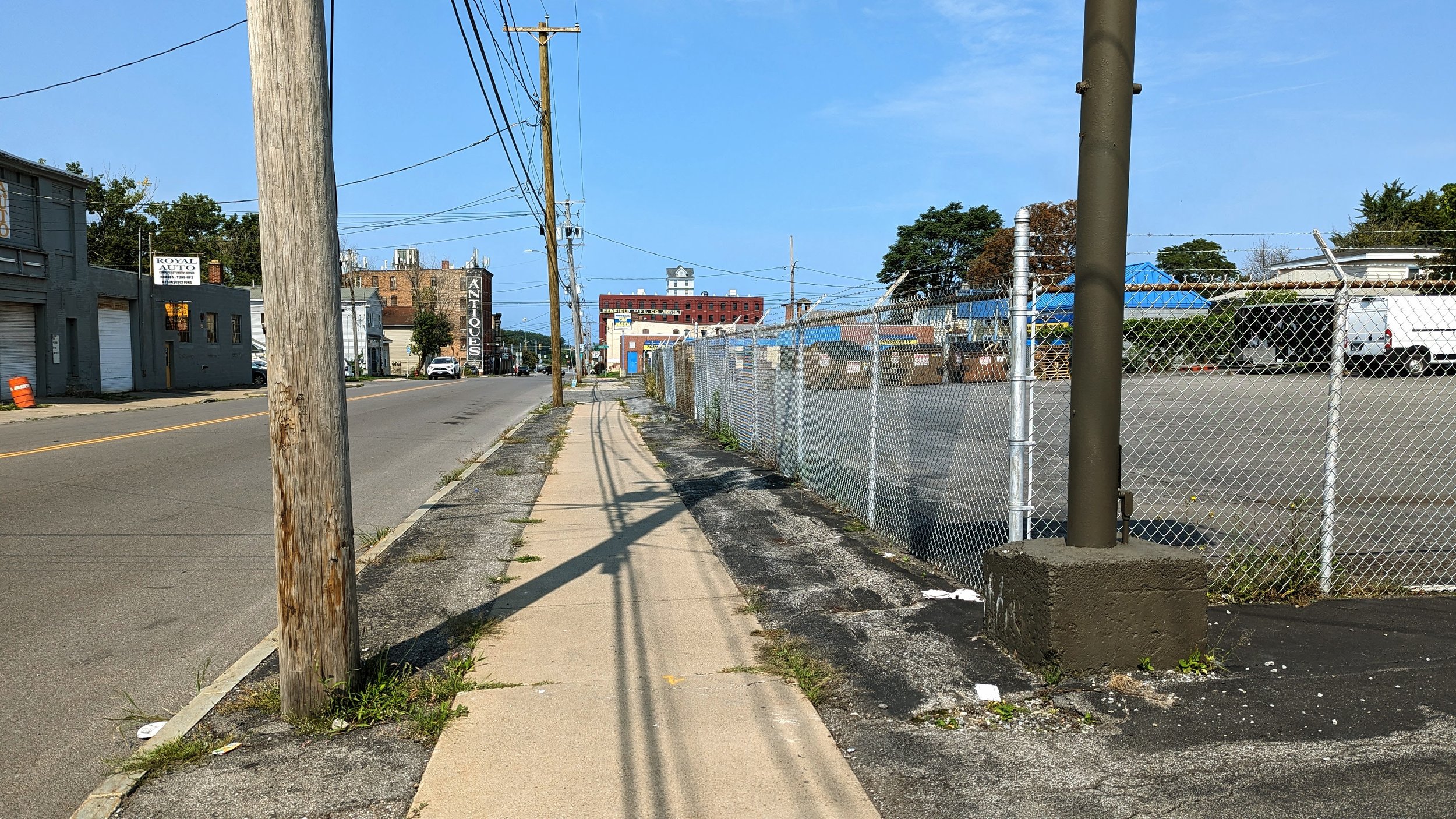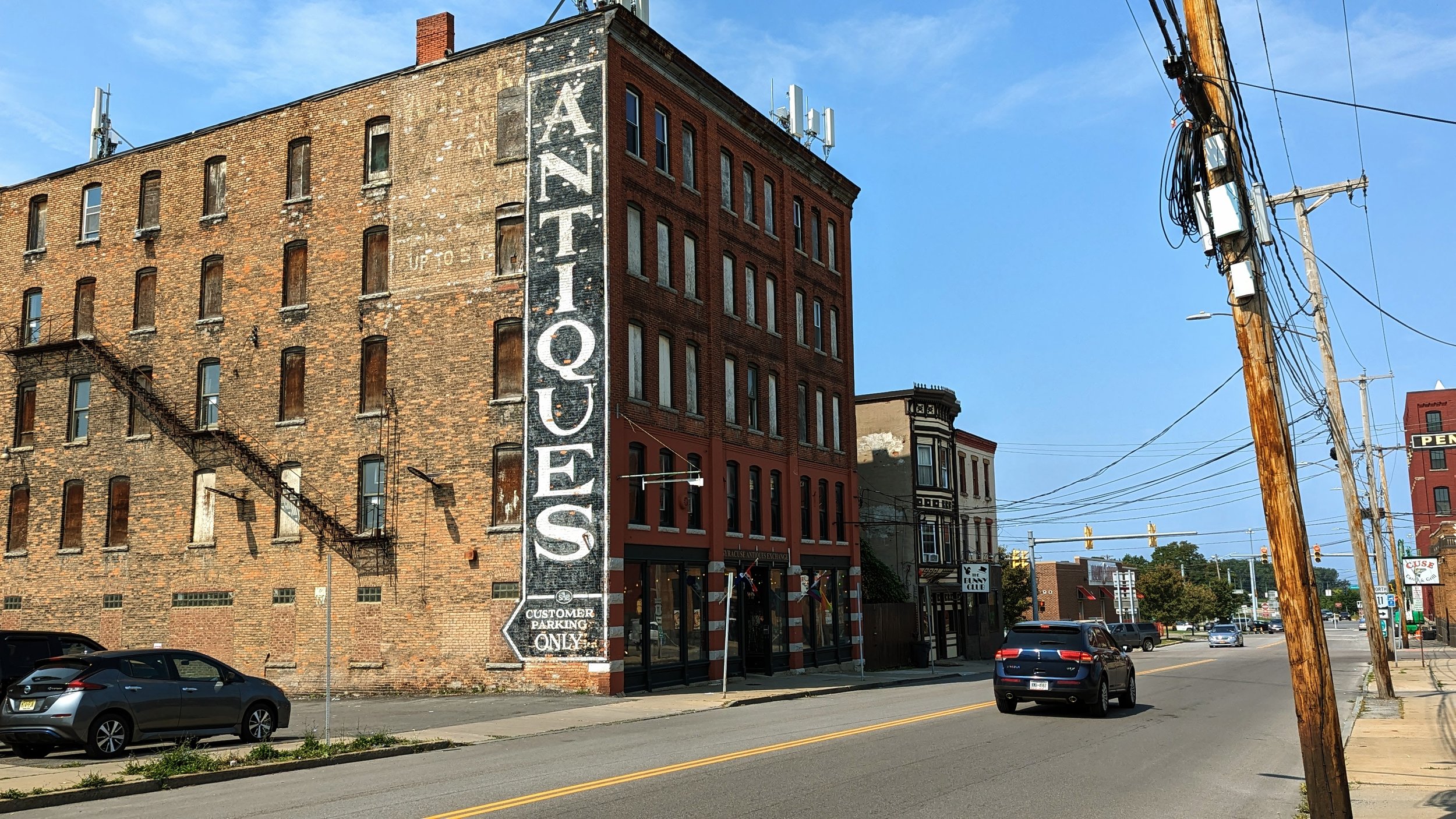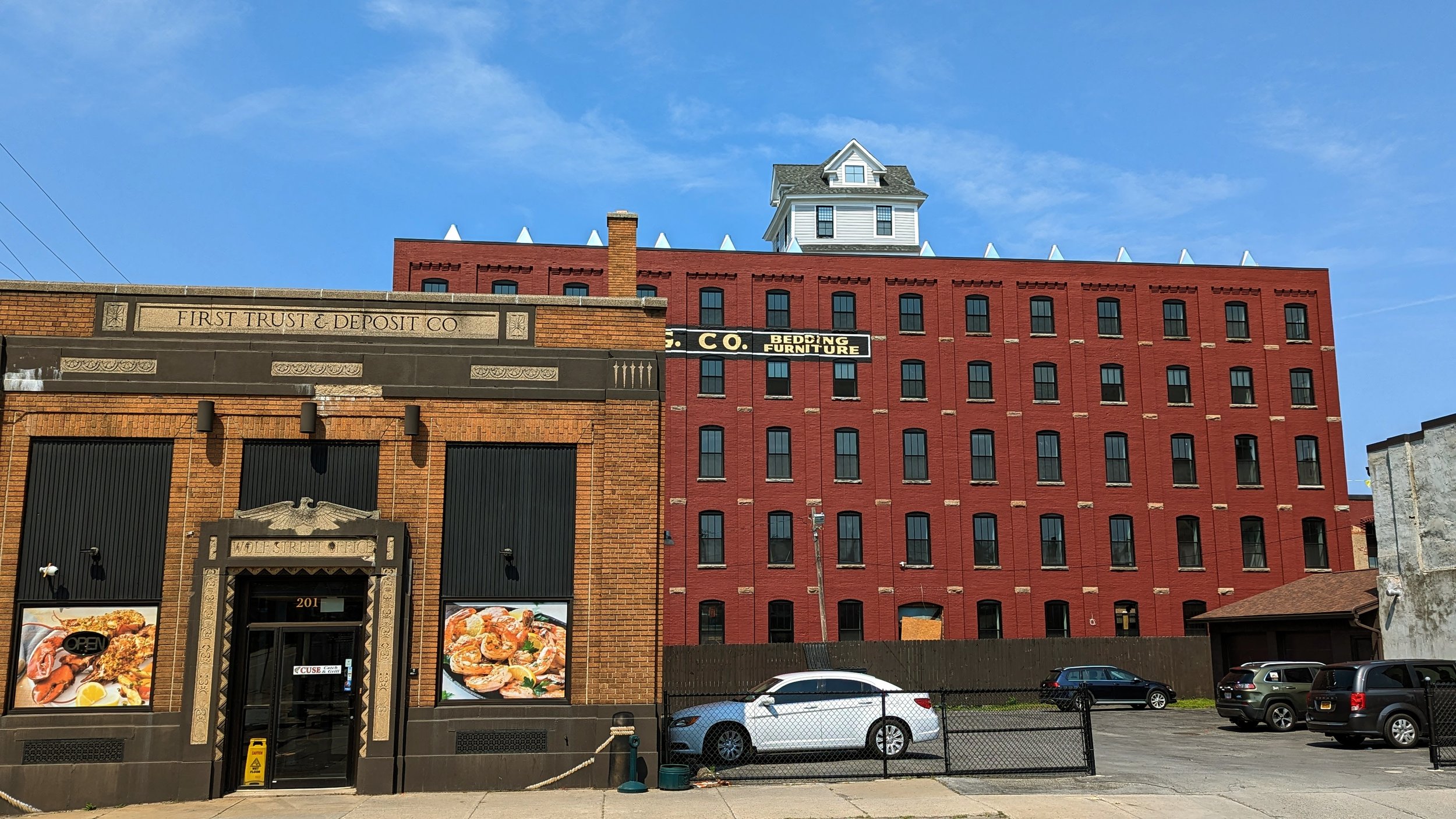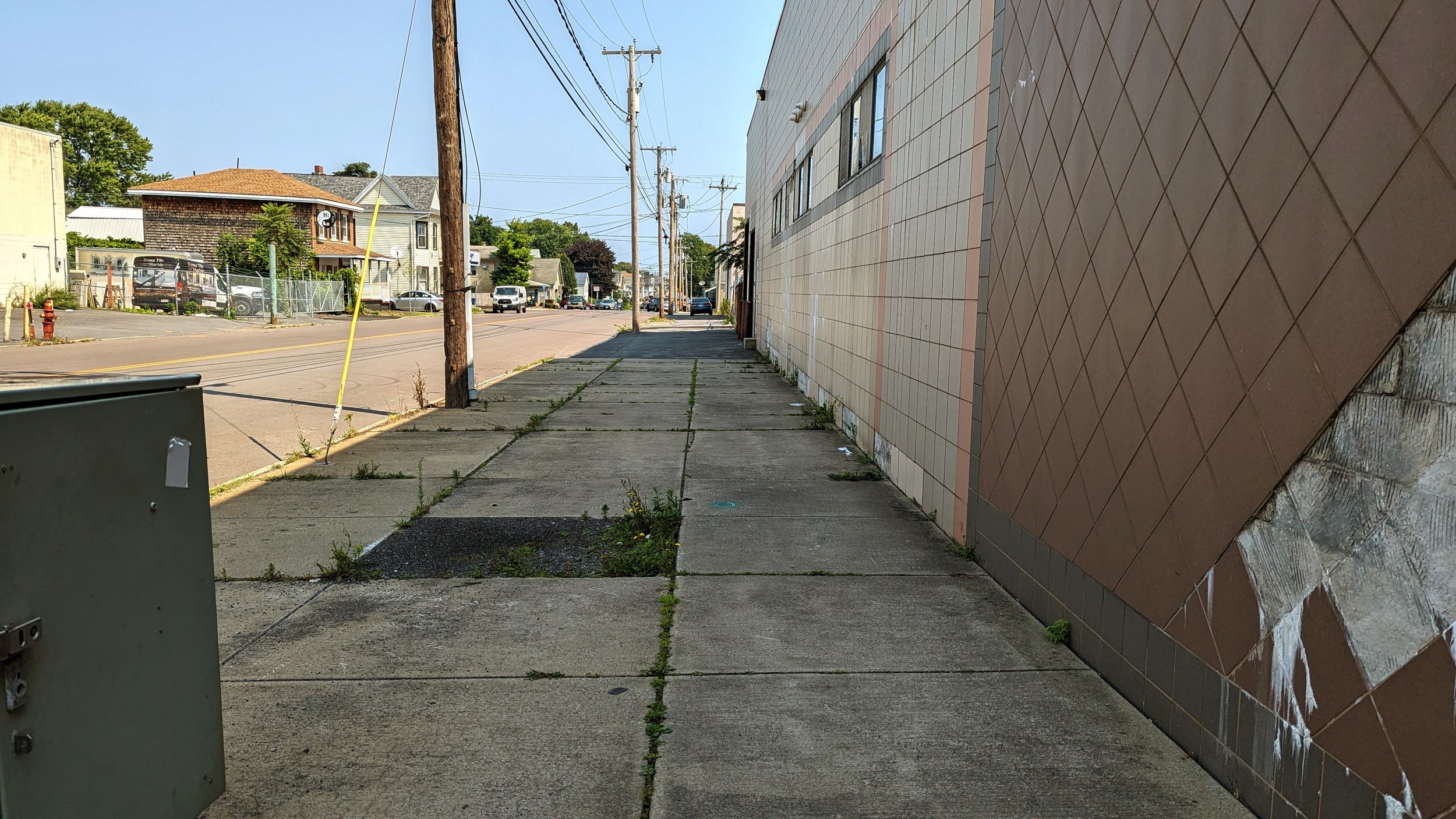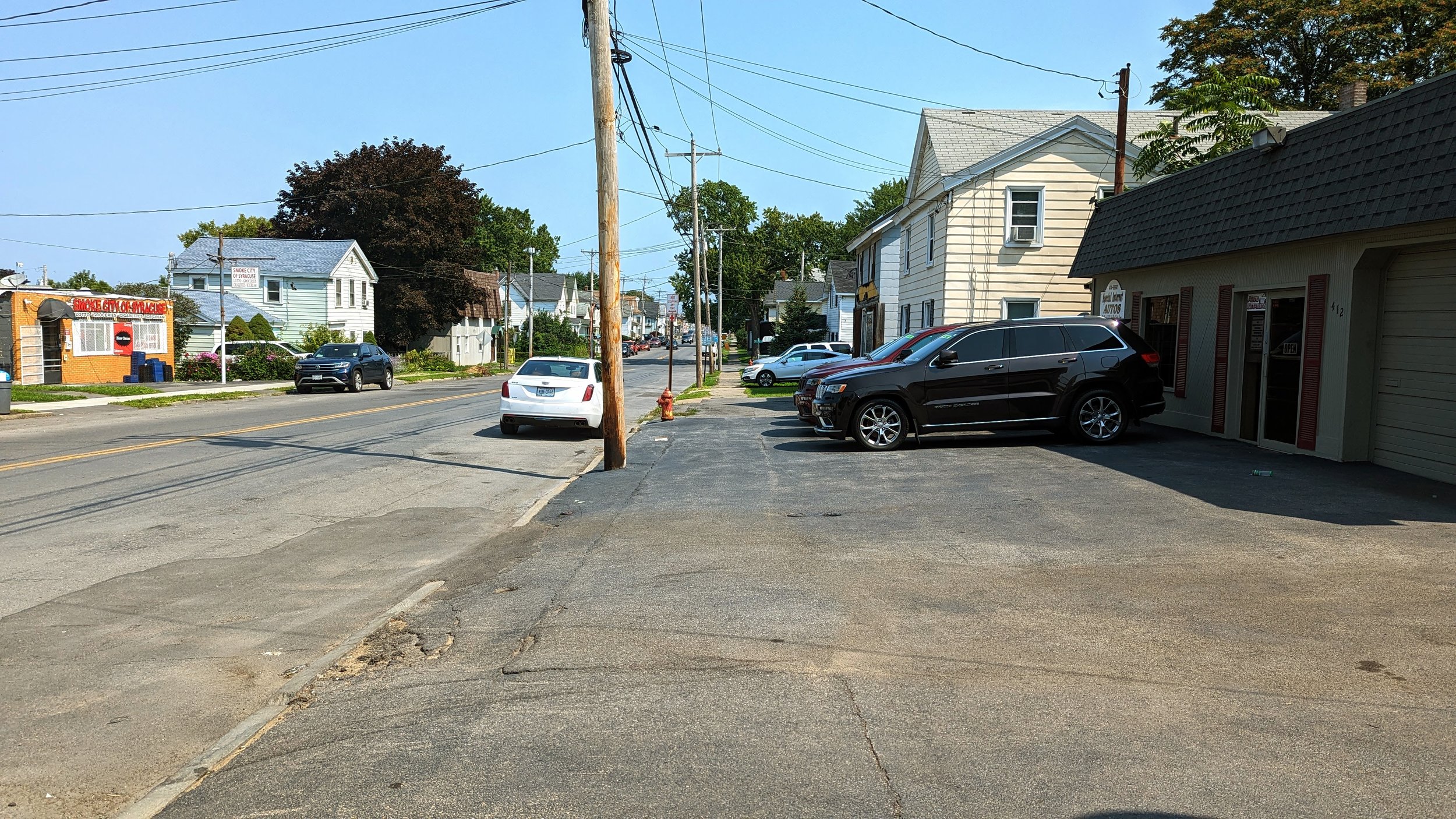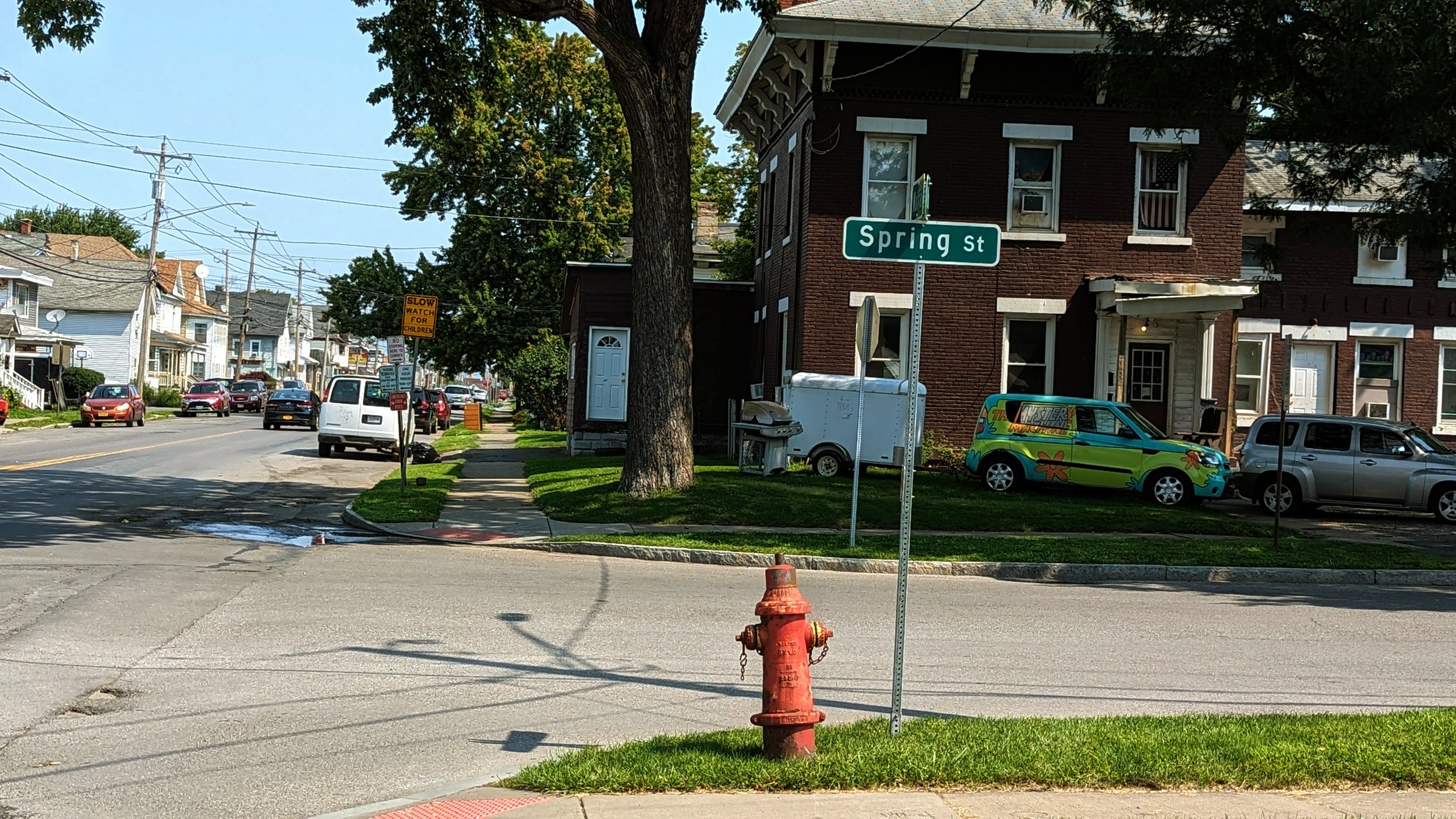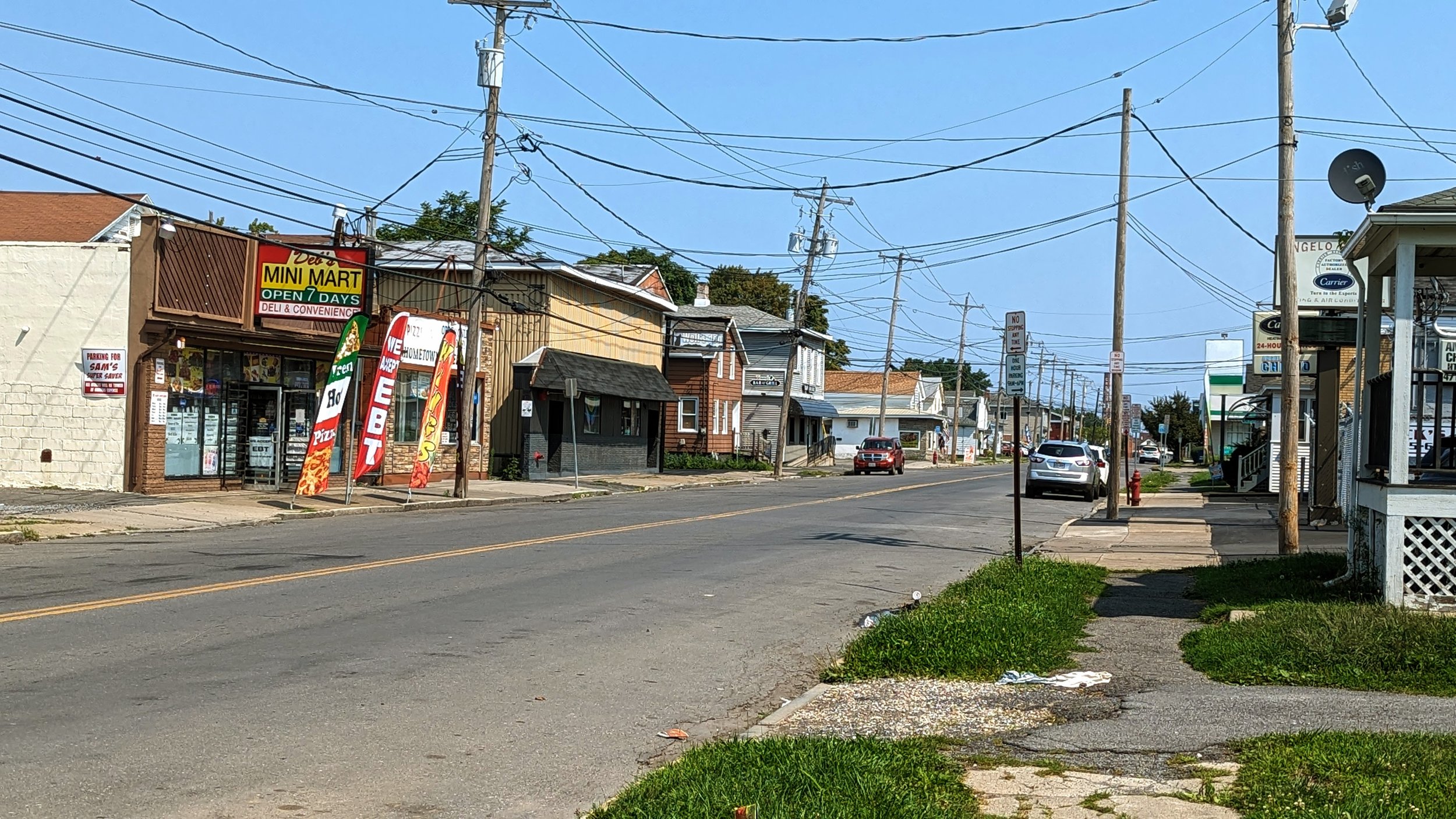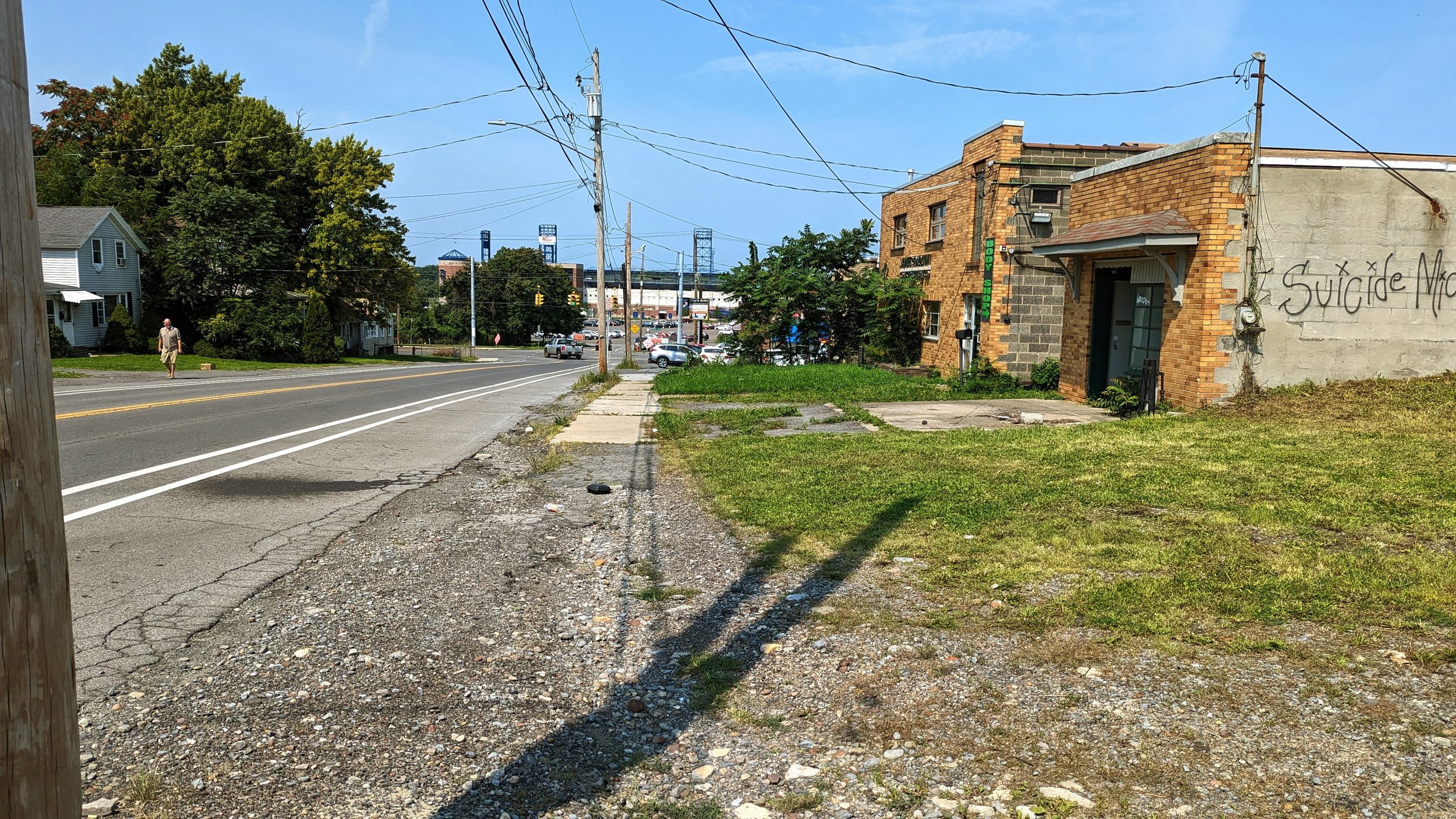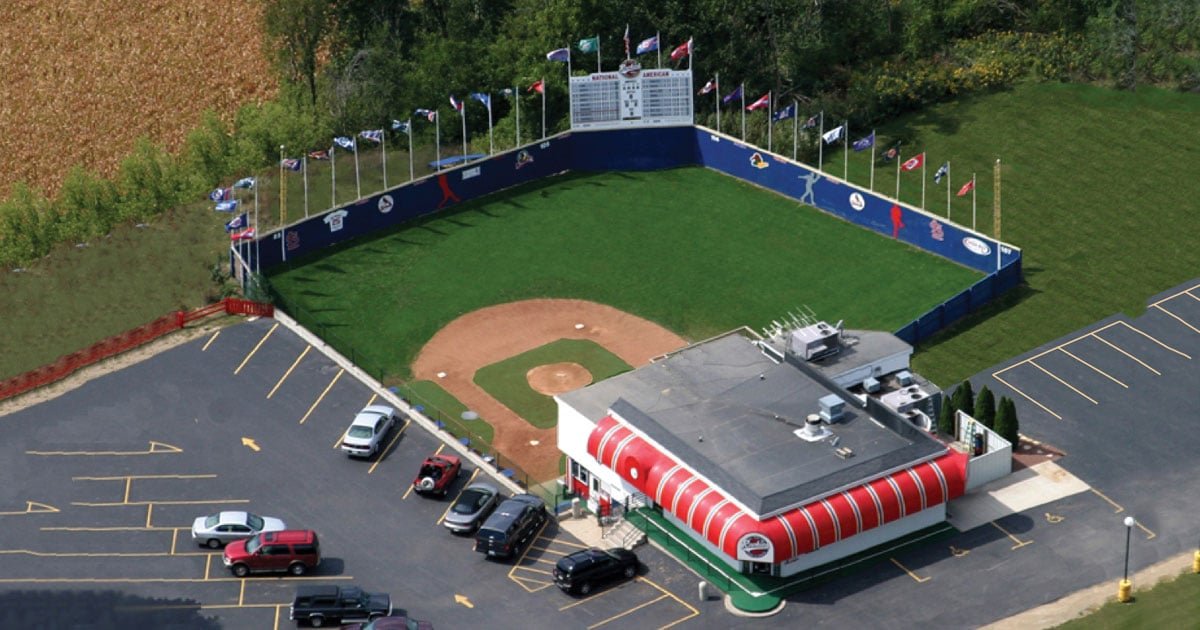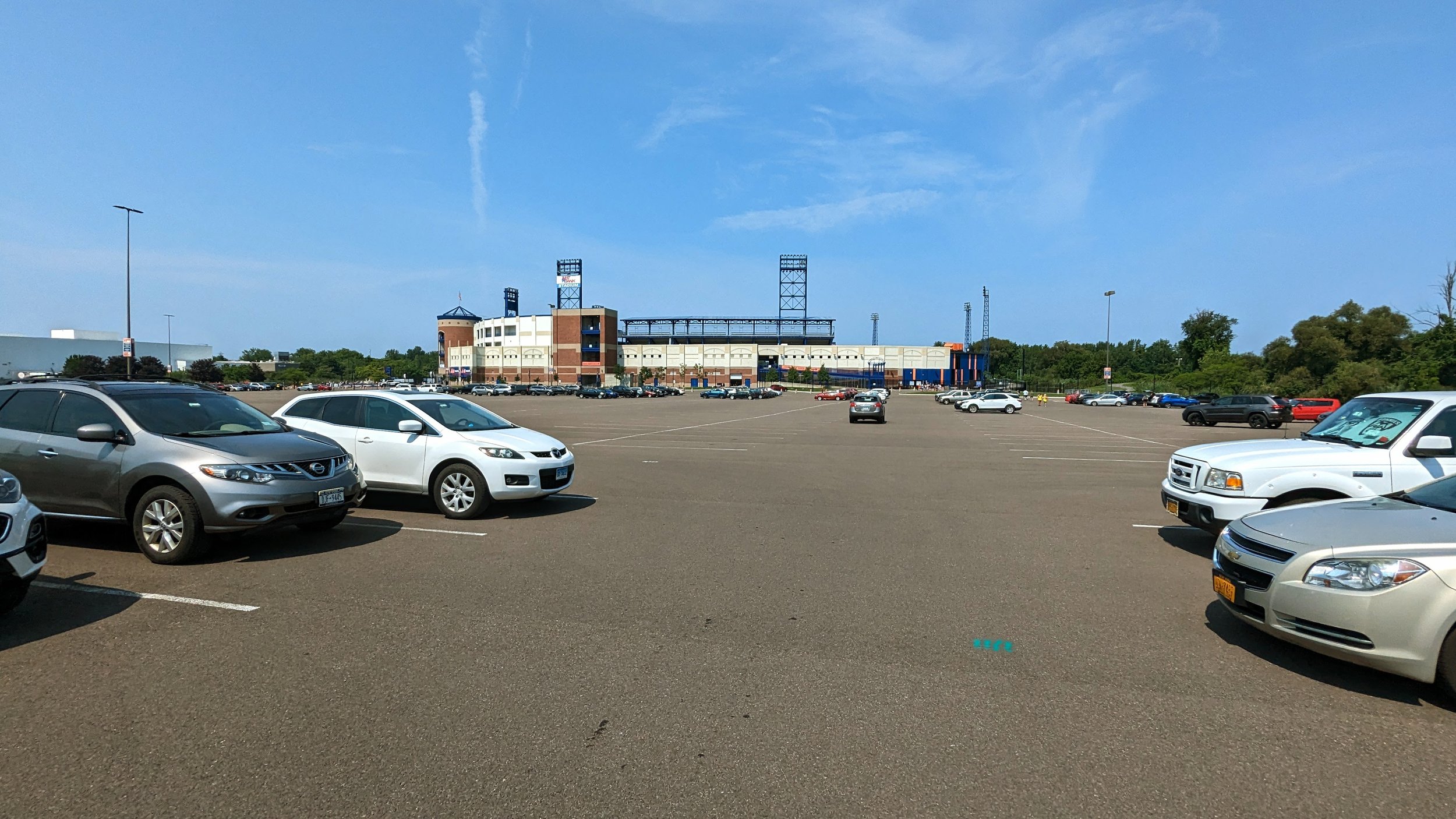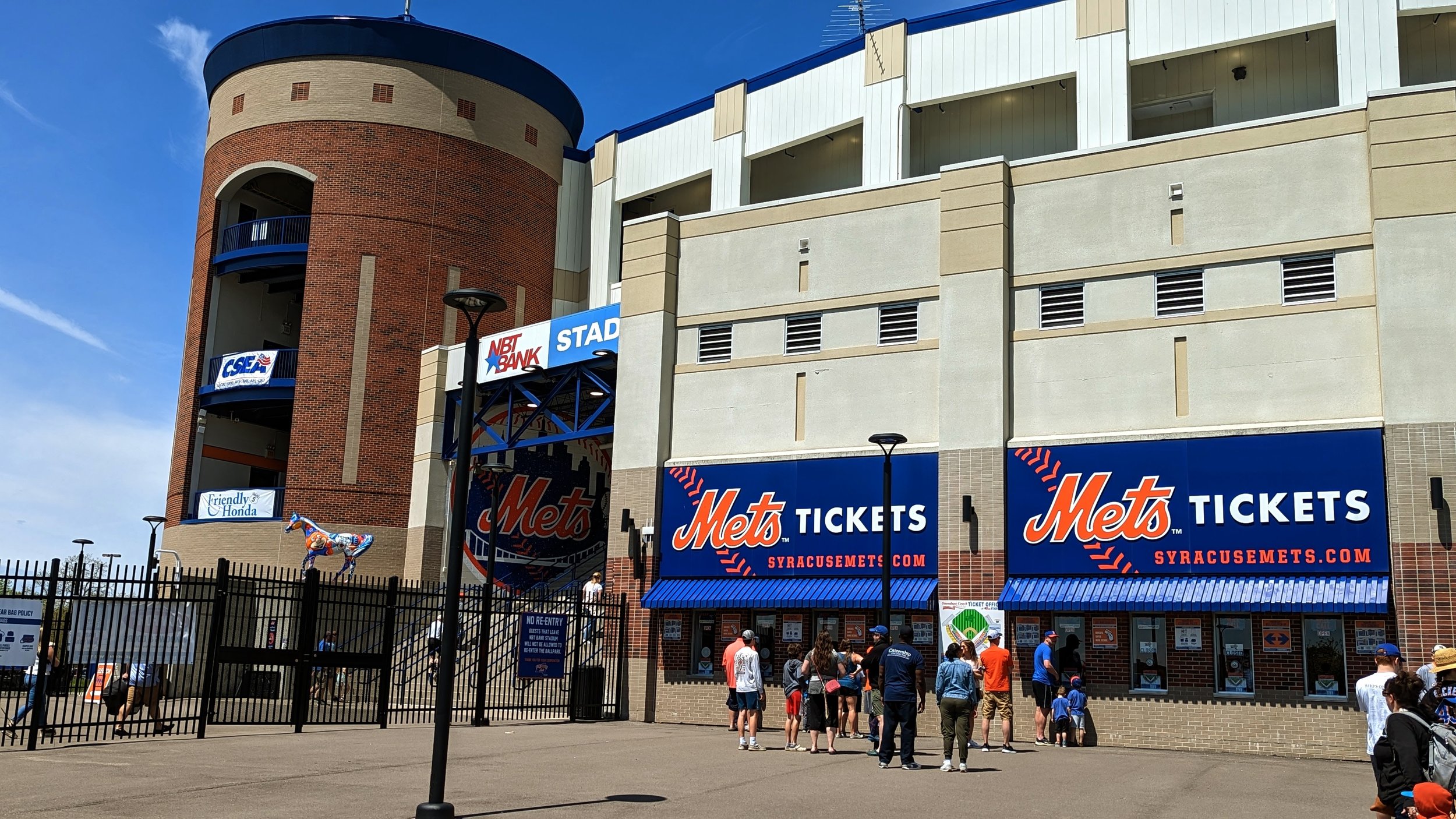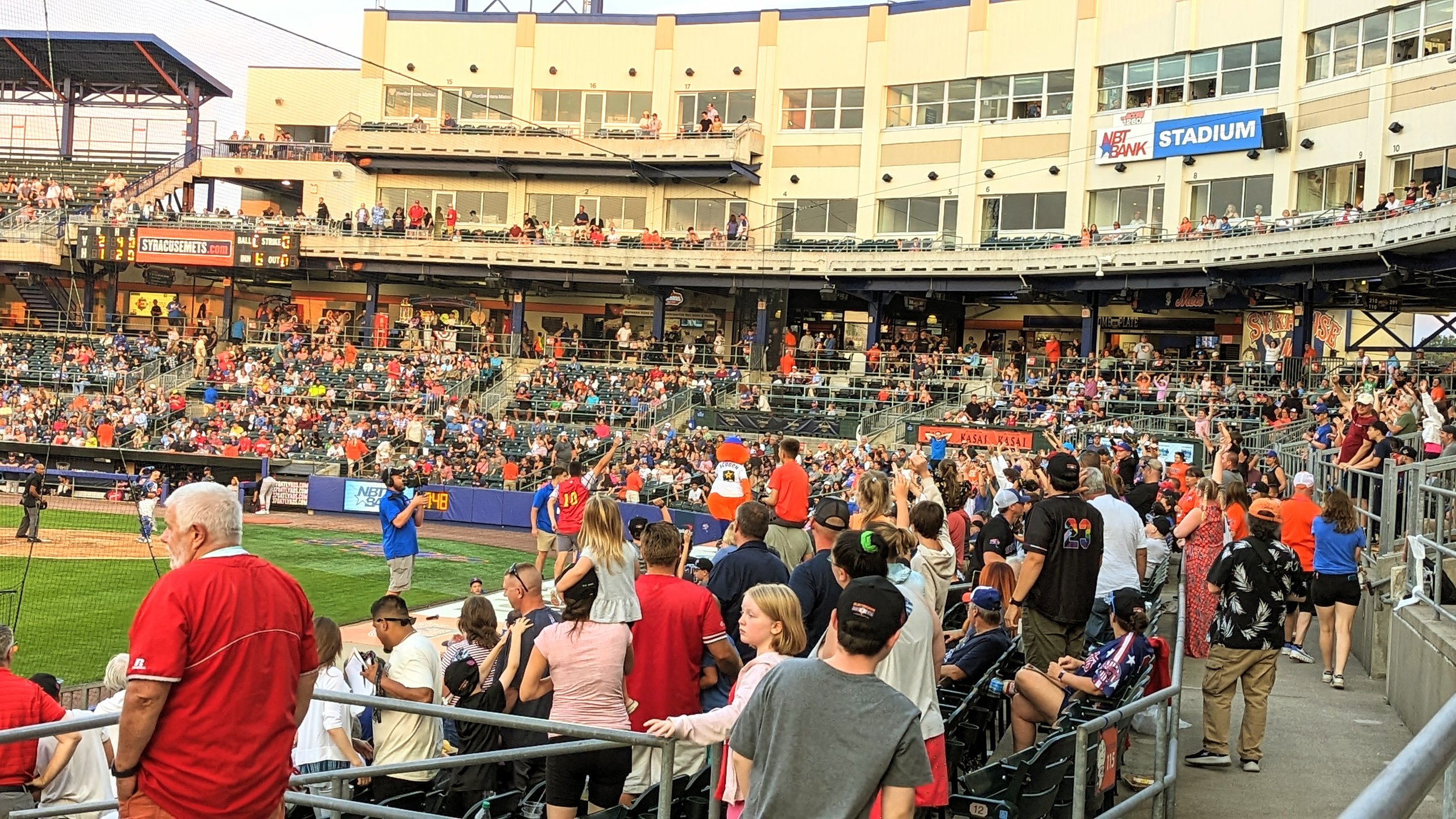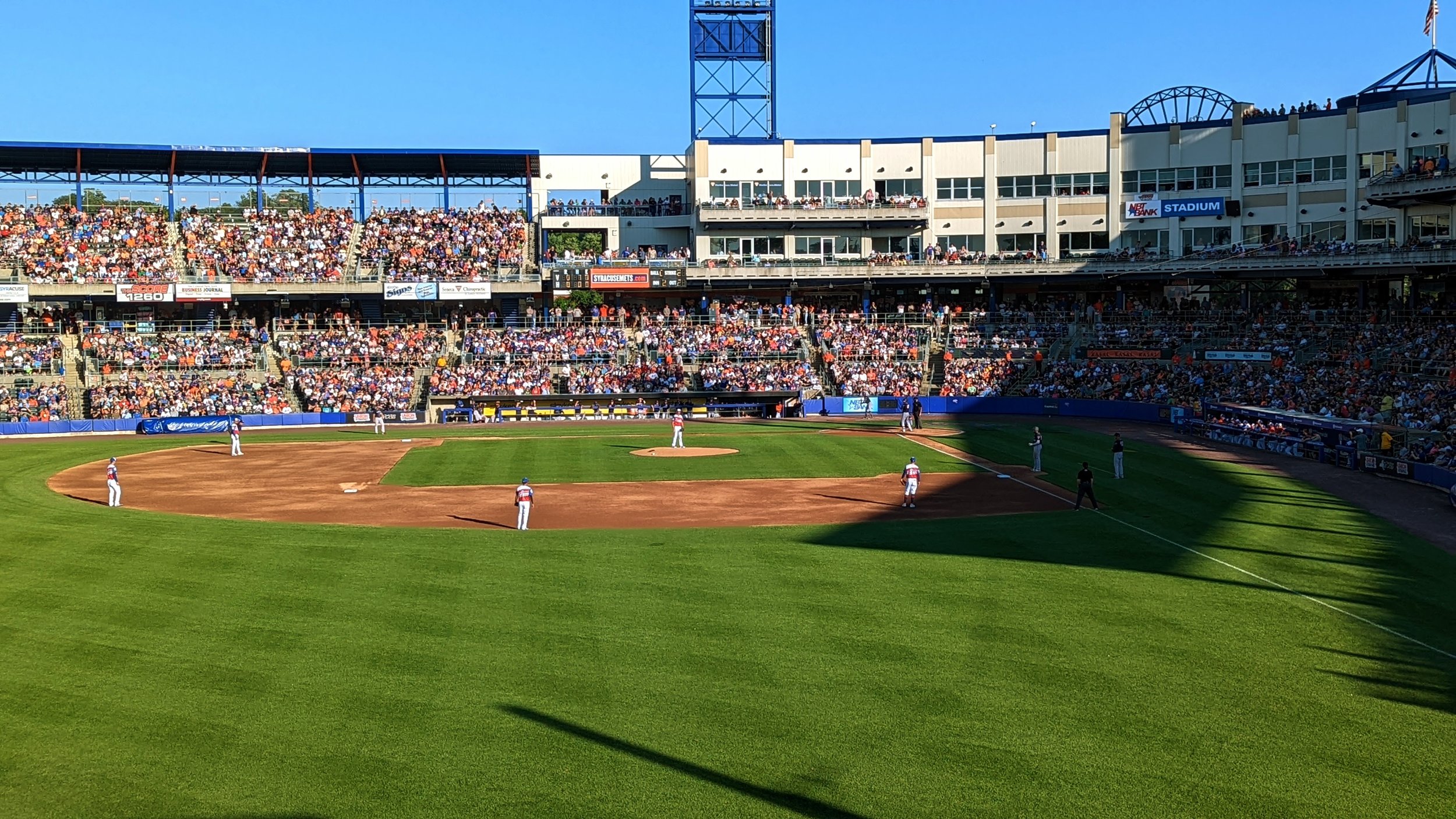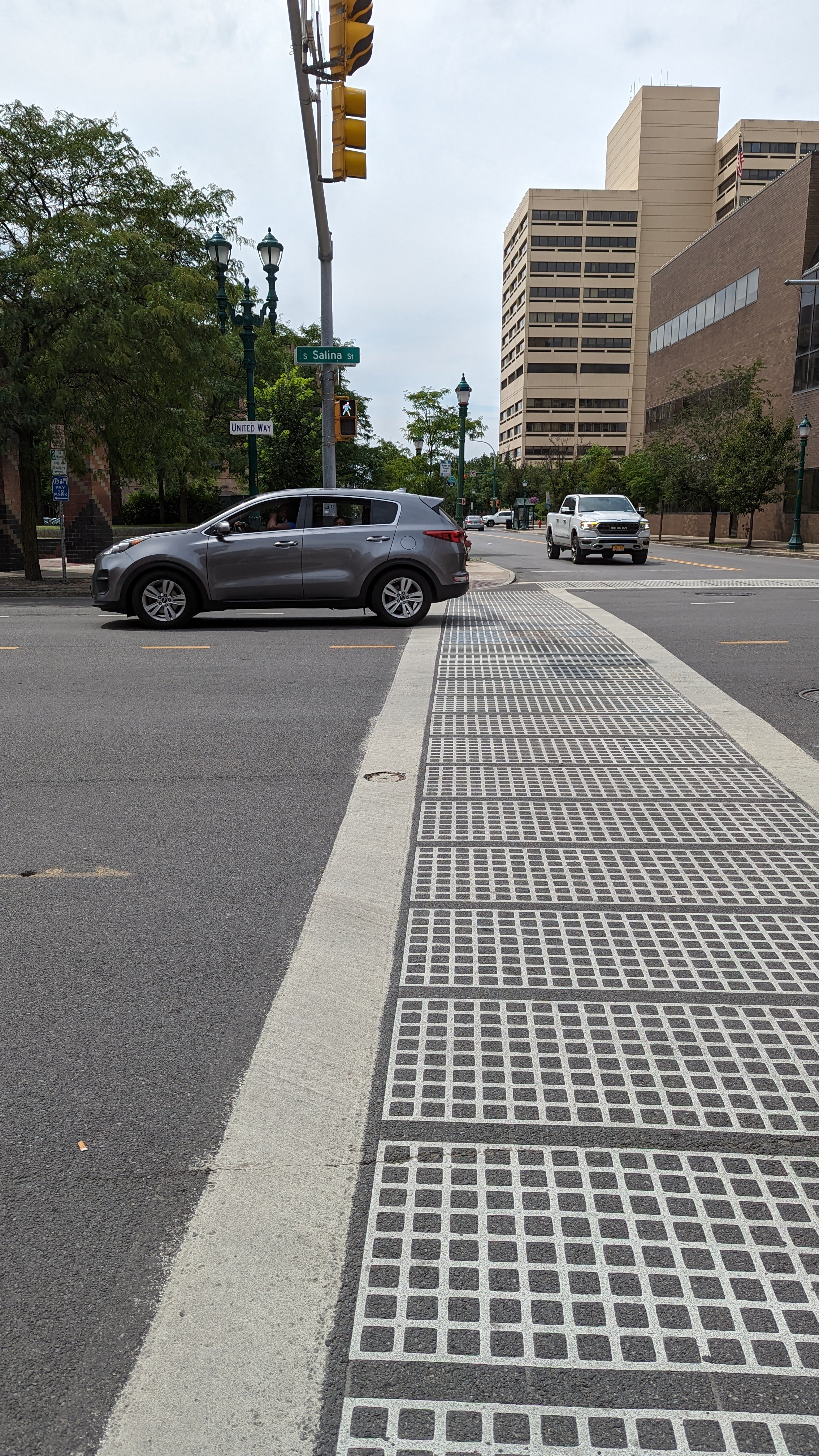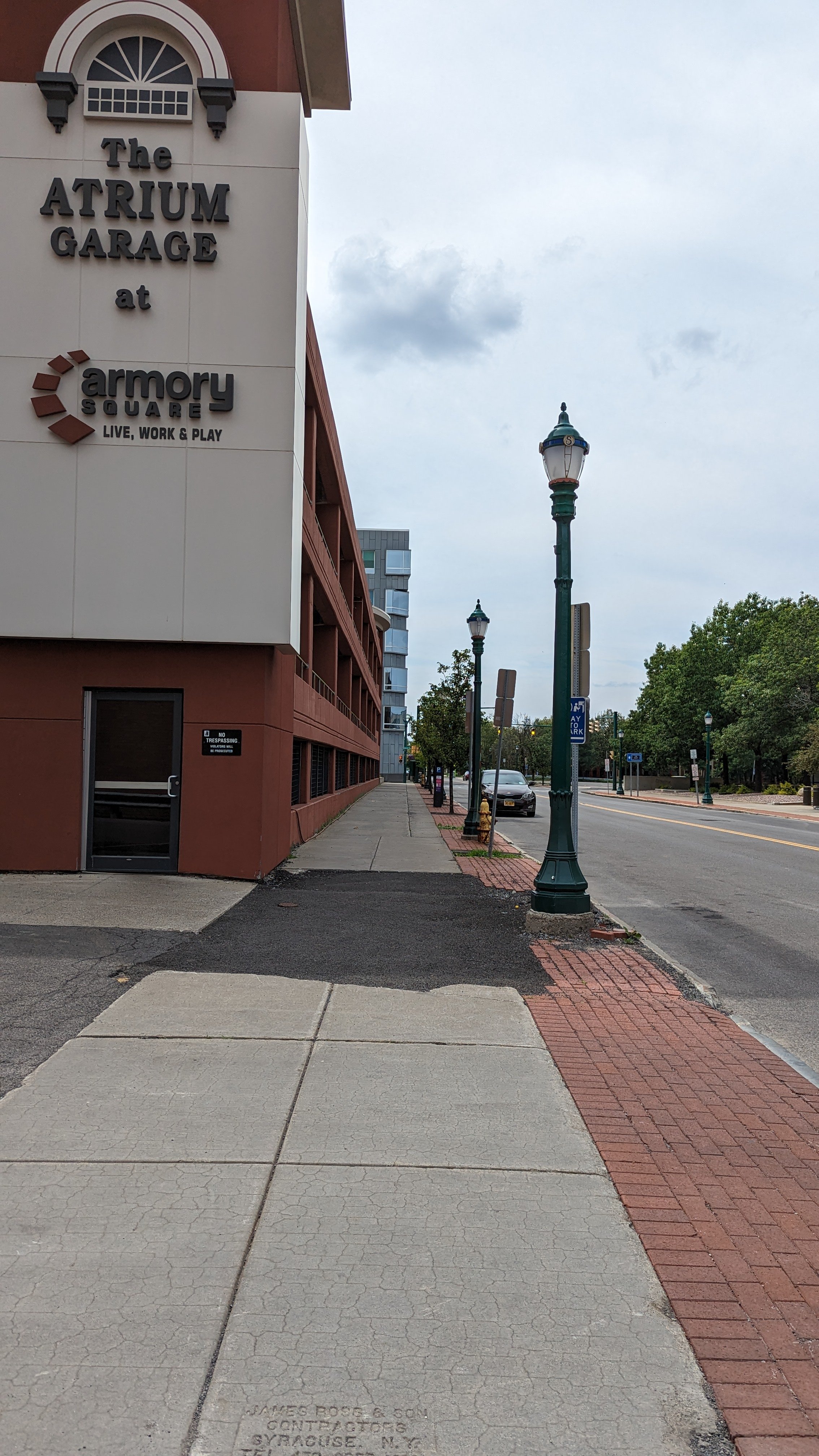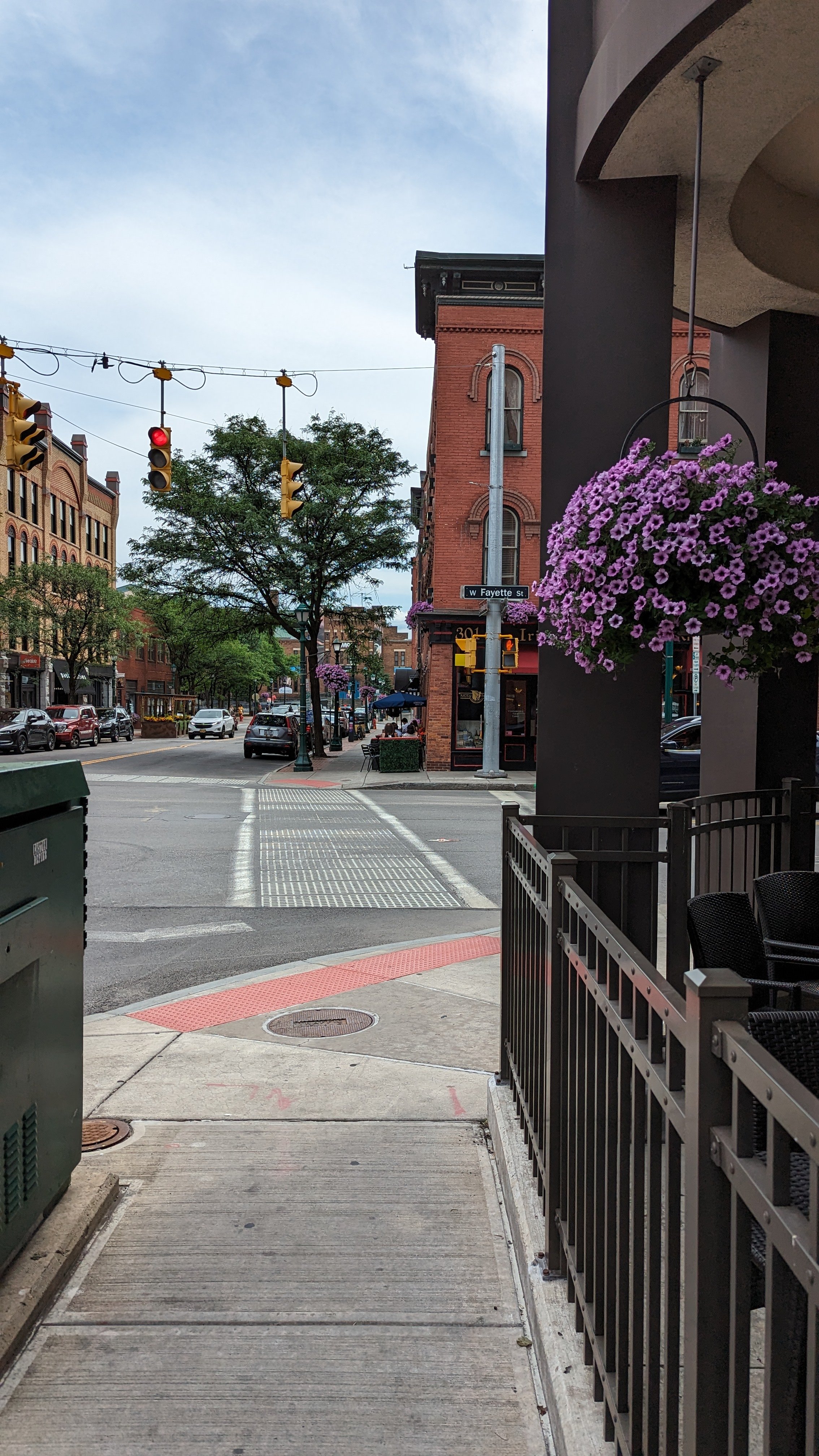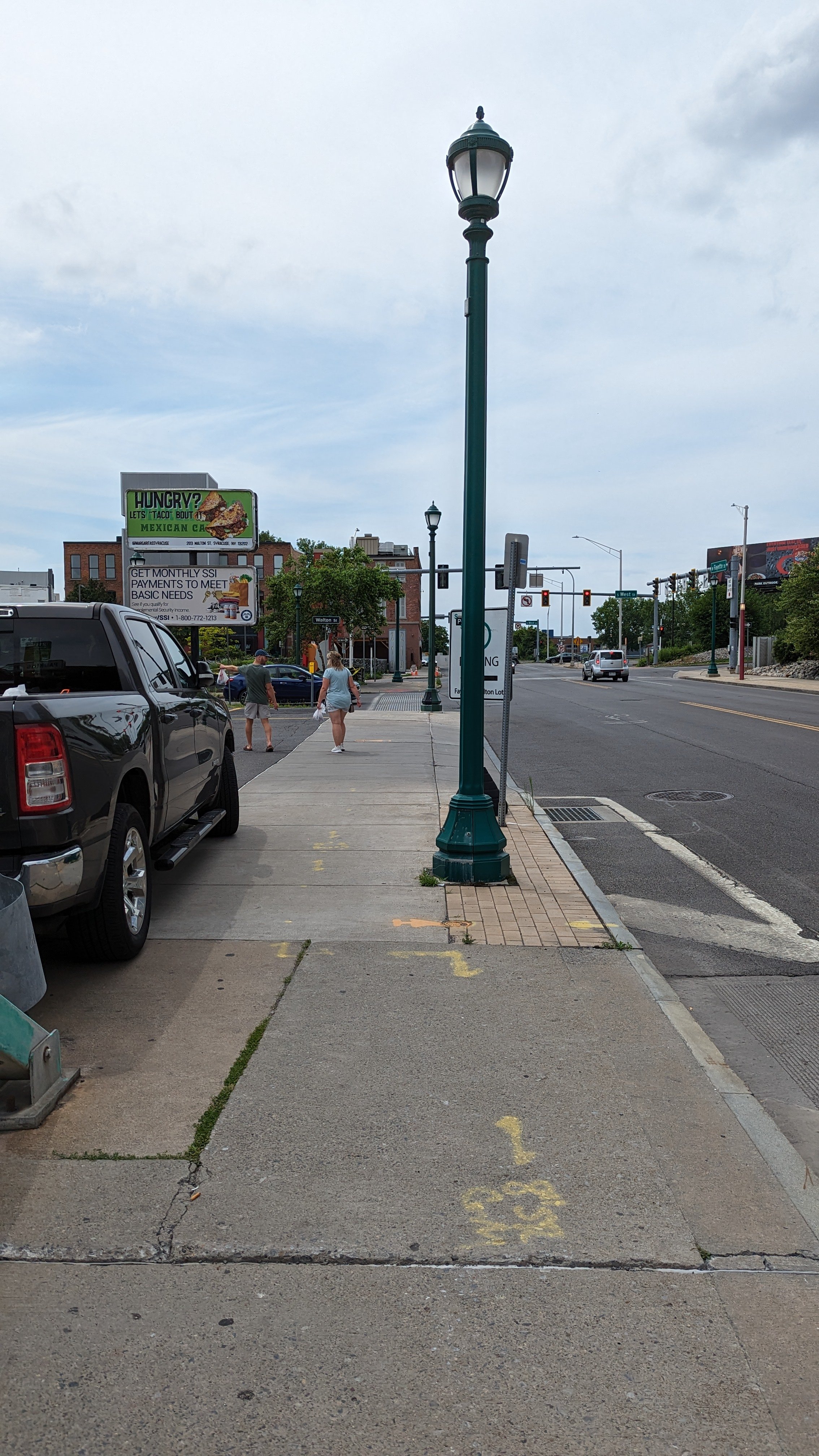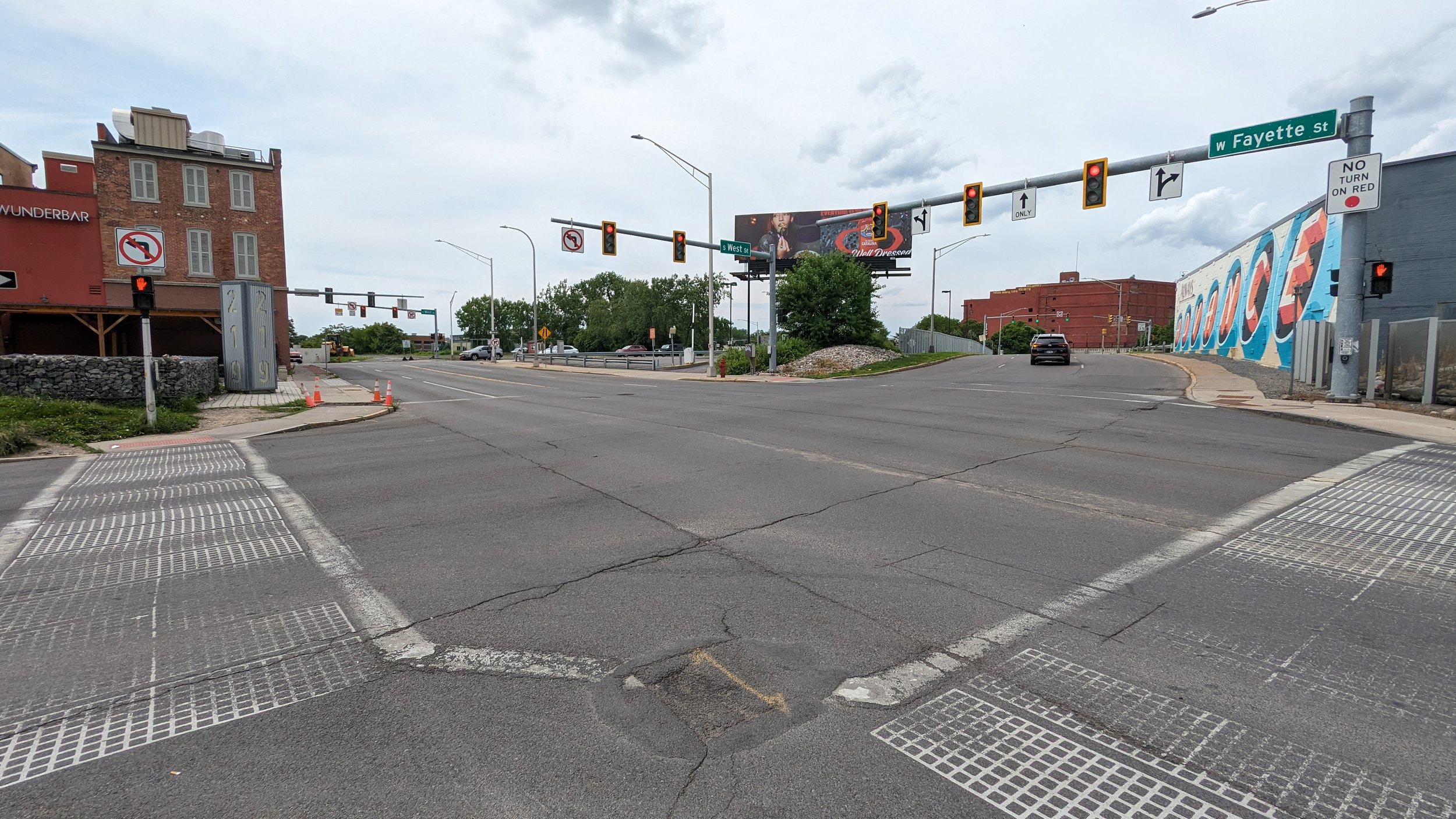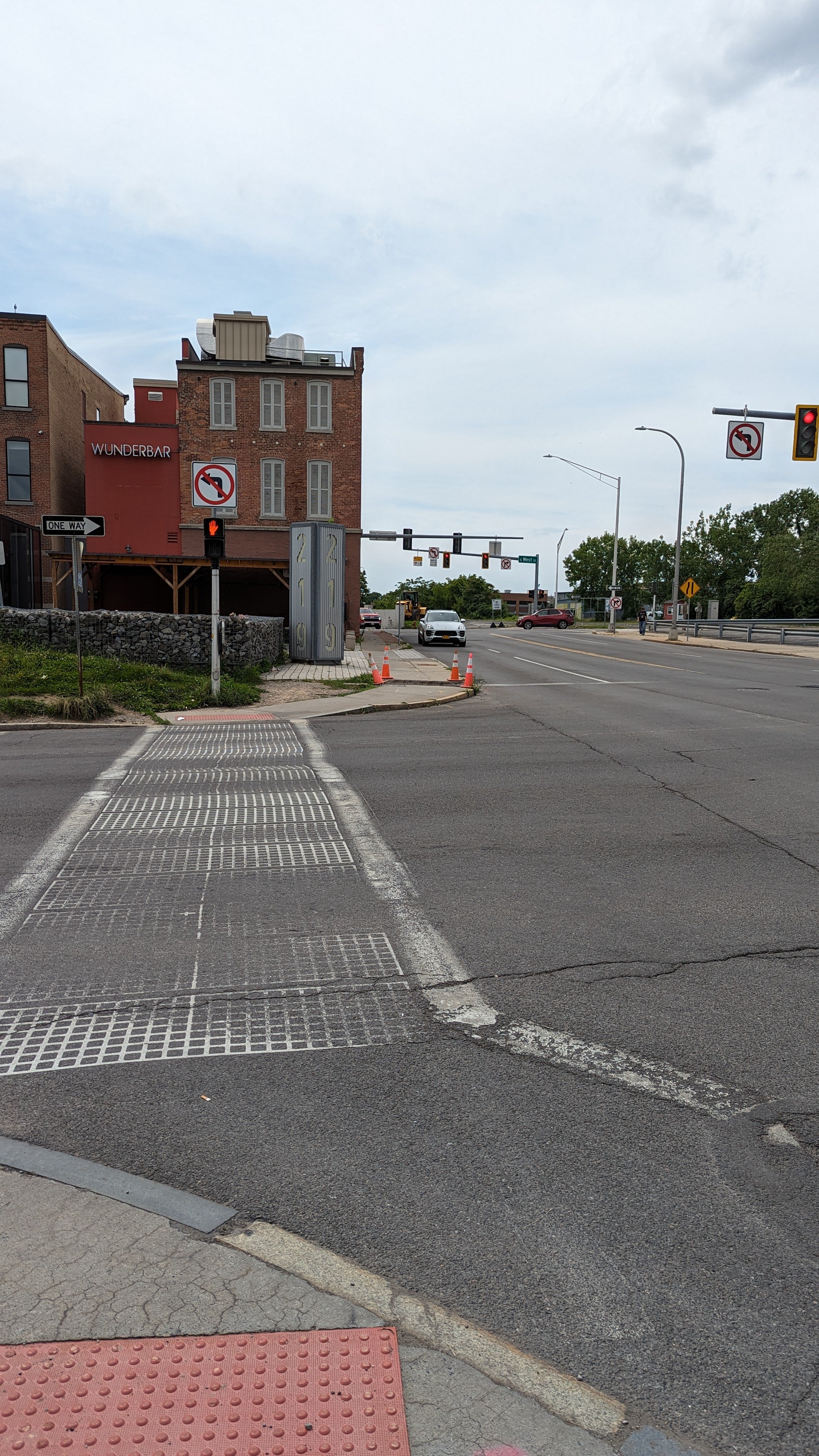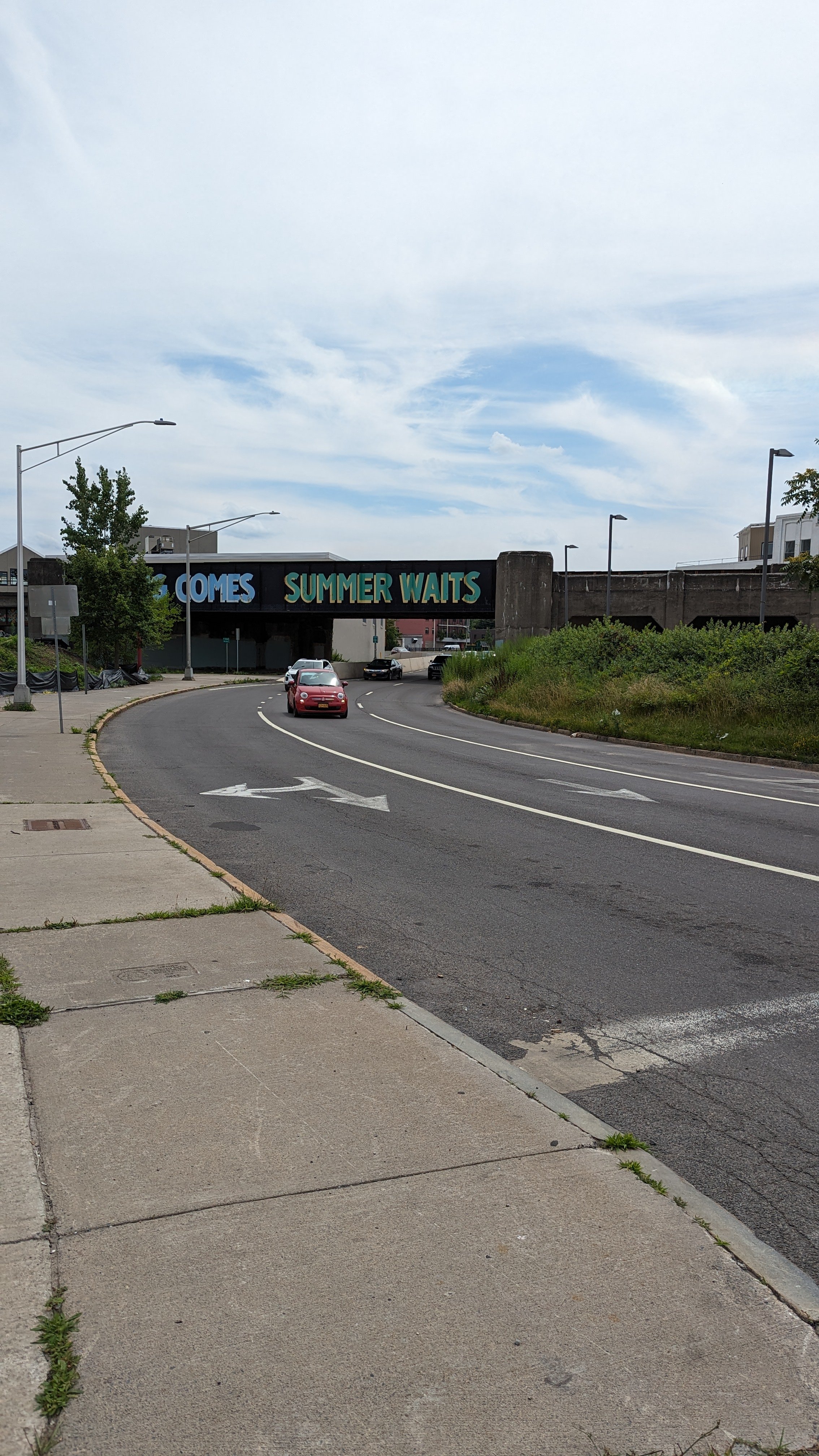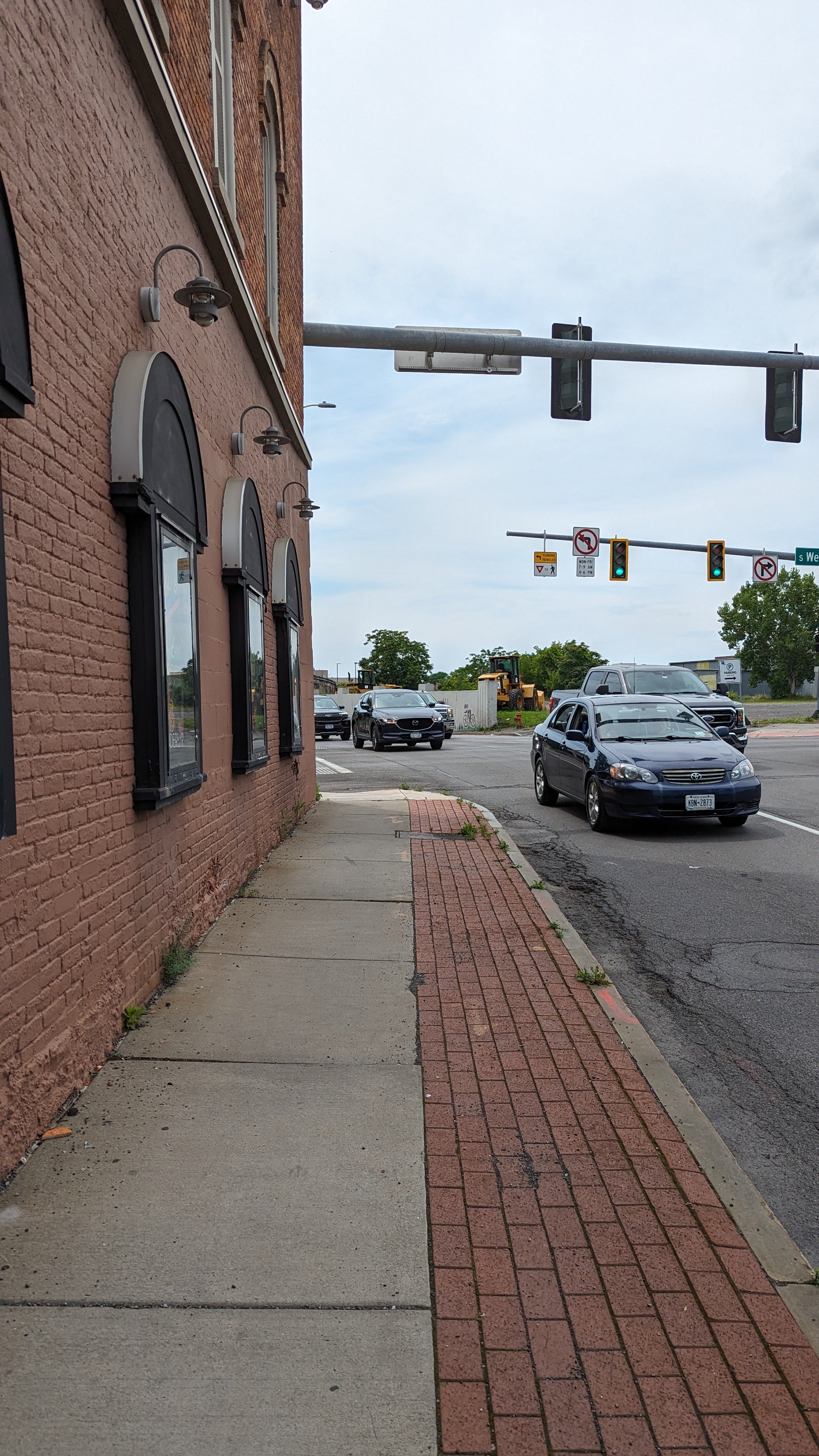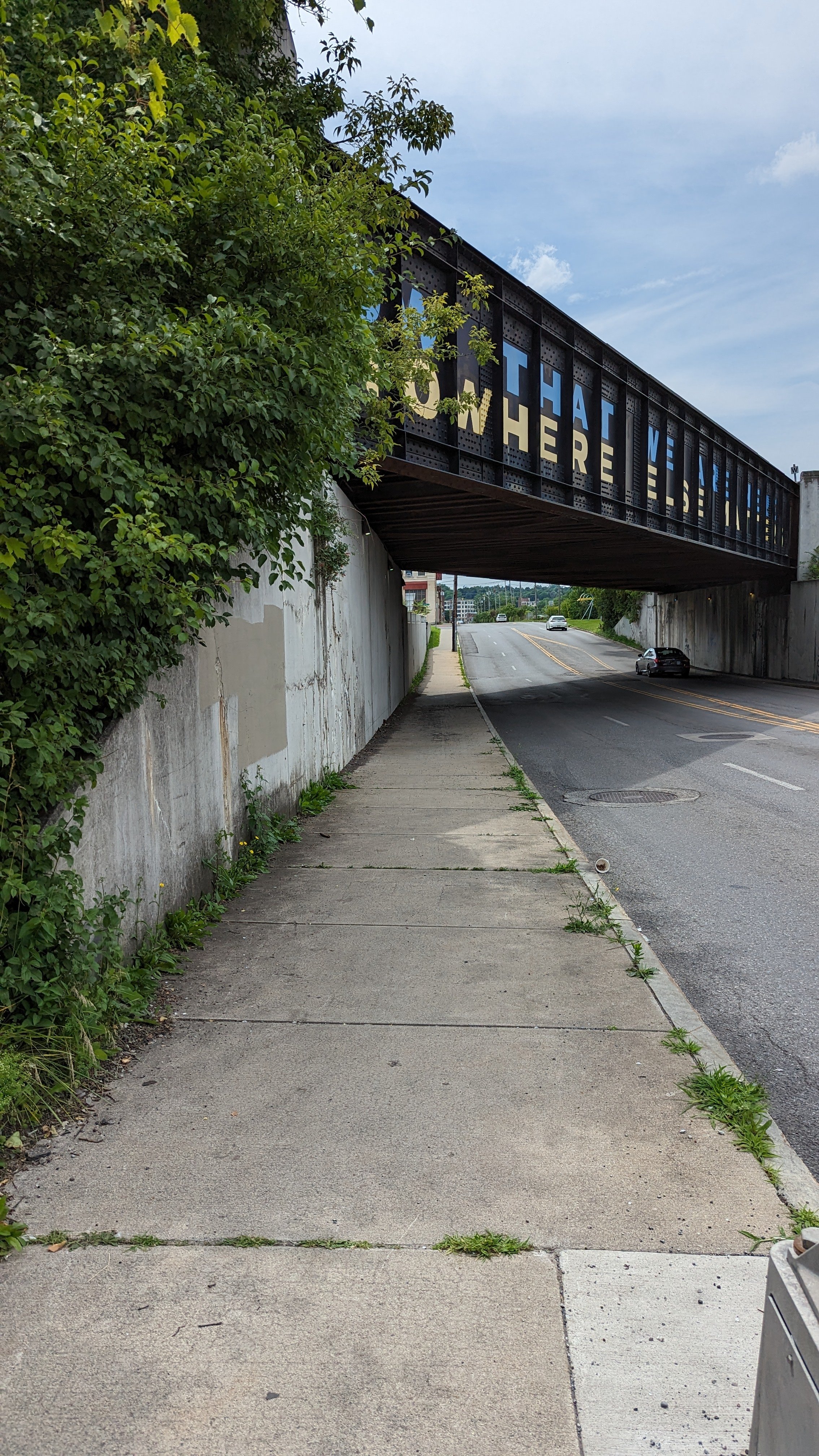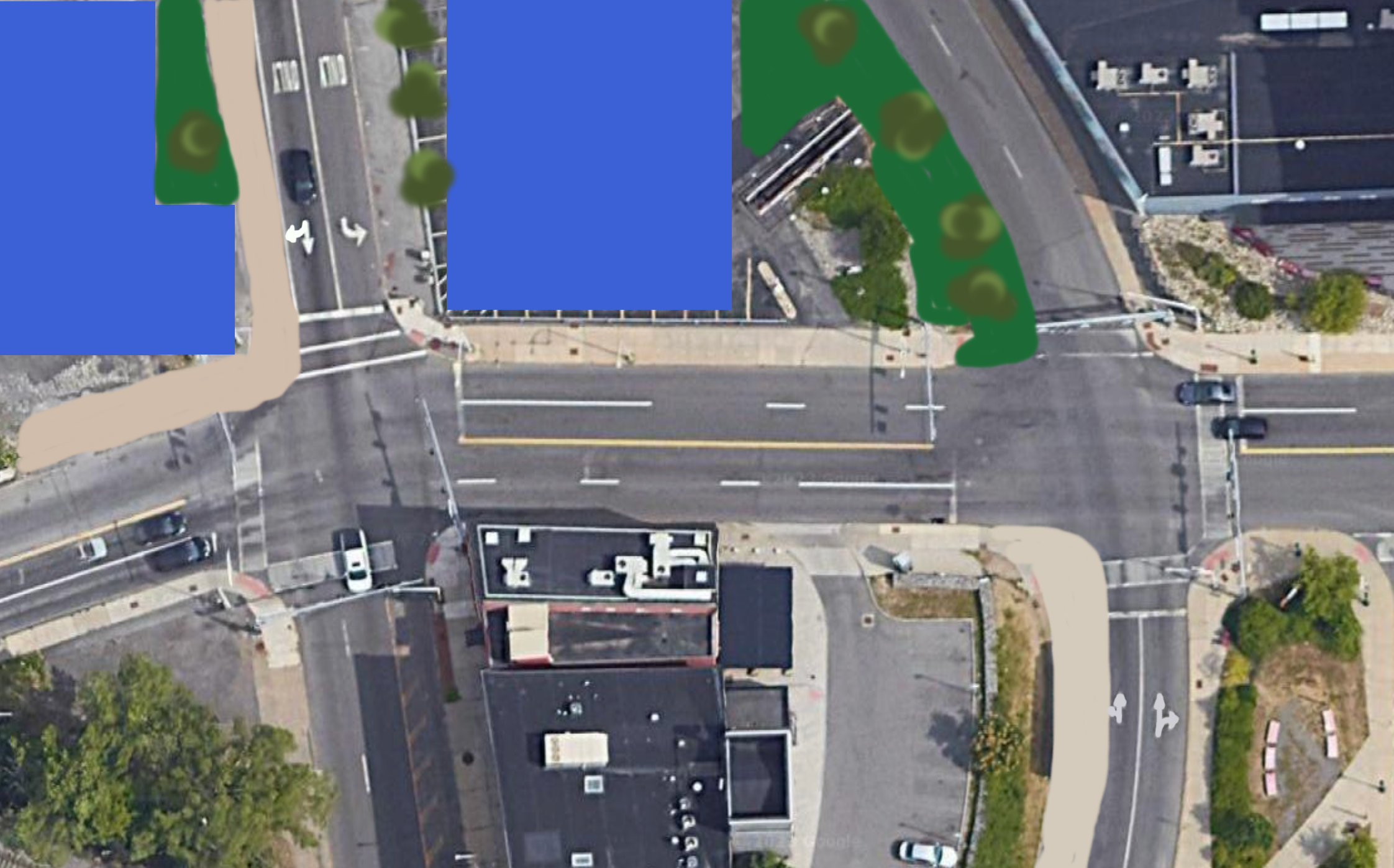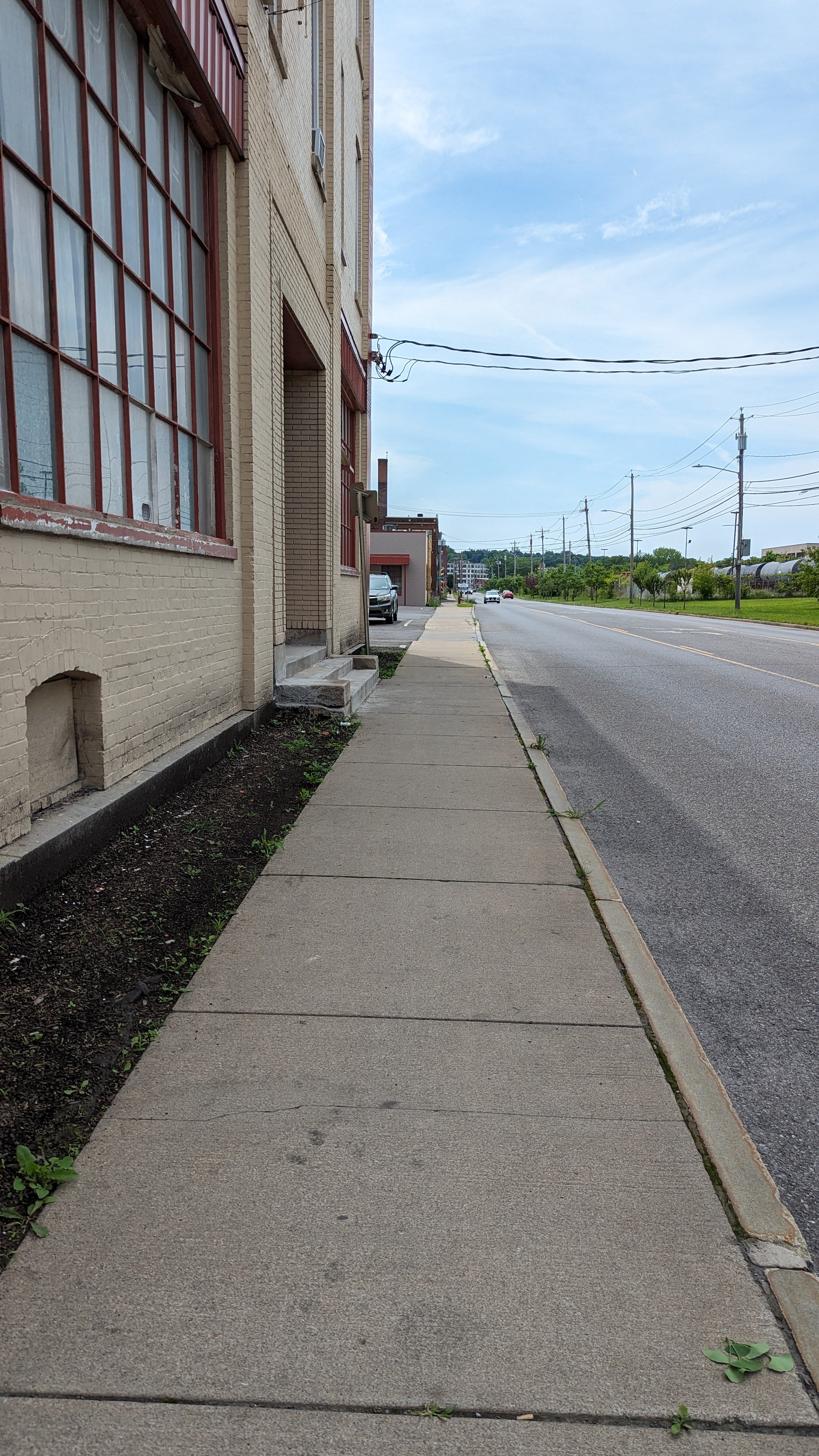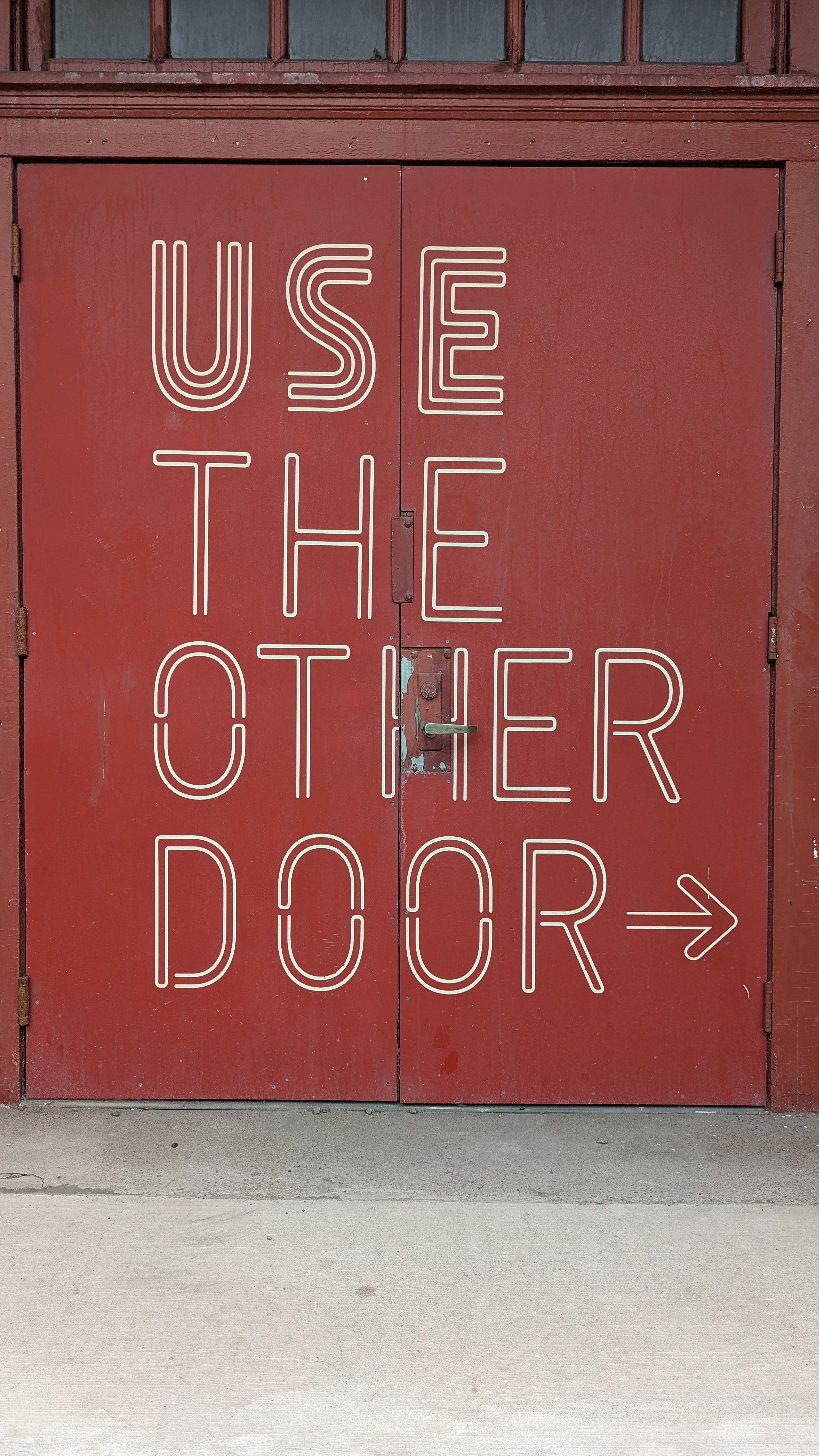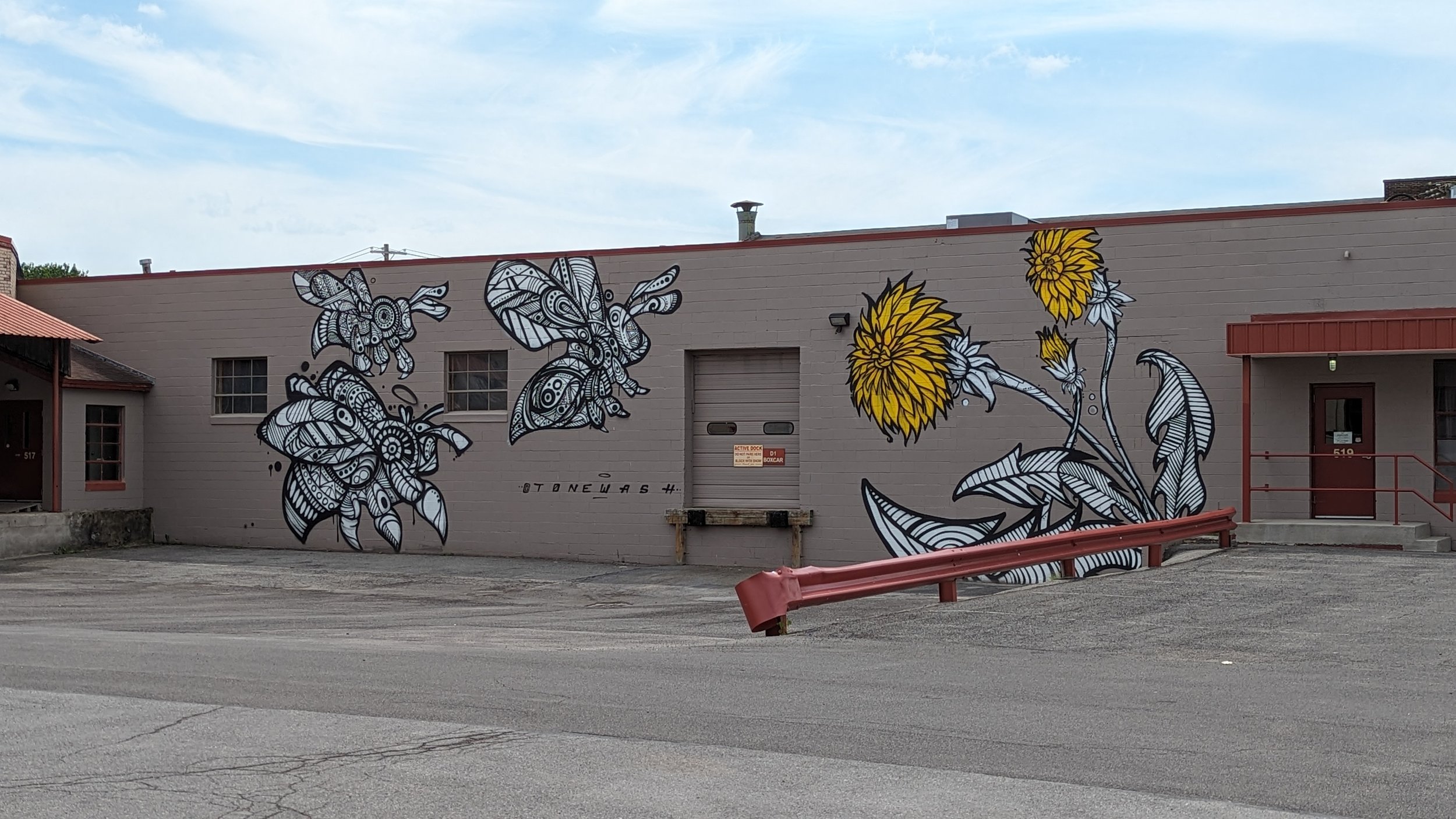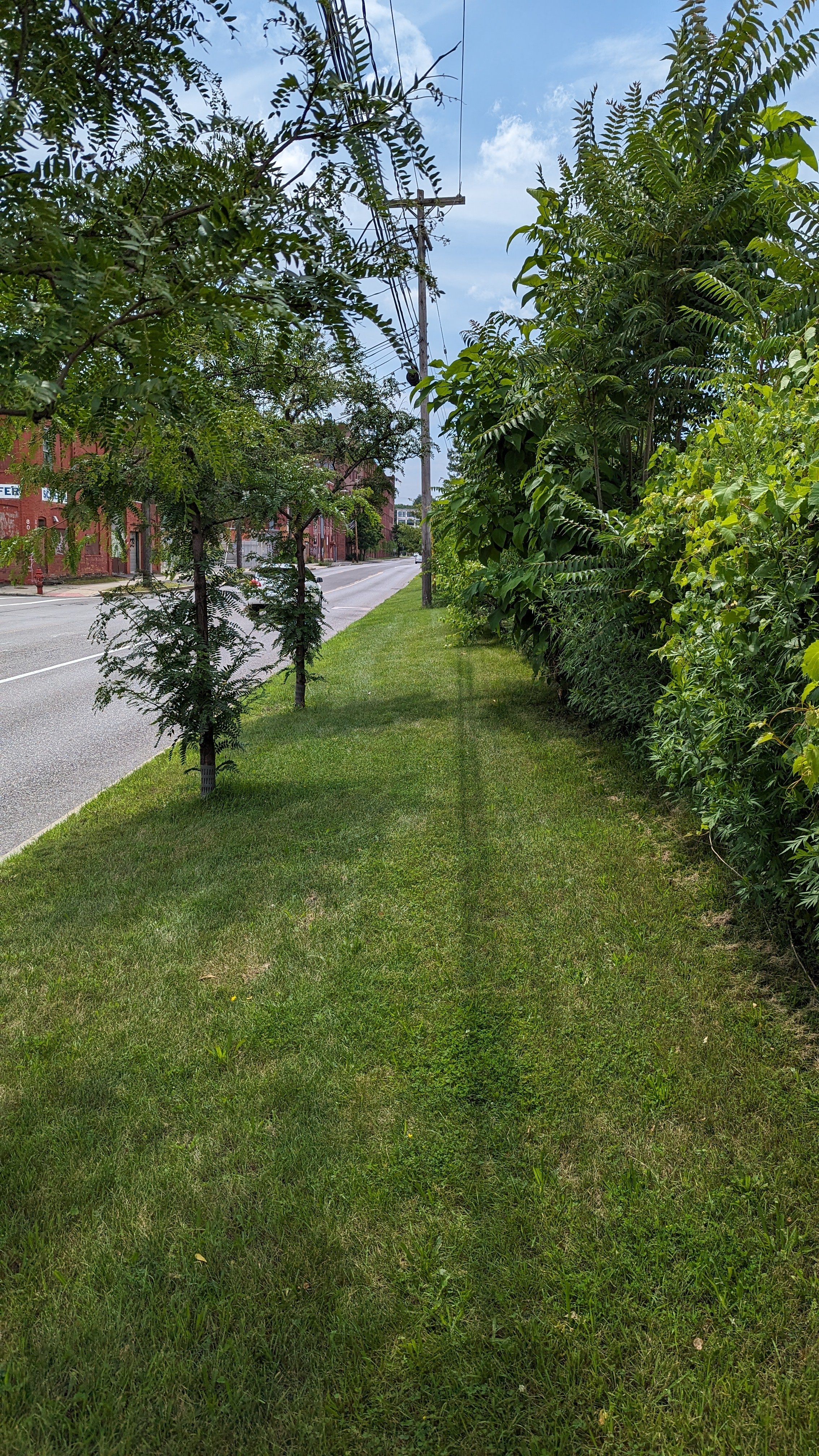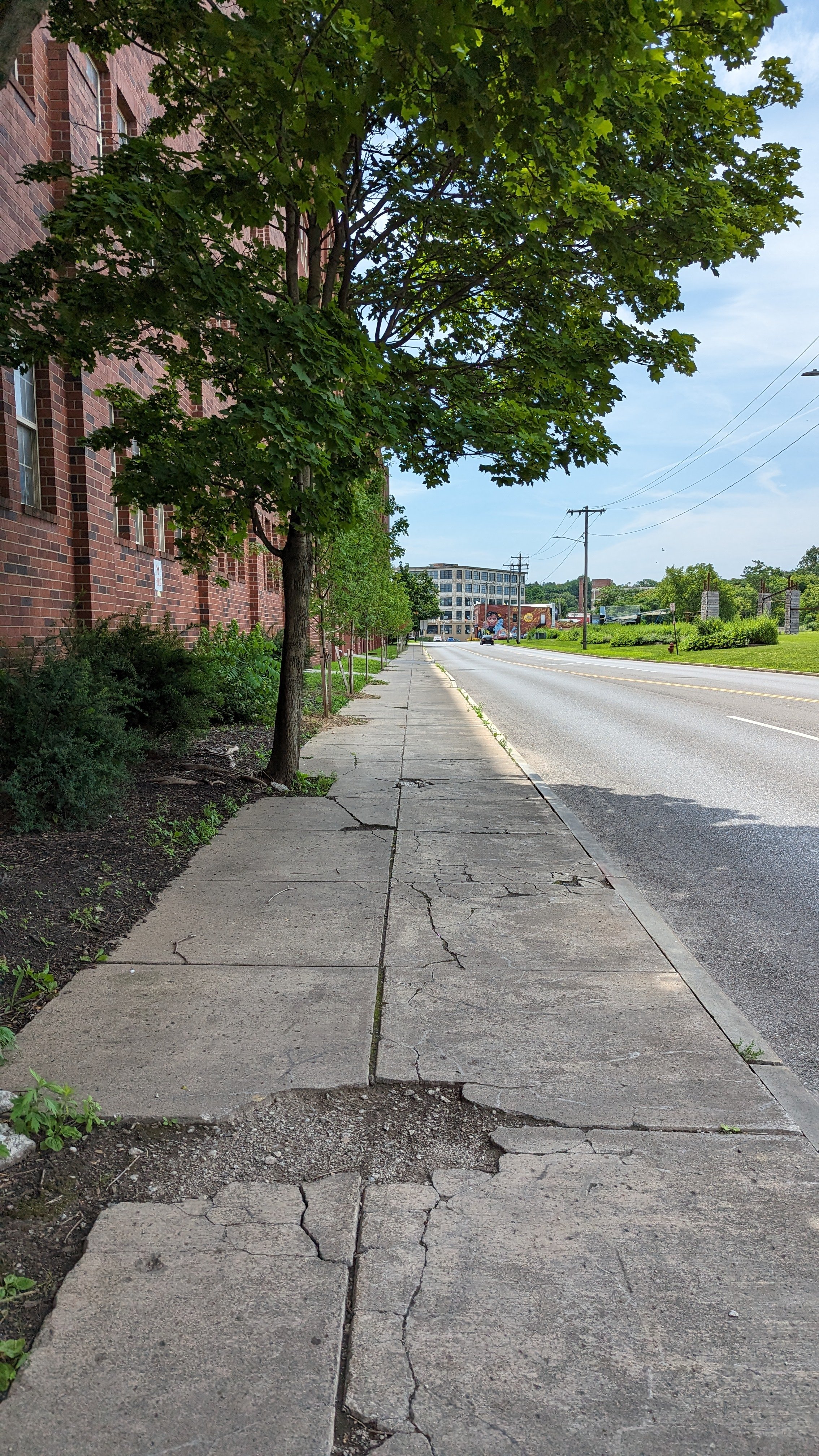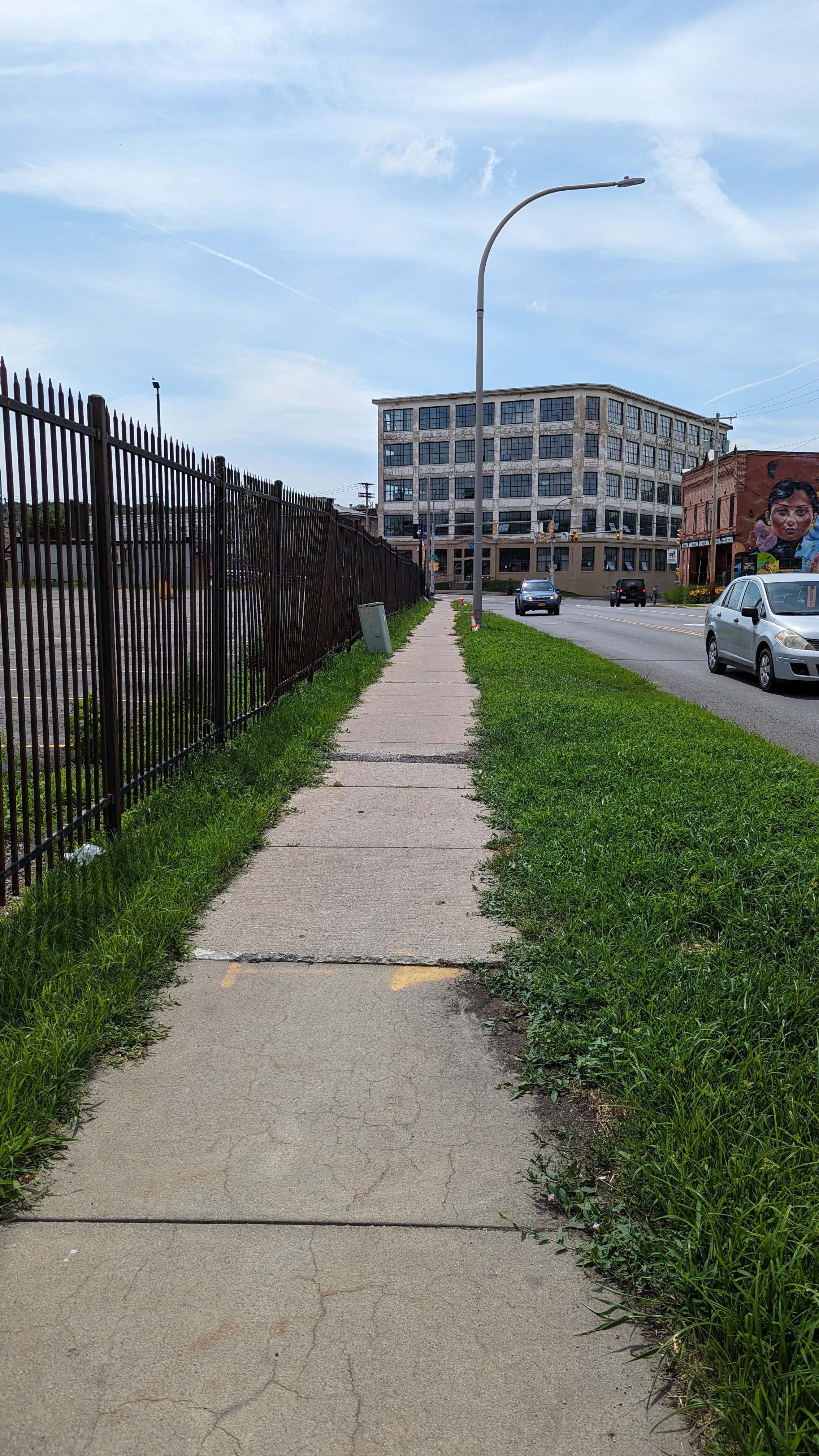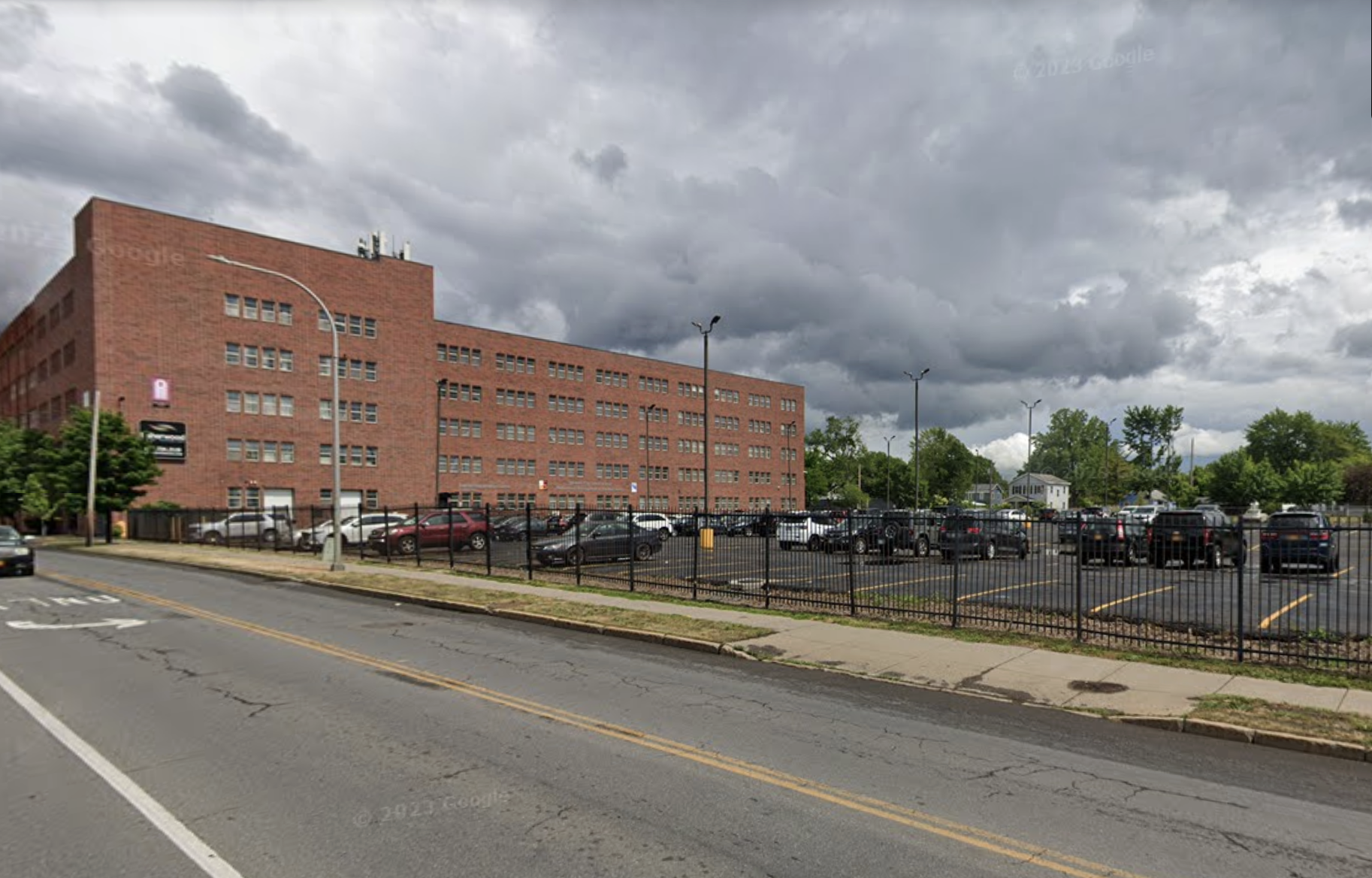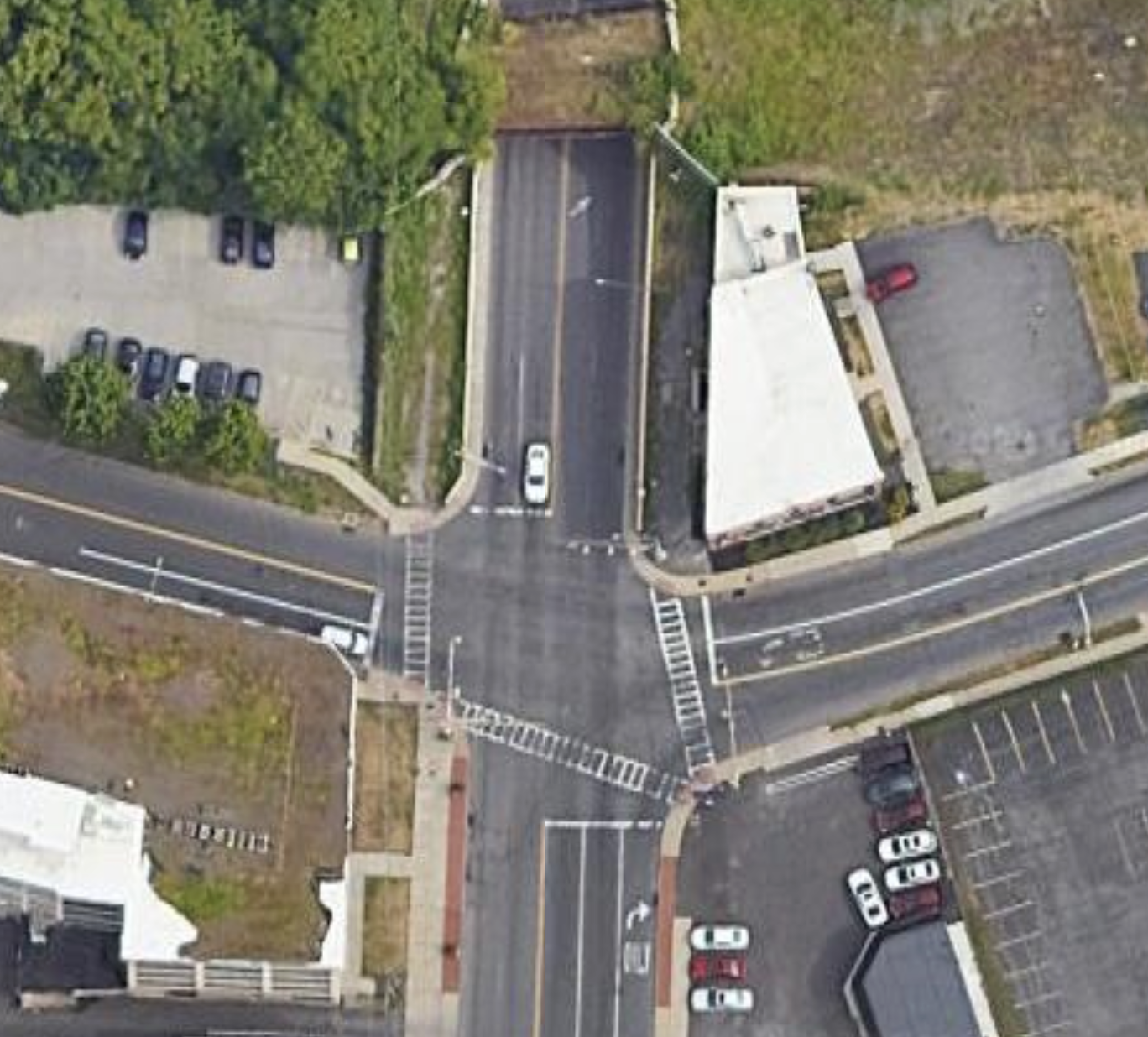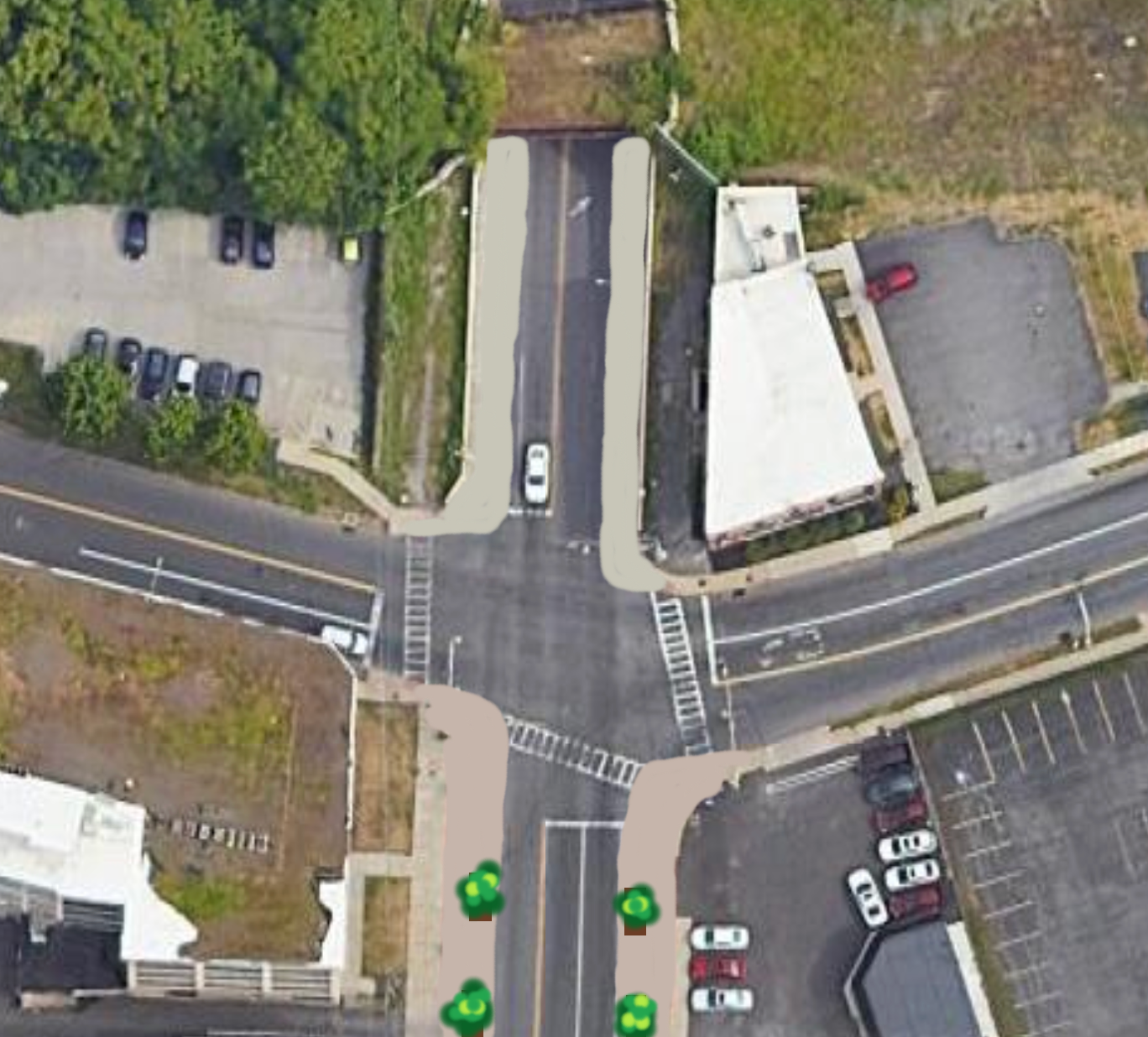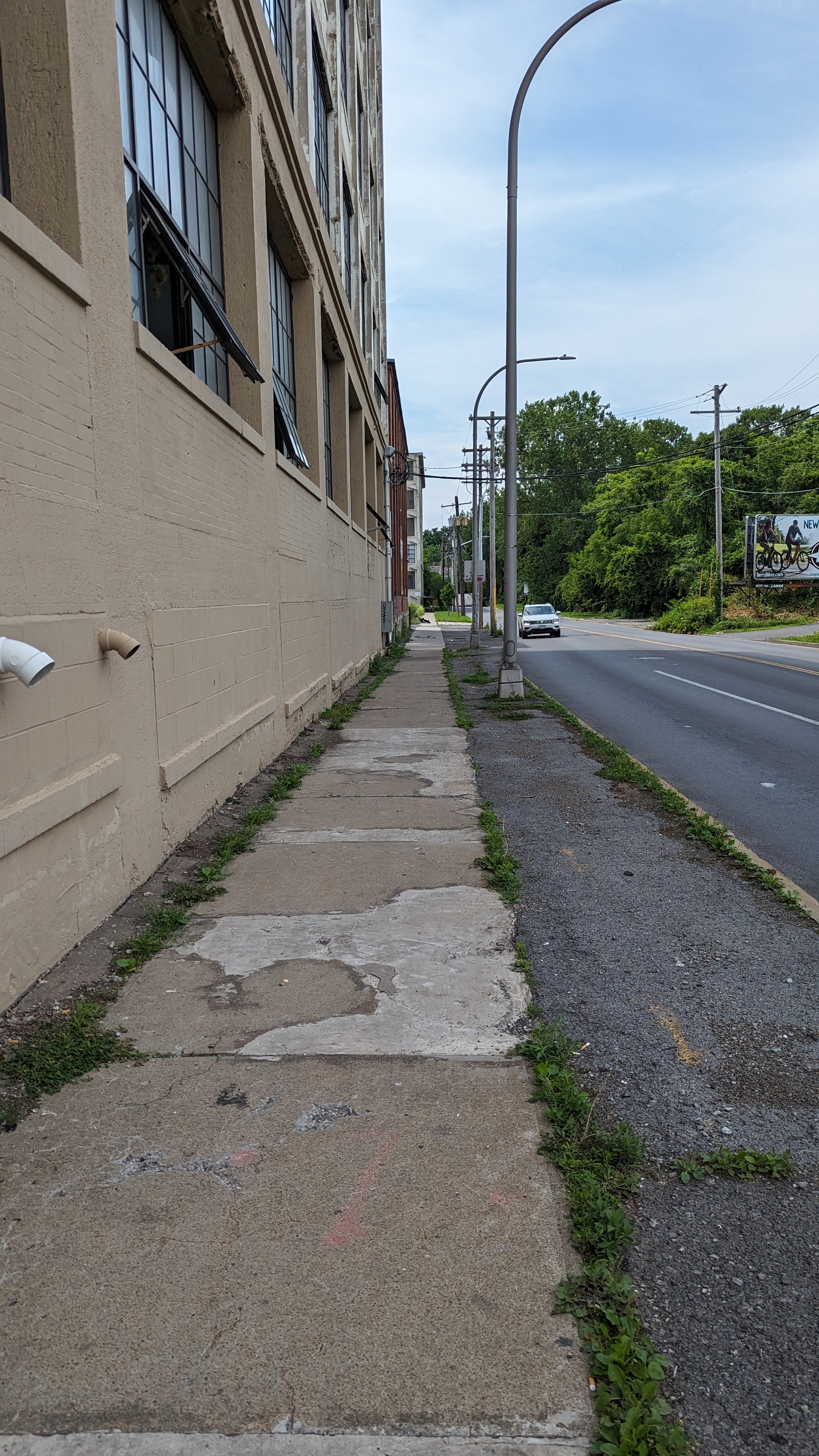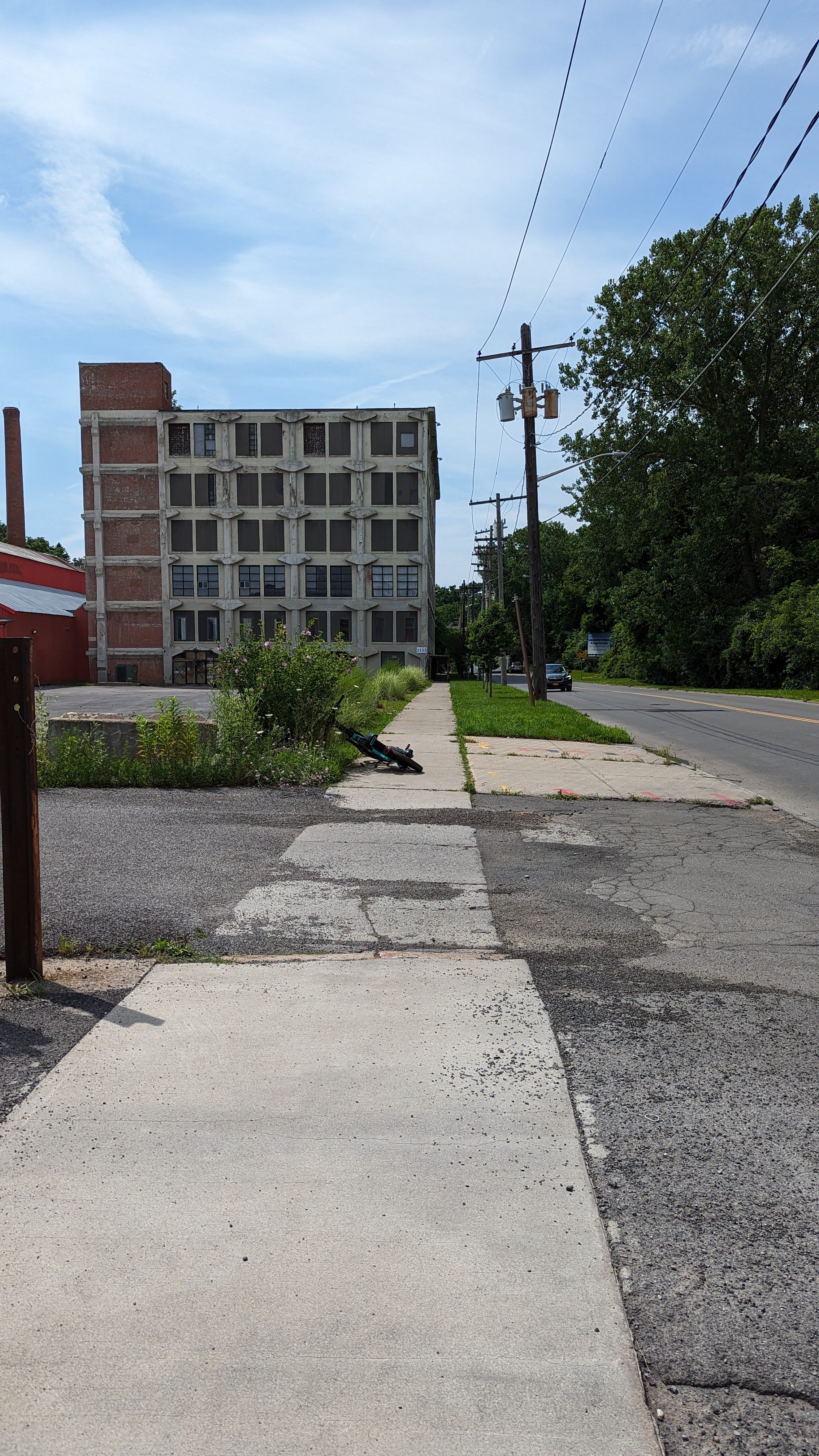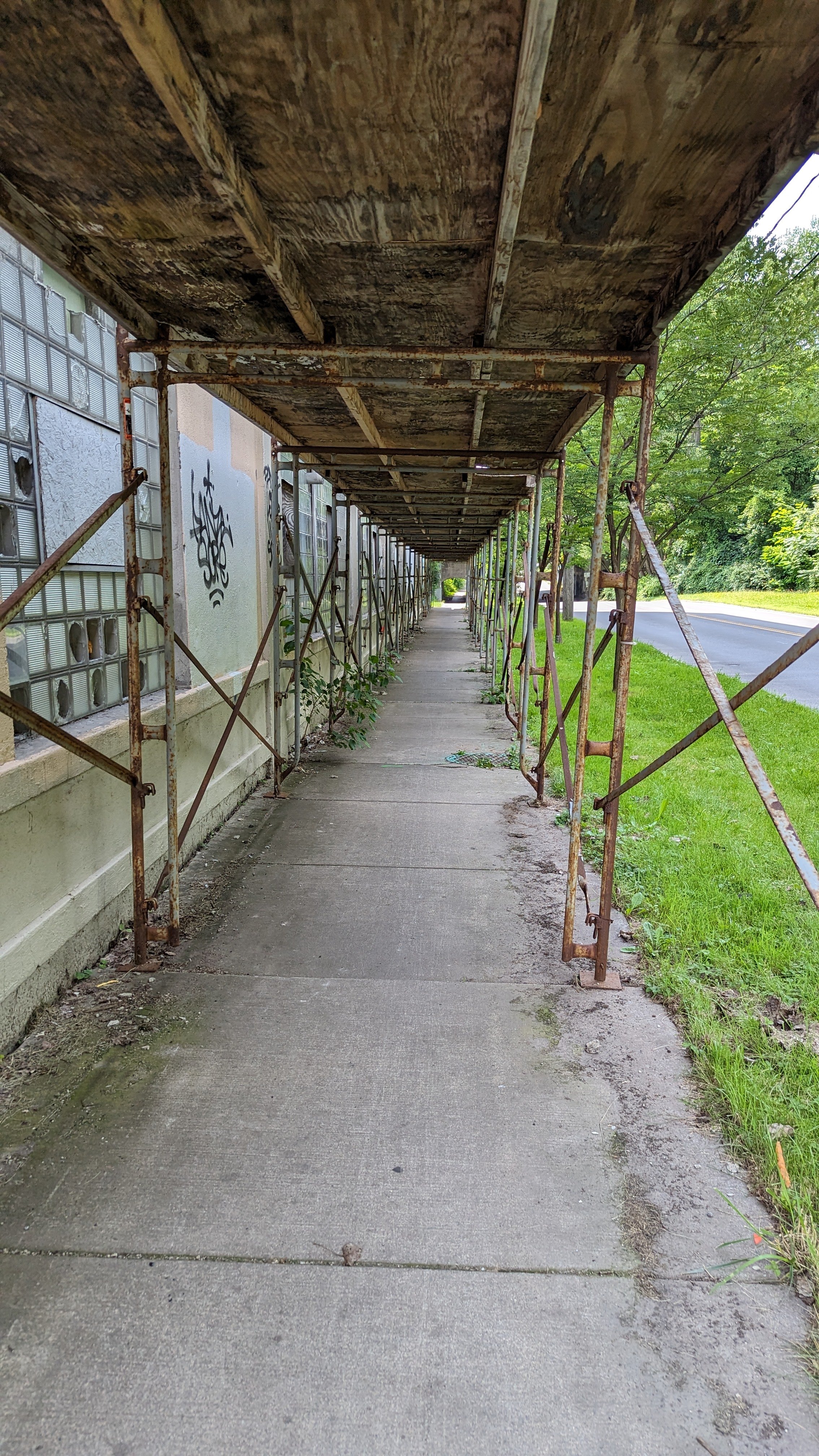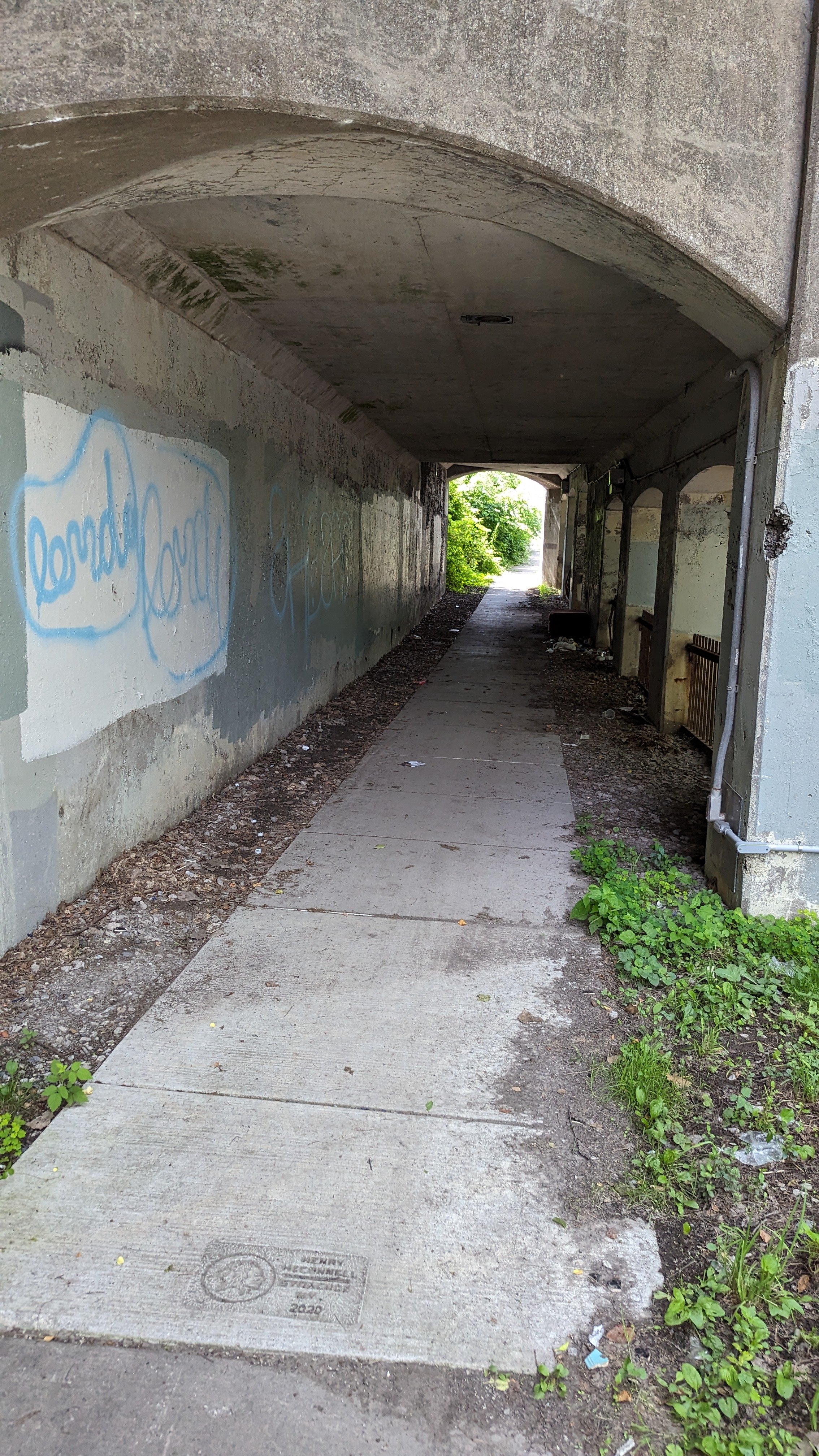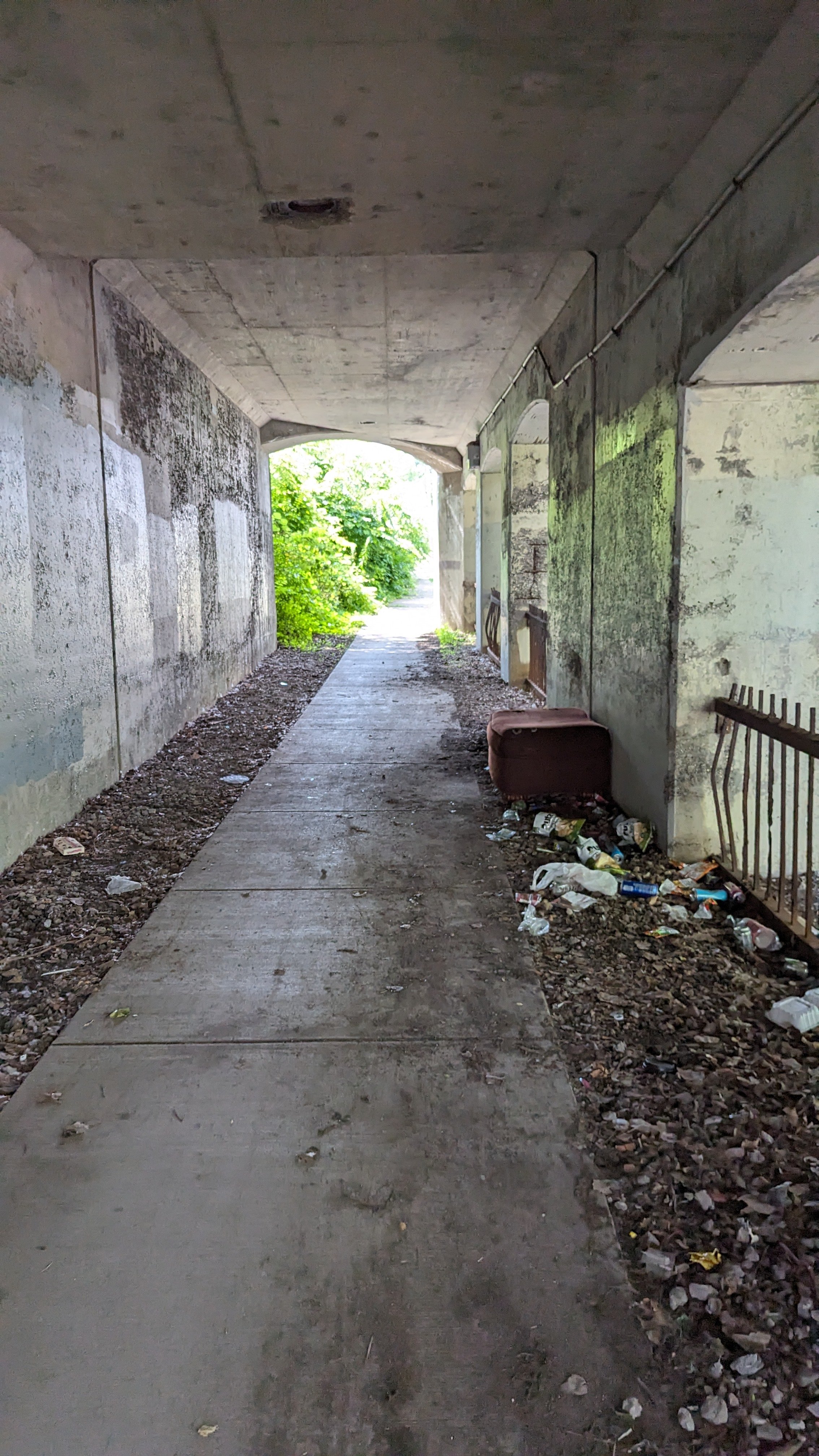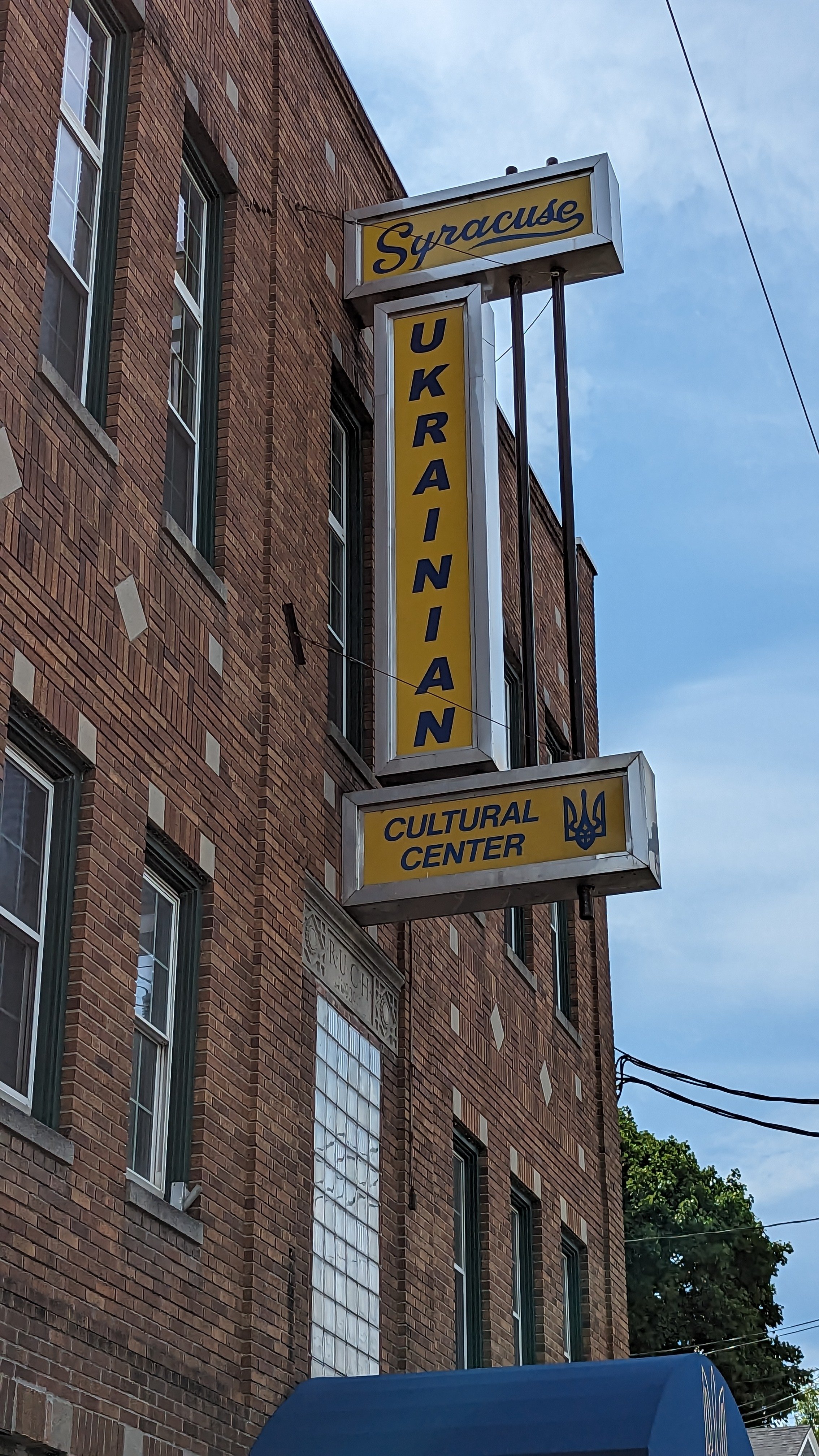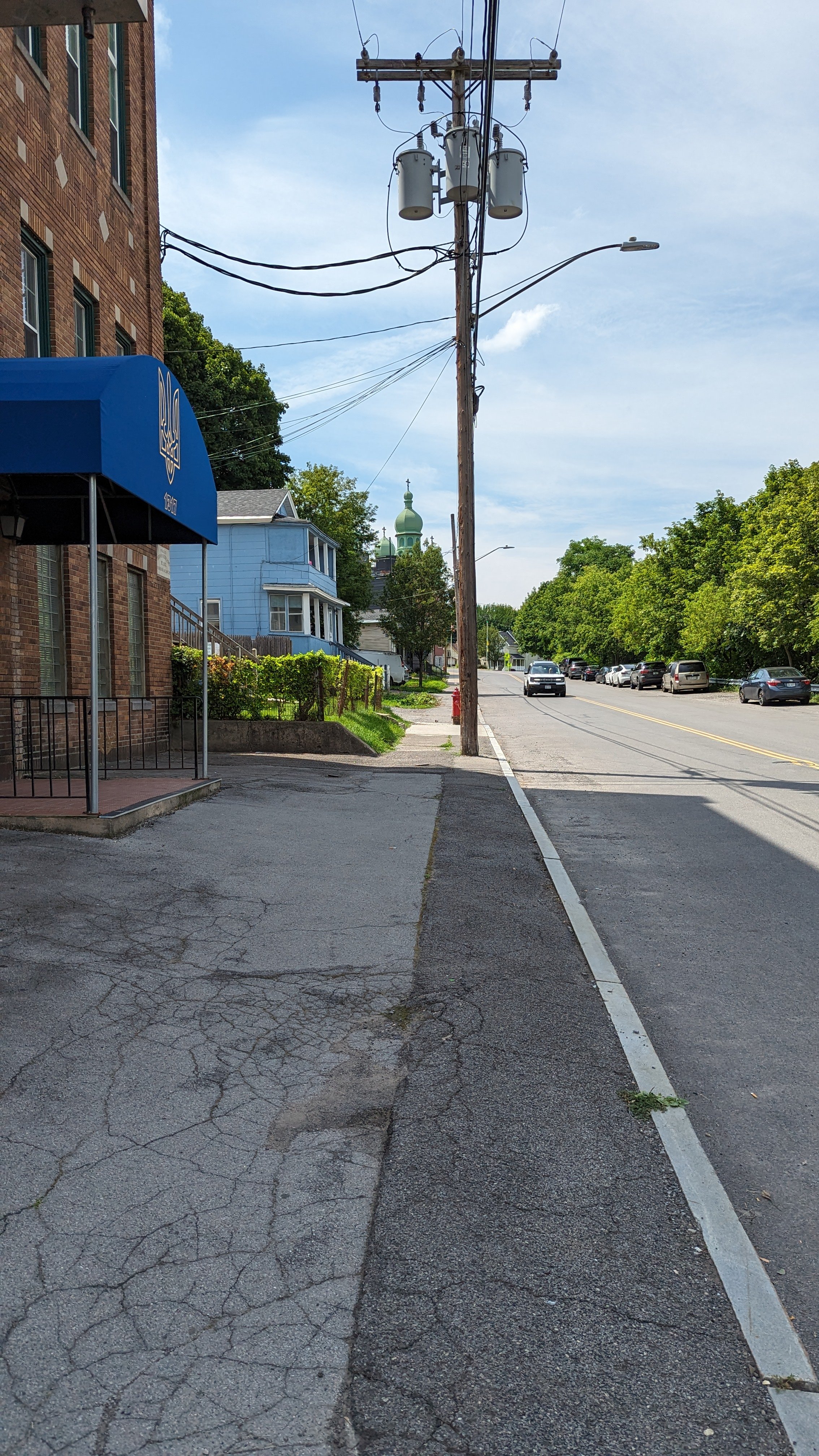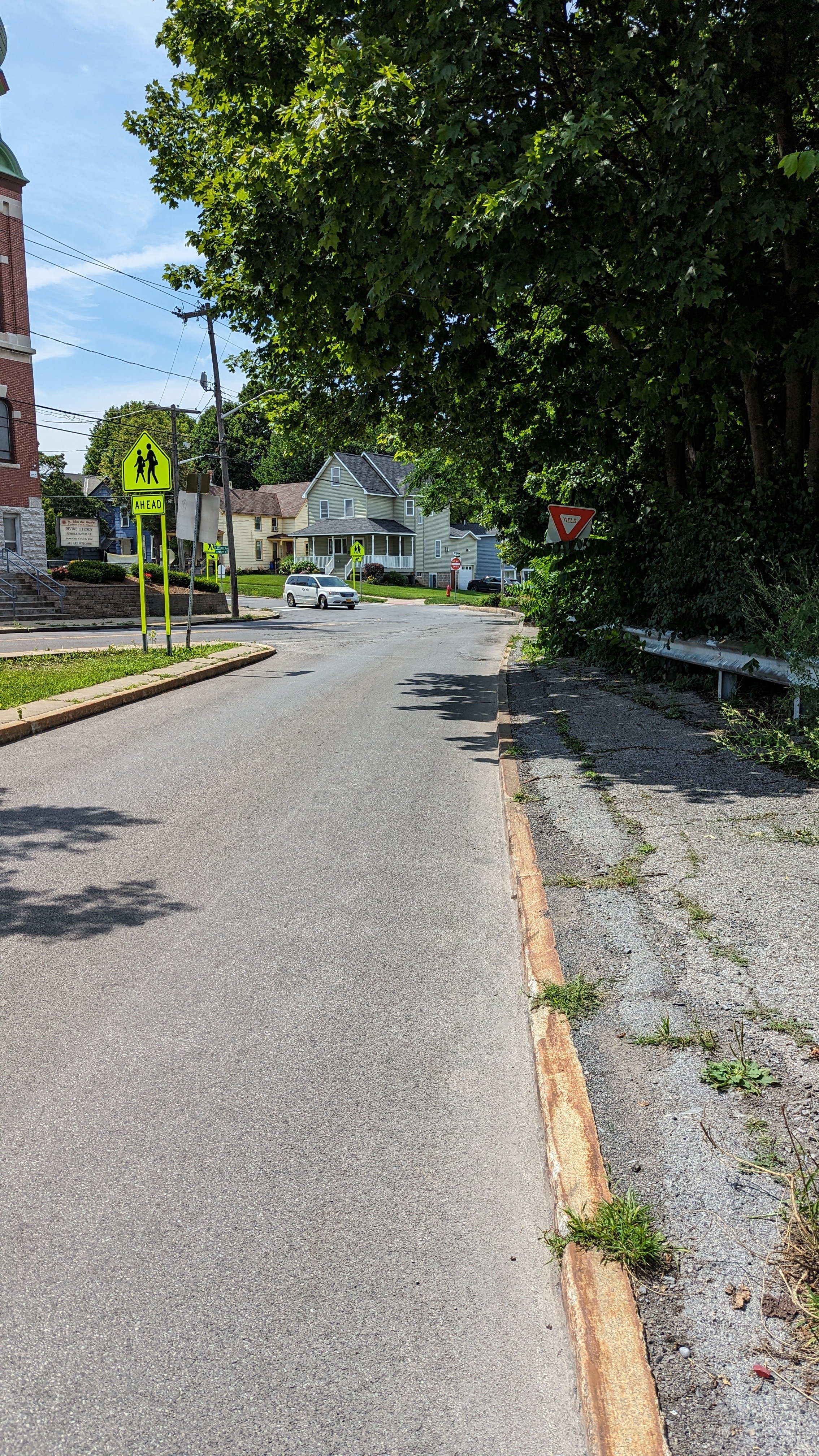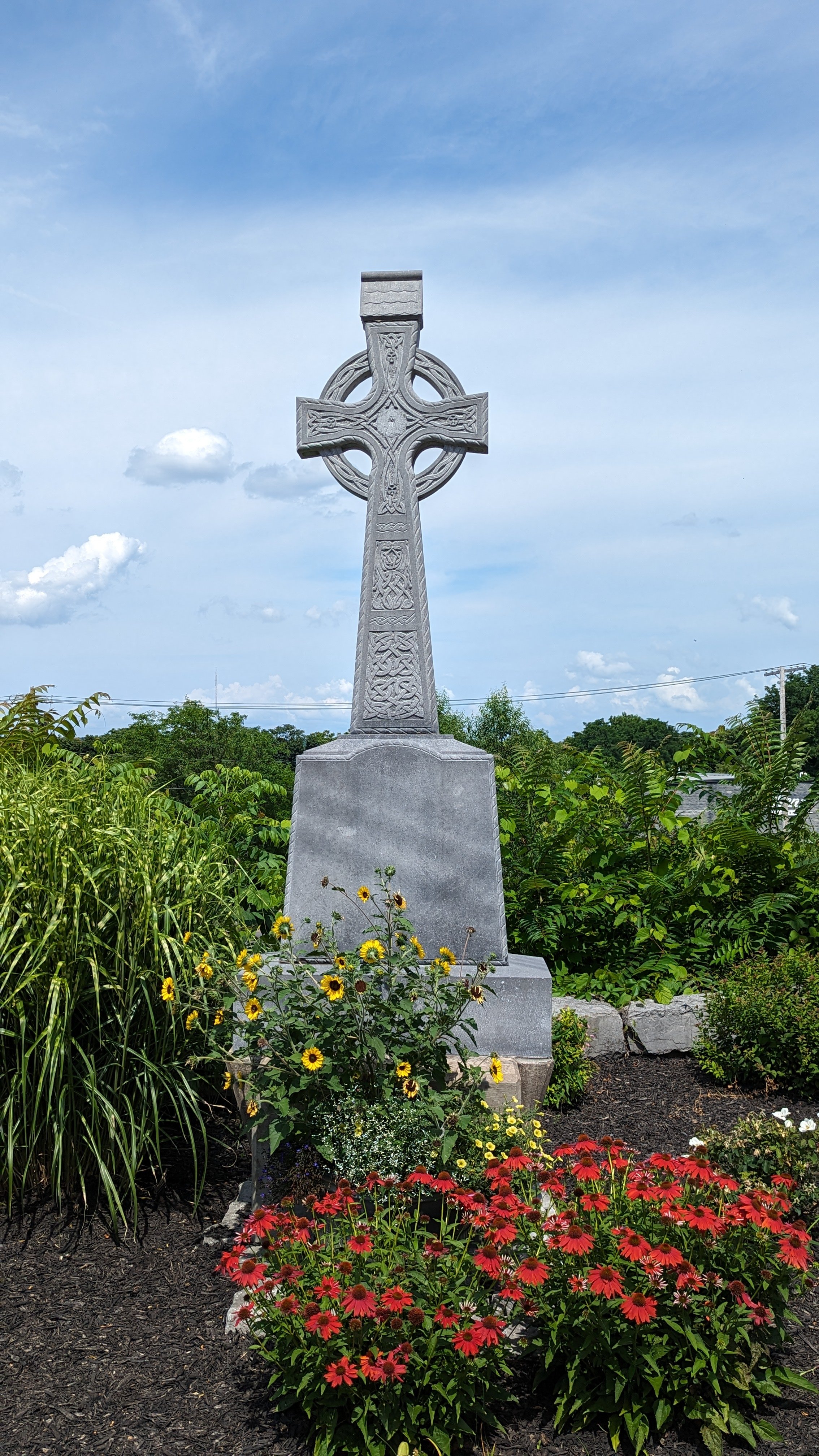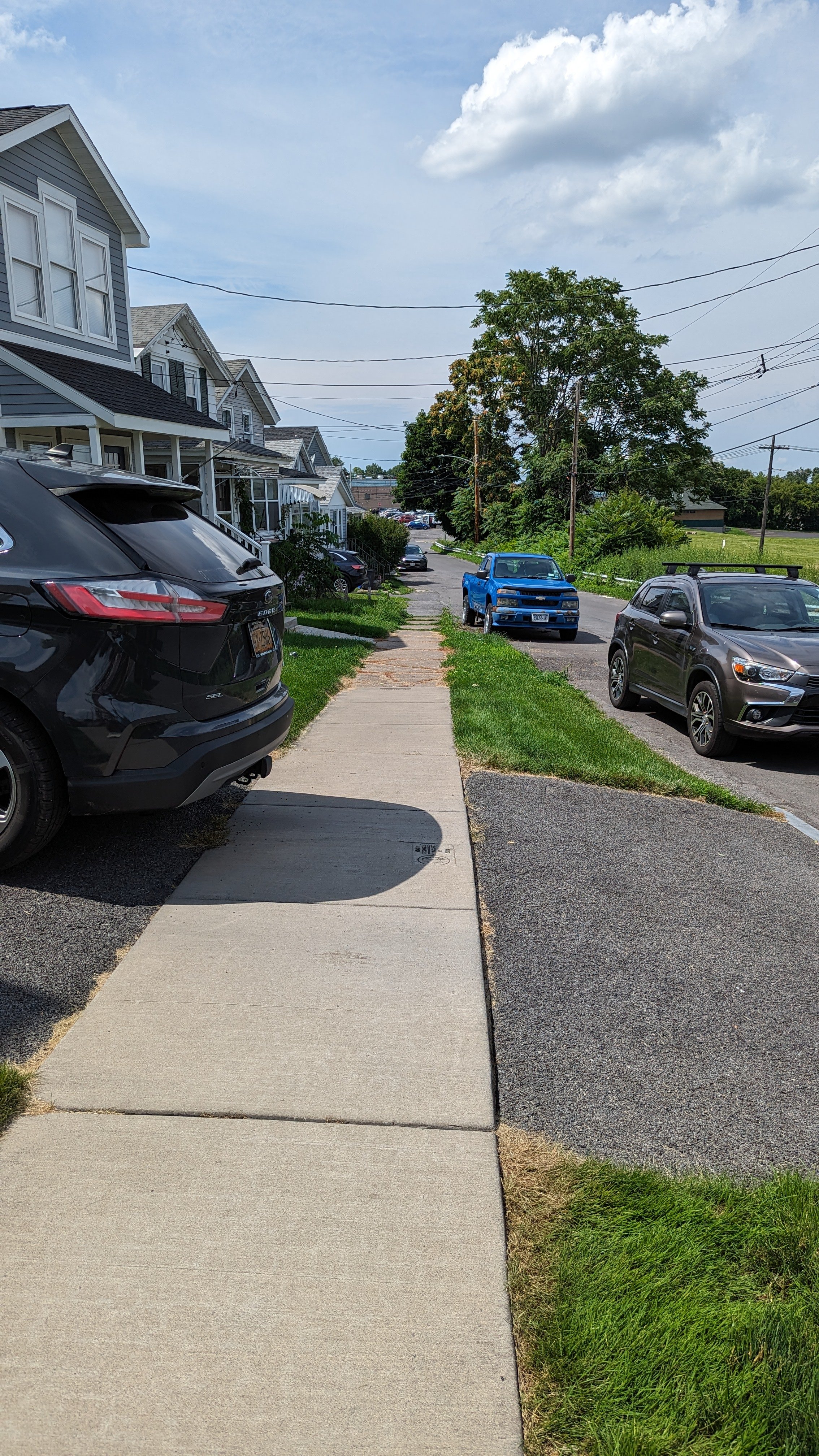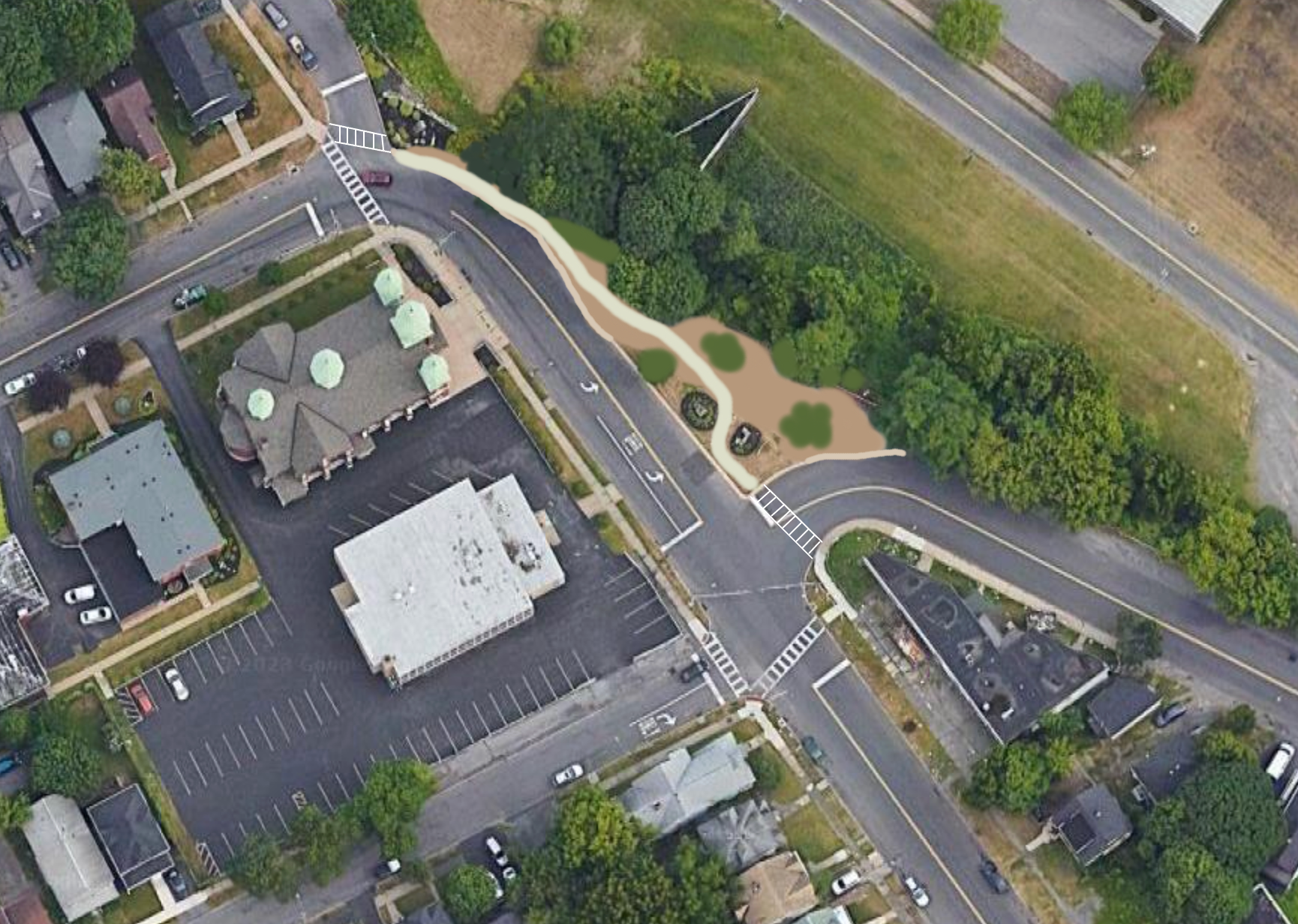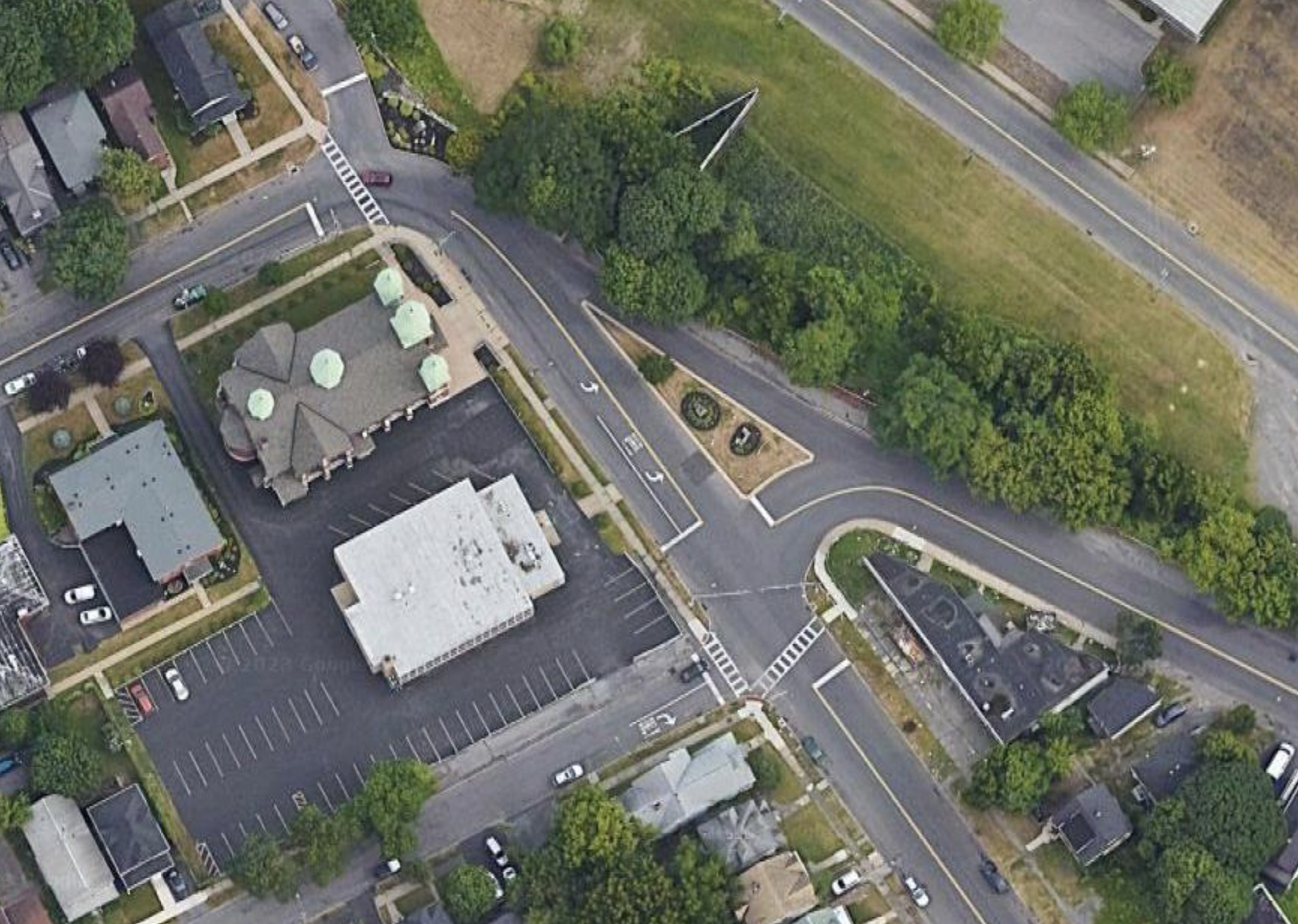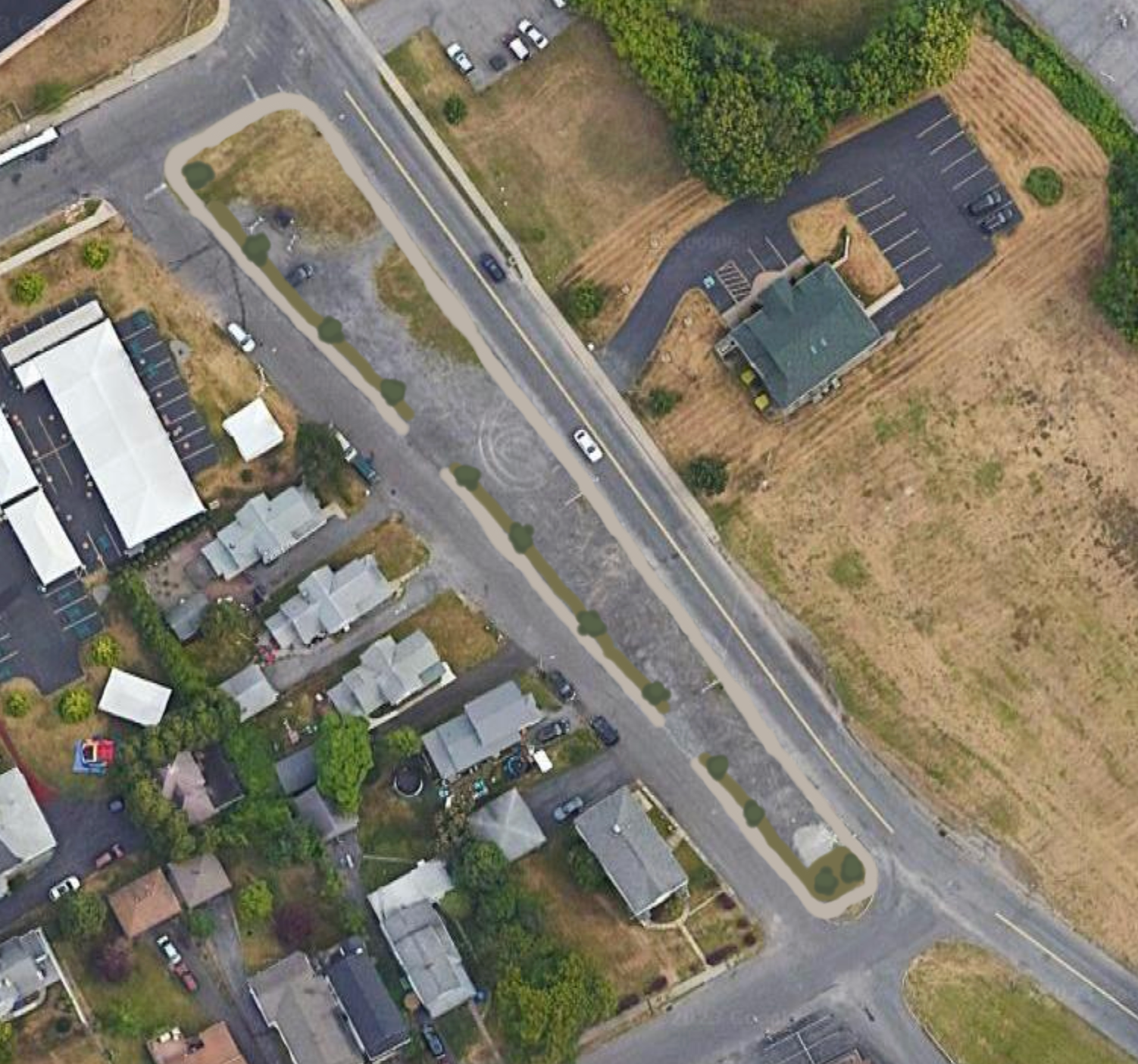A common theme that we hear in recent years is that we are always connected but never truly connecting. Our phones and computers allow us to constantly check in on friends, family, news items, and go down rabbit holes of our own. But it is often lamented that this ultra connection has severed our connection with the here and now.
I agree with this sentiment to a certain extent, especially as someone who struggles to put down their phone throughout the day, and that’s why my interest was sparked on a recent episode of the Ezra Klein Show podcast. The episode, which focused on how to find your own aesthetic taste, took a short detour to talk about going to the movies. In 2024, the movie theatre is one of the last places where being on your phone is frowned upon, and often results in people expressing their displeasure vocally. The importance of this is not the public pressure to stay off your phone, but the result that you are forced to engage fully with the story in front of you, developing your own meanings and takeaways, before you are able to be influenced by outside sources.
Obviously you may be influenced by a review you read or the opinion of a friend before you go. But at the moment, you’re focused on the screen. Developing questions, forming connections, and determining your opinions on the work in front of you. This is why the movie theater is important and why we should find ways to work them back into our urban fabric.
For over 100 years, movies have brought strangers together and the movie theater has been at the center of the action.
Starting out as novelty where crowds famously feared that a train was barreling down on them, the medium quickly became an artful way to tell stories and explore new ideas. By the early 1900s, small neighborhood theaters and nickelodeons (named after the price of entry) were popping up across cities and towns. Due to their limited space and small screens, these first small theaters filled storefronts in neighborhood business districts, playing collections of short films (15-20 minutes typically). By 1908, over 8,000 of these nickelodeons were spread across the US, with many packed to the brim with customers in standing room only conditions.
But soon, these small theaters gave way to larger venues aimed at playing longer films and providing more comfortable settings. In the later 1910s and into the 1920s, larger neighborhood theaters, akin to Syracuse’s still standing Palace Theater, began to anchor their respective urban neighborhoods. When looking at lists of theaters across the City of Syracuse during this time, as provided in Norman O. Keim’s Our Movie Houses: A History of Film & Cinematic Innovation in Central New York, you see this mini movie palaces popping up in each neighborhood, such as the Brighton Theater on S Salina St or the Westcott Cinema on Westcott St.
While these neighborhood gems served their communities as gathering spaces, the true palaces were reserved for urban downtowns.
The RKO Keith’s, the Paramount, and, of course, the Loew’s State Theatre, now known as the Landmark, were grand cinema houses that lined S Salina St in Downtown Syracuse. Their opulence set them apart from all other movie theaters in the region and formed the core of a theater district who’s impact is still felt today.
Movie palaces of this scale allowed the average citizen to escape into a world of royalty for a few hours, as most feature films were accompanied by short films and news reels before the main attraction rolled. Movies were events that allowed you to stay informed and engage with the culture of the day.
Throughout the 30s, 40s, 50s, and 60s, a select few films, often musicals or big budget historical epics, would utilize a promotional technique known as the roadshow. Roadshows would travel the country to these magnificent movie palaces and be presented on the scale of a live performance. Often props, or replicas of props, would follow the film to create buzz around the community. Classics such as the Sound of Music, the Ten Commandments, and Gone with the Wind were all presented in this fashion.
Slowly this elevated place of movies within the culture would fade. The advent of TV in the 1950s, home video in the 1980s, and the swift currents of suburbanization would zap the cultural relevance of the movie theater. Soon, multiplexes, especially in suburban shopping malls, would come to dominate the industry. In Syracuse, many of our neighborhood theaters would close, from the Genesee Theater in Westvale Plaza to Cinema North in Mattydale, or transition out of the business, as the Palace Theater in Eastwood has. Movie going habits would continue to shift and the experience would become more common place and less of a to-do. In many ways, this is a positive, as more and more people were able to take part, but the importance of the theater in our lives would diminish as it would become buried the commercial landscape.
This decline would accelerate even further over the last several years as TV screens have grown larger, streaming services have taken over, and our attention spans have dwindled. When I talk to friends about going to the movies, often they’ll opt to wait for the movie to come out on streaming so they can watch it at home. They’ll complain about the cost, the uncomfortable seats, the unwillingness to travel to the mall (or fear of the mall as some unfortunately feel), or the belief that their TV is a good substitute.
So why do I bring this up? Movie theaters still exist. Even in Syracuse we still have a few options (Regal, Movie Tavern, the Manlius Cinema, and the Hollywood). Why should we care about movie theaters? And how does this relate to our urban fabric?
We will never go back to the golden age of cinema, and it probably is not desirable to. While going to the movies was an event, it wasn’t always accessible to everyone, and it still isn’t. Multiplexes, like Regal and Movie Tavern, allow people to see a far wider variety of movies than the single screen theaters of the past allowed, and streaming allows for even more variety.
While our viewing habits may have changed permanently, we should still celebrate the moments we are able to gather together as a community and have a collective experience. We should be given moments where we are fully engaged in a cultural event that we not only shape our own views on without constant distractions, but also connect with others as they do the same.
The legacy theaters, such as the Manlius Cinema and Palace Theater, should be preserved and encouraged to keep working as movie theaters. They should be encouraged to curate content that is distinct from the multiplexes and provide experiences typically only available in larger cities. We should encourage the development of other neighborhood theaters that tie into local coffee shops, restaurants, bars, etc. The Little Theater in Rochester is a prime example of a local theater acting as its own center of gravity to benefit the community around it.
For our former cinema palaces, such as the Landmark Theatre, explore opportunities to revisit their legacies of hosting roadshows. While many have been converted to handle traveling Broadway shows, which has seen tremendous success, there are opportunities to re engage with their cinematic histories. Schedule special screenings of movie musicals or grand epics, both new and old. Host film festivals, including for local student filmmakers, providing them an opportunity to see their work in a unique venue.
In the end, this is really just a call for each of us to find new, or old, ways to engage, as any good city should allow you to do. Our best urban spaces and experiences will give you a reason to disconnect from your devices and embrace a shared experience. But for now, maybe let’s just start by seeing a movie. And don’t forget the popcorn.

